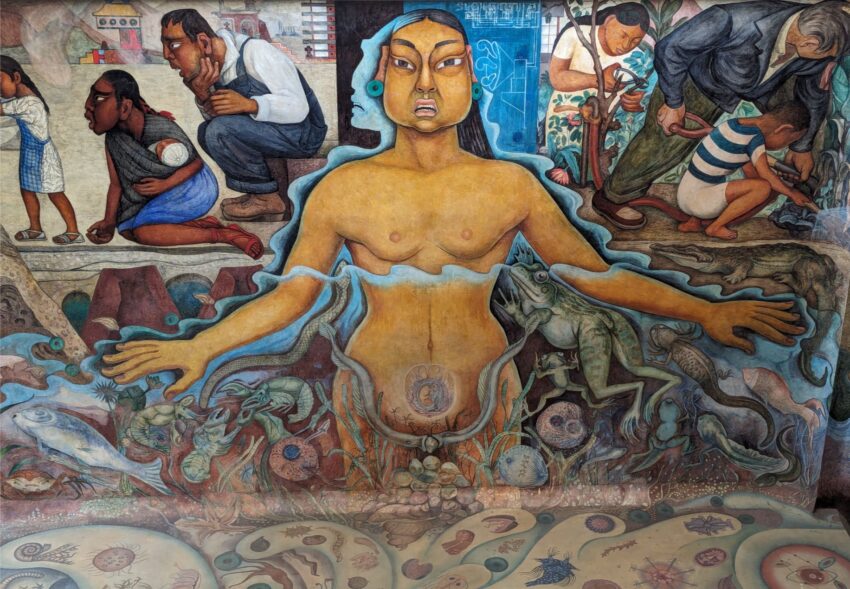
Wrapping Up One Month in Mexico City (Mexico)
Good lord, our month in Mexico City has absolutely flown by!
And we admit to having been terrible about blogging during our time here.
There has been so much to do and see. Not to mention that we’ve been reconnecting with people that we know here. So we haven’t had much quiet time to sit down and write! And on top of all of that, we sometimes get too tired when our days involve walking 10 or 15 miles, on top of our normal exercise routine.
But we loved our month in Mexico City. There is so much to do and see here, and if you stay away from the expensive restaurants, Mexico City has proven itself to be surprisingly affordable.
So in one mega-post, we’ll do our best to summarize our time here. You might be surprised at how much we’ve done without busting our budget!
Visiting Good Friends
A big motivating factor for us visiting Mexico City (and Mexico in general) was that we have two old friends from our school and professional days who live here! Patricia and Carmen are both trained ecotoxicologists who have made careers in Mexico City, teaching and doing research in different capacities over the last thirty years.
We usually met up with each of them weekly – sometimes over coffee, sometimes over lunch or dinner, and sometimes on more extended day trip outings.
It was great catching up with them!
And we also reunited with our United States digital nomad friend, Ashley, who we met in San Cristobal de las Casas. It was great catching up with her, comparing travel notes, and exchanging ideas!

Hopefully, we’ll be able to see her again when we pass through Europe, which is her professional home base. Fingers crossed!
Exploring Nature In The City
As counterintuitive as this seems, there are ways to “get back to nature” inside Mexico City.
Granted, you may never be too far from busy streets and the like. But we were surprised by how easy it was to get into green spaces where there is the illusion of a more rural environment.
Parks abound here, and sometimes they are so large that you forget that you are in one of the world’s largest cities.
Two of our more memorable ways of doing this were by walking the Canal Nacional and Cienega Grande trails and visiting the Cuicuilco Archaeological Zone, both of which are free and easily accessible by the Metro System.
Canal Nacional and Cienega Grande
The Canal Nacional and Cienega Grande areas of Mexico City were wetland reclamation projects designed to help the locals of the area reconnect with nature. And trails take you through the heart of these areas, with some nice visual payoff.
The trailhead of our 5.4-mile trail route is easily accessed from Culhuacán Metro station on Linea 12. And at the end of our route, we were close to Lomas Estrella Metro station on Linea 12.
So getting to and from this area was easy using just public transportation.
We saw many pretty views and cool street art along our route and would recommend it to anyone looking to decompress from the big city.
Here are a few pictures from our hike.



If we were to do it all over again, we wouldn’t have gone on a Monday.
Parque Ecologico de Cuemanco at the southern end was closed (as many are on Monday), which forced us to walk around its southern border along a very busy road. There was a wide sidewalk, but the road was really busy and the noise was oppressive. Instead, we would have rather avoided the road completely by walking through the park’s green space to get to the eastern side!
Cuicuilco Archaeological Zone
A hidden gem in Mexico City, we were amazed that we were the only obvious tourists visiting the Cuicuilco Archaeological Zone. But clearly, this location was known by the locals!
An important site during the Late Precassic period in Mesoamerican history, it was destroyed after the eruption of Volcan Xitle sometime between 245 and 315 CE.
The Cuicuilco pyramid found at the site is considered one of the oldest pyramids in the world, dating back to the Late Preclassic period, around 1000 BCE. It is believed to have been built as a ceremonial center, with a large plaza and several smaller structures associated with agricultural activities.
Free to enter, this modest archaeological zone features a central pyramid (that you can climb), remnant ruins, a small museum, and a nice little trail system. It is a great place to relax, picnic in the shade, enjoy nature, and take in the history of the area.
And it is really easy to access by Metro Bus at the Villa Olimpica station.
We explored this park thoroughly in a couple of hours and enjoyed our time here. Here are some pictures from our visit.



It was a beautiful place to get away from the hustle and bustle of the city for a little while. We highly recommend visiting this site if you have visited most of Mexico City’s other greatest hits and are looking for something new to see.
Sites like this make me thankful that we are slow travelers. We usually have plenty of time to check out hidden gems like this in any area we visit.
Bosque de Chapultepec
We could have easily mentioned Bosque de Chapultepec in the previous section, but it is so big and diverse that it deserves its own consideration.
Twice the size of Central Park in New York City, this massive green space (made up of three sections) was the historic site of the palace of Maximilian I, archduke of Austria and emperor of Mexico. In addition, the park contains numerous museums, a zoo, a botanical garden, street food stalls, miles of walking trails, and green spaces galore.
There was so much to do here that we made multiple-day trips, each of which filled up an entire morning and early afternoon. It was a great place to spend time.
Here is a sampling of many of the things we did.
Enjoying The Festival del Bosque
Soon after arriving in Mexico City, we were quickly reminded about festival culture in Mexico.
In this case, we arrived in the middle of the annual Festival del Bosque, this year featuring the natural history of bats (= murciélagos)!
And as former field biologists, we just couldn’t resist checking it out. But since this festival took place during the Holy Week vacation period, 2 million people were also expected to visit!
All sorts of events were going on in the park. But we focused on hunting down all of the giant bat statues that were specifically made for the event. It forced us to explore the ENTIRE park and, 15 miles later, we were successful.
Here are some of our favorite pictures.
Taking A Train Ride
Bosque de Chapultepec is so big that getting around the park can be a challenge for some. So to increase the public’s ability to enjoy the park, they offer a “train” that follows a predictable route throughout the most heavily trafficked sections.
It’s a great idea for families with small children to allow them to visit the zoo, botanical garden, museums, or more distant green spaces, without overly fatiguing people.
As an added perk, there is an audio guide played over a loudspeaker (in Spanish) that explains the history of the areas you are passing through.
At $40 MEX ($2.33 USD) for an all-day pick-up/drop-off adult ticket, we just had to give it a try before we left!
It was a fun way to check out some of the more distant areas that we had missed in our earlier visits.
Visiting Zoológico de Chapultepec
We met up with our local friend Carmen one weekday morning to check out Zoológico de Chapultepec, a “freemium” zoo located deep in the initial section of Bosque de Chapultepec.
We say “freemium” because the main zoo is free, but more specialized sections cost a fee to enter. In our case, we also wanted to visit the mariposario (= butterfly garden) and herpetario (= reptile and amphibian exhibit), and at $149 MEX ($8.68 USD) per person, we were happy to pay the extra.
Honestly, we weren’t expecting much at this zoo. Free public zoos in the public parks of Mexico are nice for what they are but are hardly world-class.
This was an exception.
Zoológico de Chapultepec was easily one of the best zoos we have ever visited, and that opinion was based on just the free sections!
Don’t get us wrong, the paid sections were very nice and all. But they were in no way essential viewing in the zoo for a person to have a great experience.
The enclosures were well designed for the needs of the animals, allowed for many unobstructed photos, were extremely clean, and were just very aesthetically pleasing.
Bottom line, this was a top-notch facility and we all had a wonderful time in the four hours we were there. And the cherry on top of this experience was that we had the entire zoo to ourselves when we arrived at 9 am on a Friday. And it never really got very crowded by the time we left at 1 pm.
Here are some scenes from our day at the zoo.
Exploring Jardín Botánico del Bosque de Chapultepec
Much smaller than Zoológico de Chapultepec (but equally free), Jardín Botánico del Bosque de Chapultepec was a nice diversion from the more crowded sections of the park.
Featuring well-landscaped horticultural installations and an orchid greenhouse, this was a nice hour-long diversion when we were first exploring Bosque de Chapultepec.
It was definitely worth checking out.
Visiting Chapultepec Castle
Situated at the highest point in Bosque de Chapultepec, Chapultepec Castle was one of the last places in the park we visited.
And it punched well above the weight class of our expectations.
Functioning as a national history museum, a showcase of the palace of Emporer Maximilian I, and an art museum we didn’t know what to expect of this place.
We were unprepared to discover that Chapultepec Castle is an opulent European-style palace, which makes perfect sense considering the Austrian heritage of Emporer Maximilian I.

The palace and grounds were quite large and took us 2 – 3 hours to explore fully. And for $95 MEX ($5.54 USD) per person, we thought it was well worth the entry fee.
It was a great visit!
Kayaking the Xochimilco Canals – During The Eclipse!
Soon after we arrived, our friend Paricia suggested that we all head down to Xochimilco to kayak the ancient canals during the partial eclipse on April 8.
Needless to say, we were game!
The canals were built by the Aztecs and are a remnant of the ancient city of Tenochtitlán. The canal system is approximately 170 km² in area and is home to a variety of interesting flora and fauna. The canals are now a popular tourist attraction and a symbol of Xochimilco’s history and culture.
We all booked a tour with Kayak Xochimilco ($300 MEX/$18.34 USD per person) and headed down to enjoy the sights, as well as the eclipse!

Exploring Centro Historico
Soon after we arrived in Mexico City we took a “free” walking tour of the Centro Historico area and got ourselves oriented. There is a high density of things to do, and we came back several times to check out the parks, museums, street food, and overall vibe.
Here are some photos from some of our more casual visits to Centro Historico.






Our Favorite Archaeological Museums
Long-time readers of our blog know that we are huge archaeology buffs. And Mexico City does not disappoint when it comes to archaeology museums!
The only other archaeology-based Latin American museum we have visited that could rival those found in Mexico City is Museo Larco in Lima, Peru, and that is saying something.
That said, the museums in Mexico City still probably win the day due to their sheer size.
And in this case, the museums we loved the most were Museo Templo Mayor and Museo Nacional de Antropología.
Museo Templo Mayor
This museum was completely off our radar, to be honest. But our Centro Historico tour guide strongly encouraged us to visit it, and the fact that you could see much of the pyramid and surrounding Archaeological Zone ruins from the city streets made it an easy sell!
Templo Mayor is a significant archaeological site in Mexico City and a testament to the rich cultural heritage of the Aztec civilization. Dedicated to the gods Huitzilopochtli and Tlaloc, Templo Mayor was built in the 14th century, around 1325 CE, and was the center of the Aztec capital, Tenochtitlán.
The temple was destroyed by the Spanish conquistadors in 1521 CE, and its ruins were later buried under colonial-era buildings. Excavations began in the 1970s, and the site was officially opened as a museum in 1987.
The museum displays Aztec artifacts found during the excavation of this site and gives you close access to the ruins in the adjacent archaeological zone. At $95 MEX ($5.54 USD) per person to get in, the museum was surprisingly large and was filled to the brim with cool stuff! It took us a good 2 or 3 hours to explore the site to our satisfaction.
Here are some of our favorite photos from the site.


Museo Nacional de Antropología
As impressive as Museo Templo Mayor was, it still pales in comparison to Museo Nacional de Antropología.
Situated in Bosque de Chapultepec, Museo Nacional de Antropología is the largest and most visited museum in the country. So there is a good chance you may have heard of it!
The museum contains significant archaeological and anthropological artifacts from Mexico’s pre-Columbian heritage, including the Stone of the Sun (or the Aztec calendar stone) and the Aztec Xochipilli statue.
The museum has 23 permanent exhibit halls and showcases artifacts from Mexico’s pre-Columbian era, dating from about 100 B.C. to A.D. 1521. Some of the notable exhibits include the Aztec Calendar Stone, the ancient statue of Xochipilli, and the recreation of Pakal’s tomb in the Maya exhibit room.
We arrived at the museum at 9 am on a weekday to minimize crowding in front of the exhibits, and this was one of our better ideas.
And we can’t emphasize enough how big this museum is. Each major pre-Colombian culture in Mexico had its own wing, filled with artifacts. It took us 4 hours to explore the place, and toward the end, we were rushing things a bit because our feet were so tired!
Well worth the $95 MEX ($5.54 USD) per person entry fee.
Here are some of our favorite pictures. They really don’t do the museum justice.
A Sampling Of Art Museums
We probably aren’t the best people to take advice from about art museums.
Our tastes are extremely picky, and more than any other type of museum we tend to be overly critical of how much we pay for the experience we get. Meaning, that unless the museums feature art styles we prefer, or have cheap ticket prices, we often just avoid them completely.
Case in point – the modestly sized Frida Kahlo Museum features the works of Frida Kahlo, the most famous (and commercialized) artist in all of Mexico. We like her work and wouldn’t have minded seeing the museum, but at $320 MEX ($18.65 USD) per ticket, we took a hard pass.
That said, art museums with international reputations usually deliver for us. But anything else is going to be a crap shoot as to whether we will enjoy ourselves.
Despite all of this, we took a chance on a couple of museums – the University Museum of Contemporary Art (MUAC) and Palacio de Bellas Artes.
University Museum of Contemporary Art (MUAC)
We were in the area when we decided to check out the University Museum of Contemporary Art (MUAC). We had just finished exploring the nearby Cuicuilco Archaeological Zone and figured we’d check out a few more things in the area before heading home.
Normally the MUAC would be a bit of a hard sell because the whole contemporary/modern art scene does nothing for us.
But at $40 MEX ($2.33 USD) per person to get in, we figured that the cheap entry fee earned this museum a chance to change our minds about modern art.
Nope.
That said, the museum was large, contained a large number of diverse, well-arranged exhibits, and provided great value for the dollar for sure. If you like modern art.
It wasn’t for us though.
There were a couple of works I liked, although Rhonda was far less forgiving.
Perhaps we are just dense when it comes to this sort of thing.
Museo del Palacio de Bellas Artes
We figured we’d have better luck with the Museo del Palacio de Bellas Artes.
Palacio de Bellas Artes (= the Palace of Fine Arts) is known for its stunning Art Nouveau and Art Deco architecture, and its interior is decorated with works of art by famous Mexican artists. Palacio de Bellas Artes is not only a beautiful building, but it is also a significant cultural institution in Mexico. It hosts various events and exhibitions throughout the year, including performances, literature events, and art exhibitions.
The palace is home to the Museo del Palacio de Bellas Artes, which features a collection of murals by some of Mexico’s most famous muralists, including Diego Rivera, David Alfaro Siqueiros, and José Clemente Orozco.
The building was constructed in the 1930s and was designed by architect Federico E. Mariscal. It was originally intended to be a theater, but it was later converted into a cultural center and museum. The palace has undergone several renovations and restorations over the years, and it continues to be an important part of Mexico’s cultural heritage.
You can’t help but be impressed when you approach the building. They certainly don’t make them like this anymore! Based on the building alone we assumed that the collection of art within would justify the $95 MEX ($5.54 USD) per person entry fee.
Maybe.
Don’t get us wrong, the murals were fantastic! And the building’s interior was a spectacle to behold.
However, the majority of the exhibits in the gallery halls were small, featuring interpretive photography (or video art) with mixed results for us.
That said, there were pieces we really liked.

But most of all we were surprised by how small the overall collection was! We burned through the museum in under 1 hour easily.
Compared to other national attractions with a $95 MEX entrance fee (like Teotihuacán!), the Museo del Palacio de Bellas Artes simply didn’t hold up. Granted, $95 MEX isn’t a fortune, but you were left wanting more compared to other things we have seen.
I told you we were hypercritical about art-related things! We probably just have bad taste.
Teotihuacán
Teotihuacán probably needs no introduction, but I’ll give you one anyway.
Teotihuacán is an ancient Mesoamerican city located about 40 kilometers northeast of Mexico City. It is one of the largest and most important archaeological sites in Mexico, and it is considered a UNESCO World Heritage Site.
The city was built between the 1st and 7th centuries AD, and it was the capital of the Teotihuacano civilization. At its peak, the city was home to a population of around 125,000 to 200,000 people, making it one of the largest cities in the world at the time.
Teotihuacán is known for its impressive architecture, including the Pyramid of the Sun, the Pyramid of the Moon, and the Temple of Quetzalcoatl. The city’s architecture is characterized by its use of stone and earth, with buildings constructed using a combination of stone, adobe, and stucco.
The city was also known for its advanced engineering and urban planning, with a sophisticated system of canals, aqueducts, and roads. The city’s layout was designed to reflect the city’s spiritual and cosmological beliefs, with the pyramids and temples aligned with the movements of the sun and the stars.
Teotihuacán was a major cultural and commercial center, with trade networks extending throughout Mesoamerica. The city was also a center of learning and spirituality, with a strong emphasis on astronomy, mathematics, and medicine.
And today, Teotihuacán is considered one of the most important archaeological sites in all of Mexico!
At $95 MEX ($5.54 USD) per person to get in, Teotihuacán is an absolute bargain!
And of course, we got to Teotihuacán the cheapest way possible.
First, we took the Metro to the Autobuses del Norte Bus Station, found next to the Autobuses del Norte Metro Station off Linea 5.
We entered the bus station entrance and immediately went left, heading toward the Sala 8 gate. Next to the Sala 8 gate is a bus company selling round-trip tickets to Teotihuacán, at $136 MEX ($7.95 USD) per person.
Buses leave from Sala 8 every 10 minutes or so, so we weren’t worried about getting a ride. And finding the bus was easy since it had “Teotihuacán” and “Pyramides” written on it.
The bus ride to Teotihuacán was about 1 hour and dropped us off at Puerta 2, which is in front of the main entrance to the Teotihuacán Archaeological Zone.
To return to Mexico City, we just waited here for a return bus from the same company that brought us to Teotihuacán. They return every 10 minutes, more or less.
We planned our trip to Teotihuacán so we would get there on a weekday morning at 8 am, when the site opened. That way we would beat the crowds and the heat!
For much of the 4 hours we spent exploring this HUGE site, we had the place largely to ourselves. The crowds weren’t that bad, even when we left at around 1 pm.
But sadly, they don’t let you climb the pyramids anymore. 🙁
Here are some of our favorite photos, but they are only a tiny sample of what you can see. There is even a museum and botanical garden on site!

Closing Thoughts On Our Month In Mexico City
What a great city!
Mexico City has just as much to offer as any of the other great cities of the world. And we just touched the tip of the iceberg. We were so surprised by how much we enjoyed our time here, as well as by how easy it was to live an entertaining slow travel life.
Truly, I think it would be impossible to get bored here!
Needless to say, time with friends was the special sauce during our stay. But even still, it was obvious why so many people enjoy living in Mexico City.
I’m pretty sure we will be returning someday. 🙂
By the time this blog post is published, we will likely be on our way to our first non-Latin America slow-travel destination – Spain. Two months of country living in Taboada (in the Galicia region) may be quite a transition from what we have gotten used to over the last couple of years, but we are looking forward to it.
It will be nice to get back to our pre-slow travel roots for a spell!
Until next time…
Thanks for reading!
If our posts have saved you time, money, or are enjoyable in some other way, BUY US A COFFEE! It helps cover the costs of our blog, keeps our blog ad-free, and motivates us to continue posting about our experiences.
And leave a comment below and subscribe to get email notifications whenever we post!
Follow Two Travel Turtles on Facebook and X.
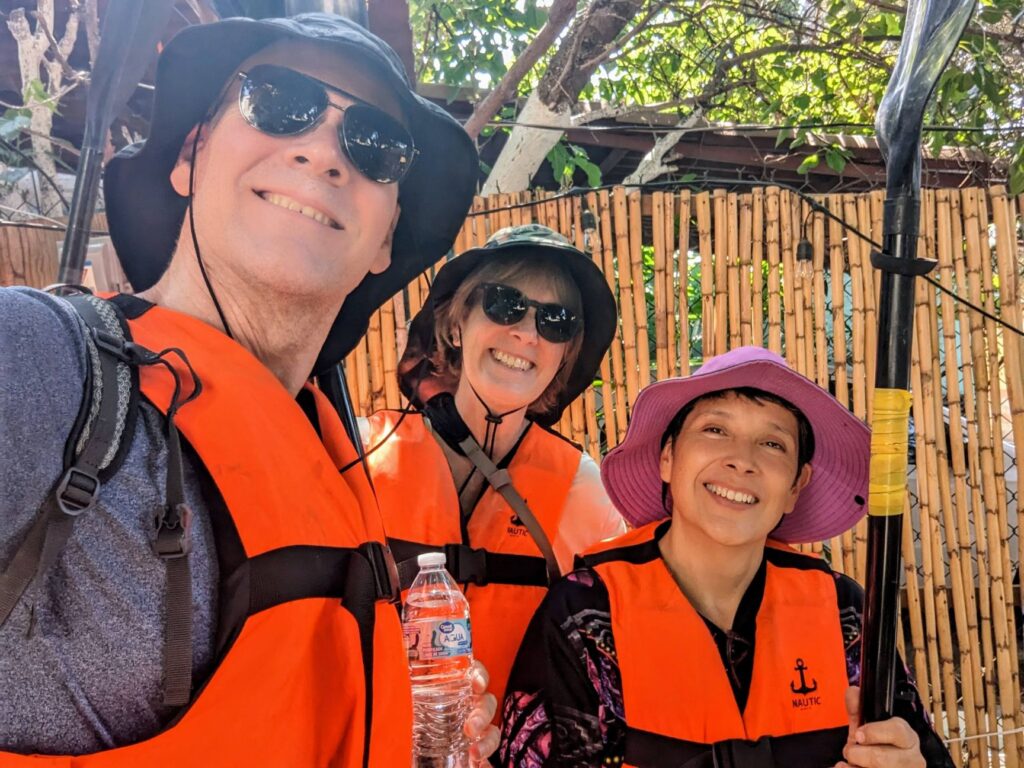
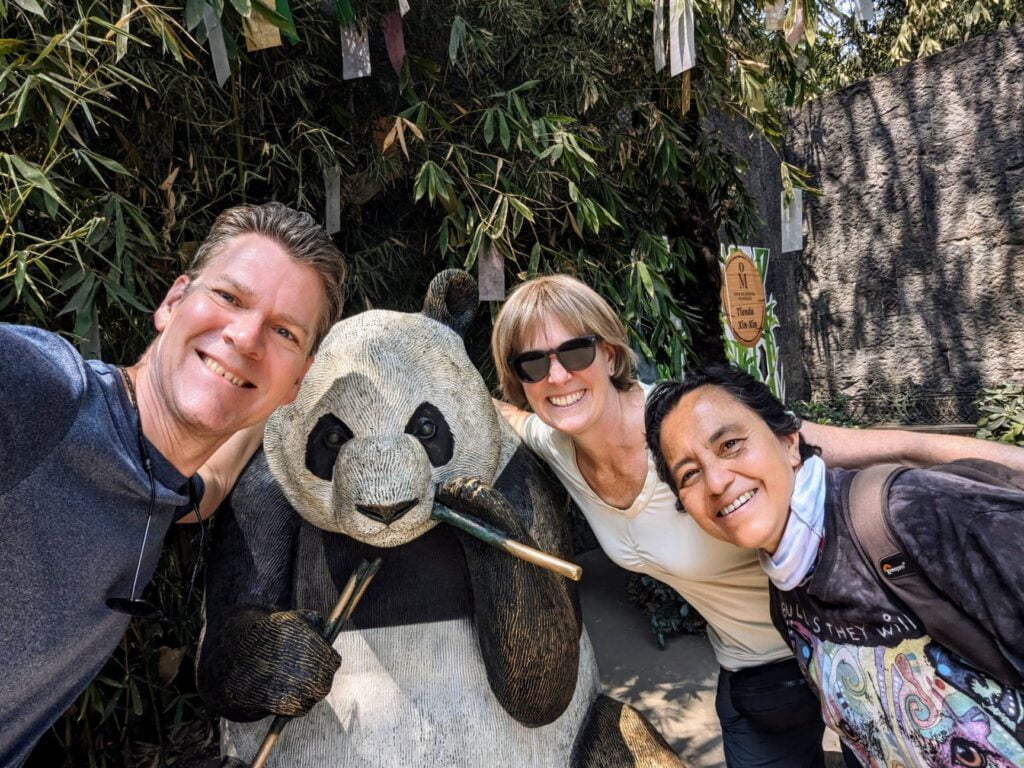
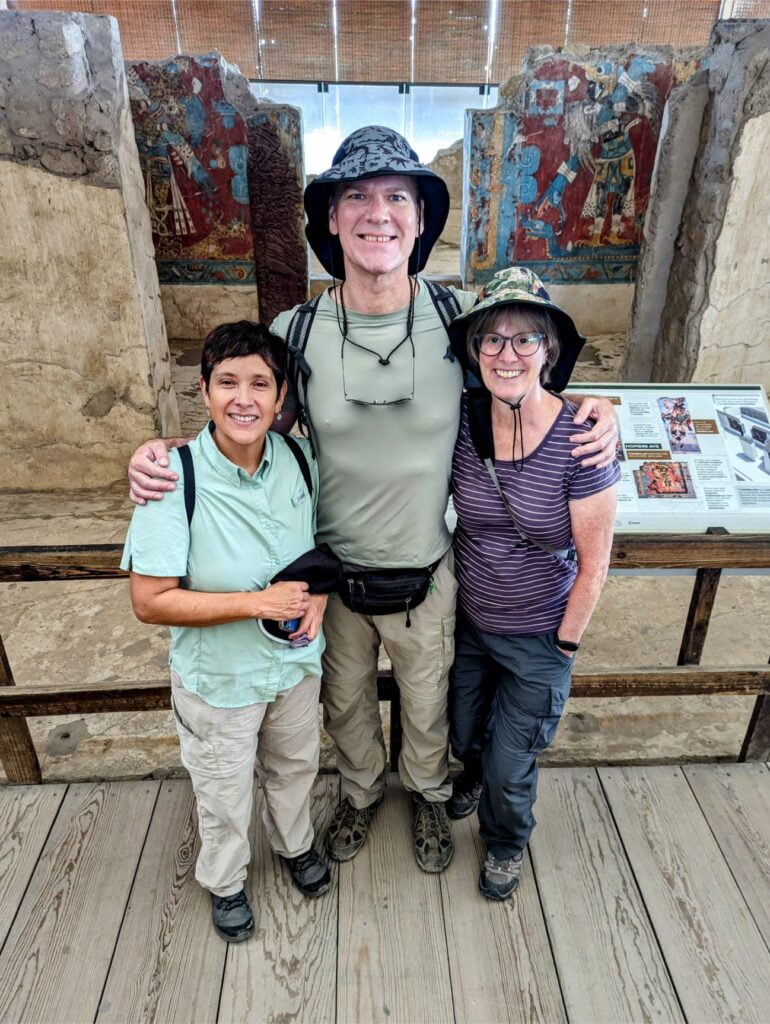
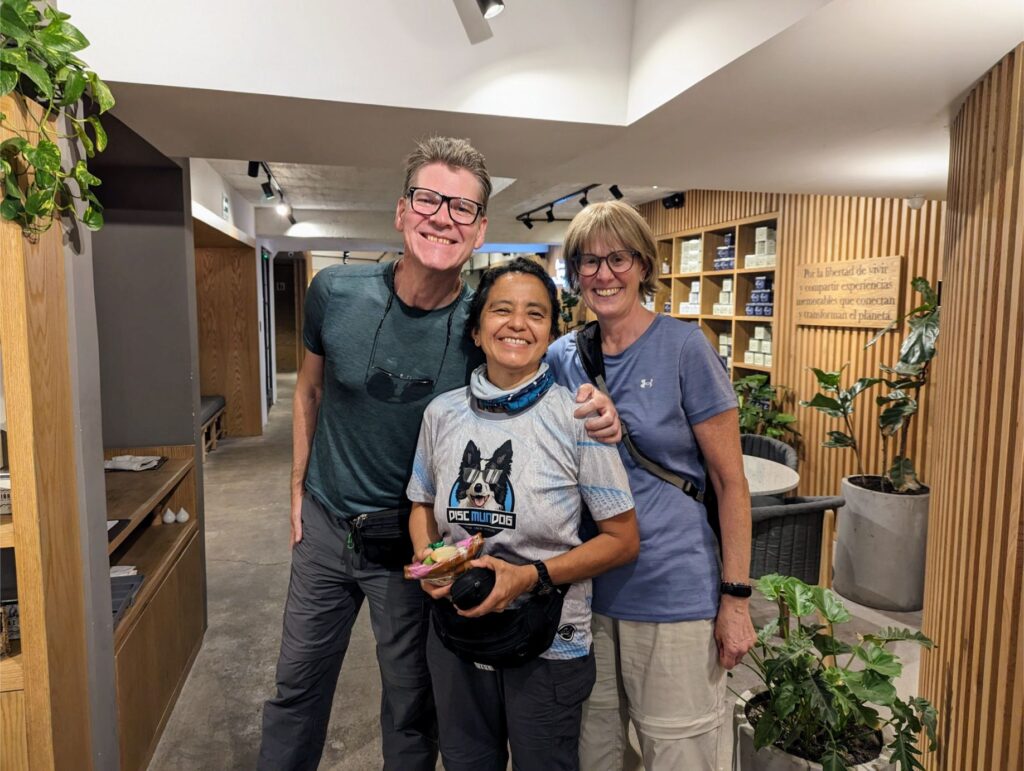

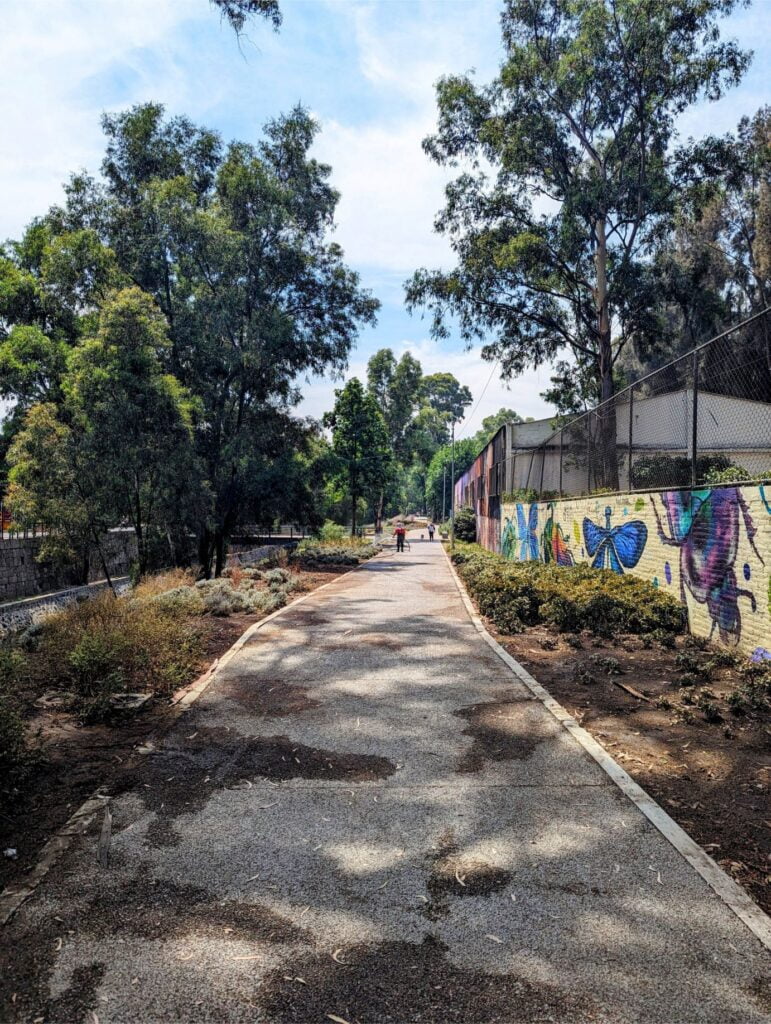
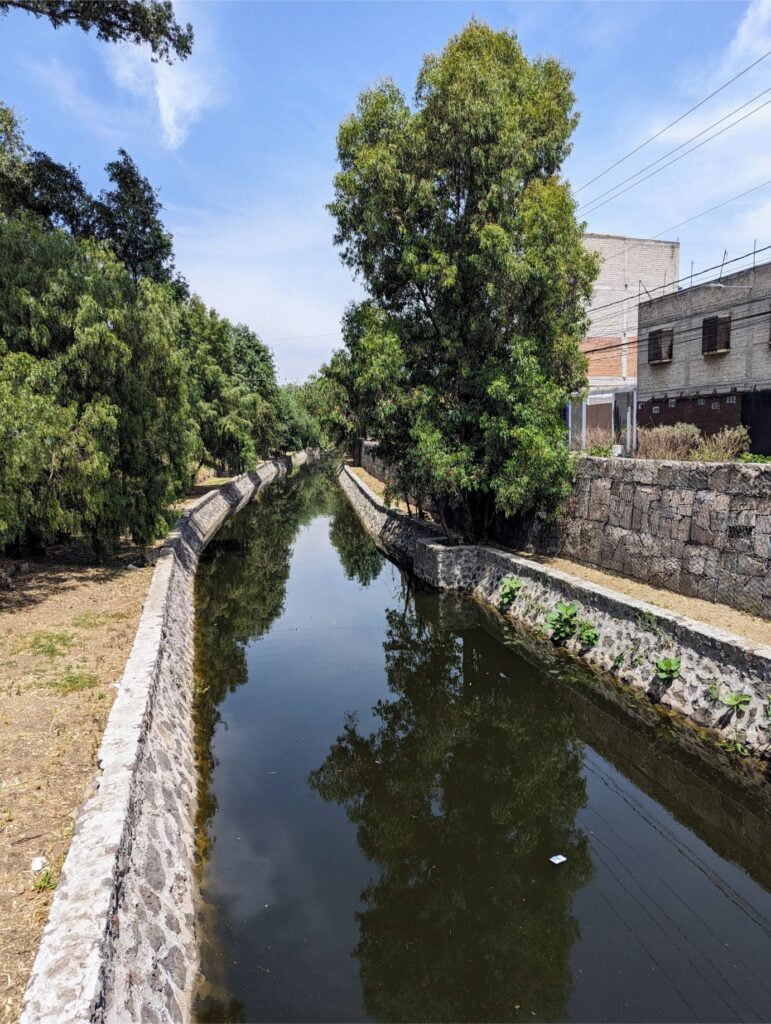
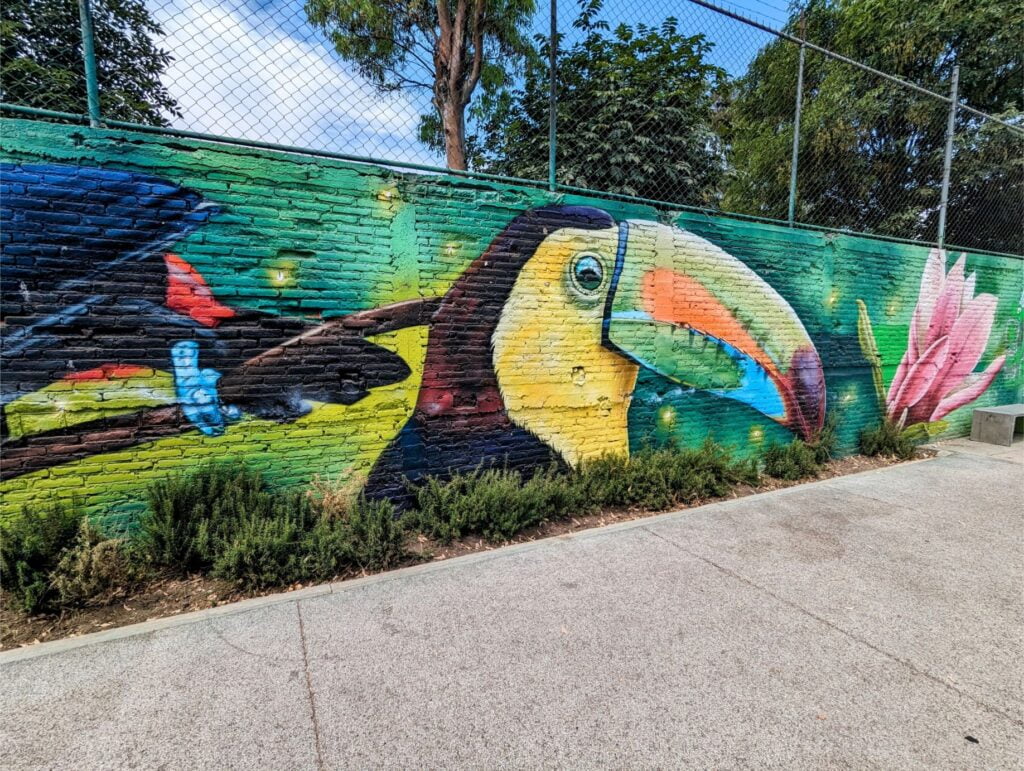
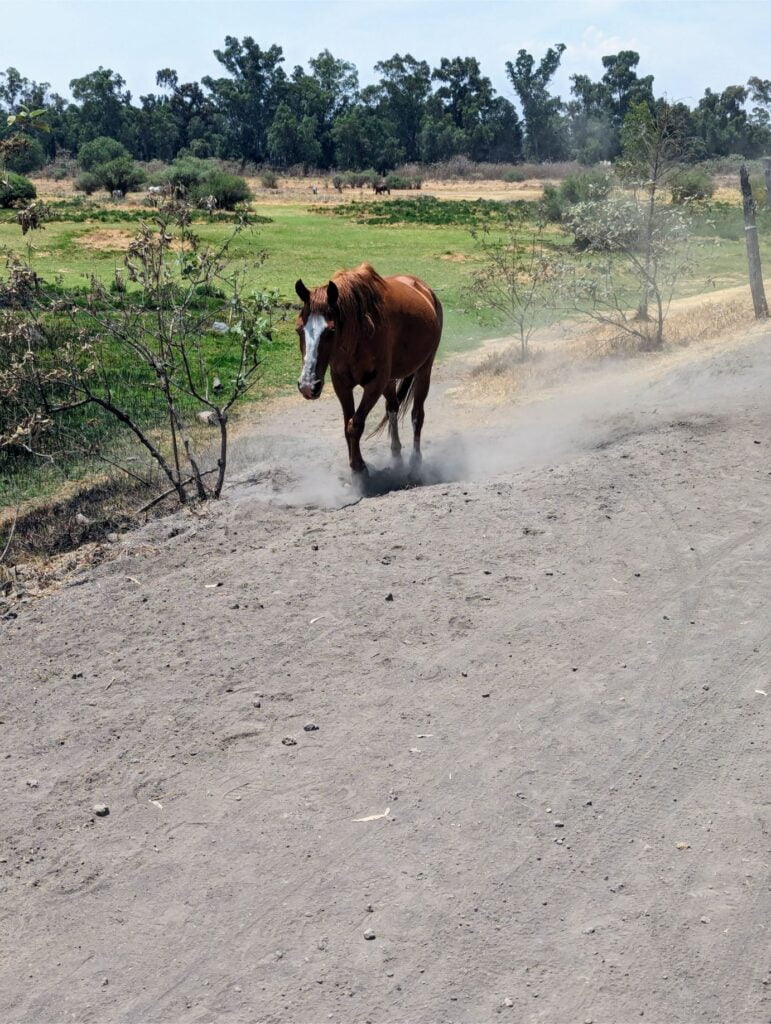
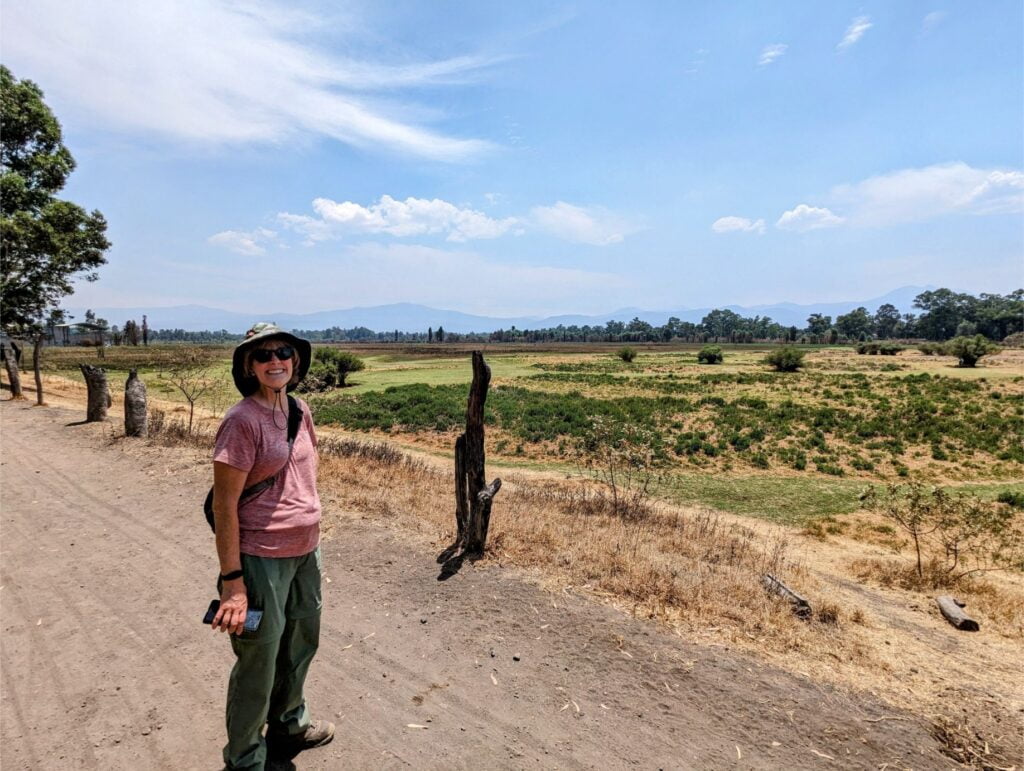
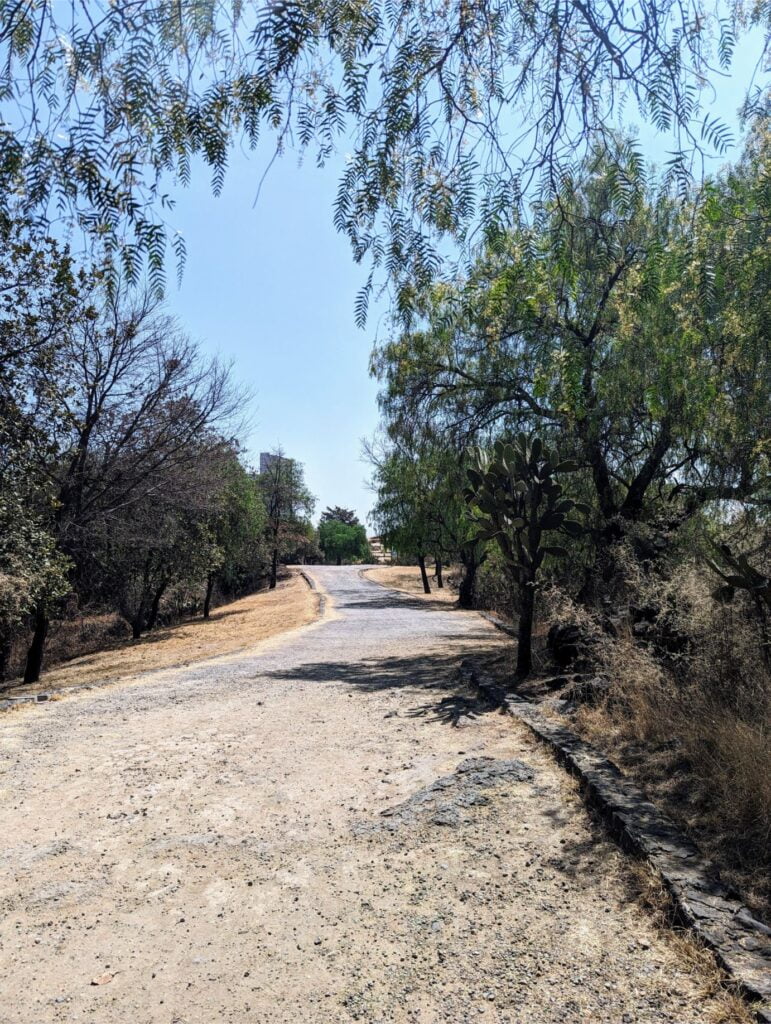
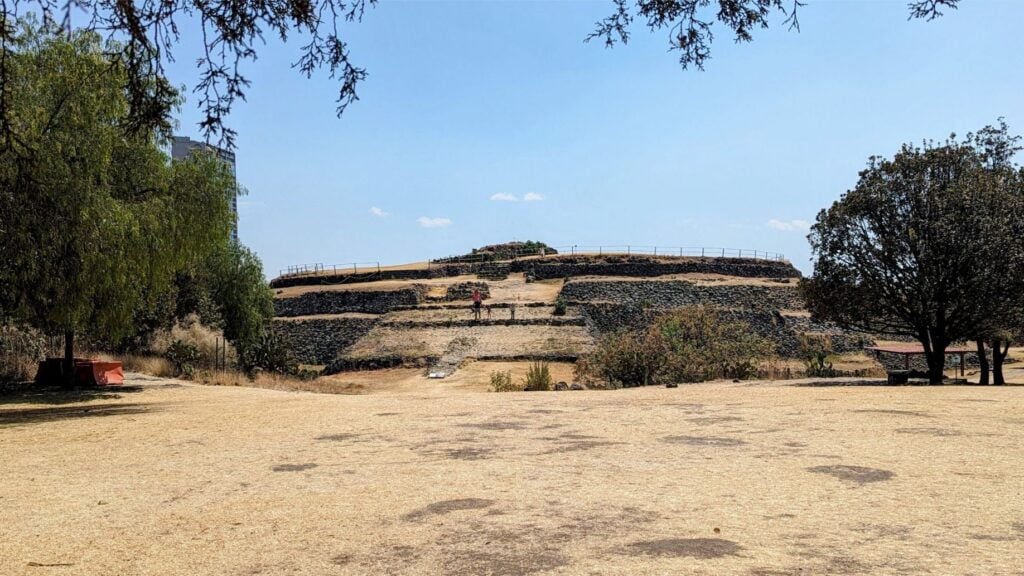
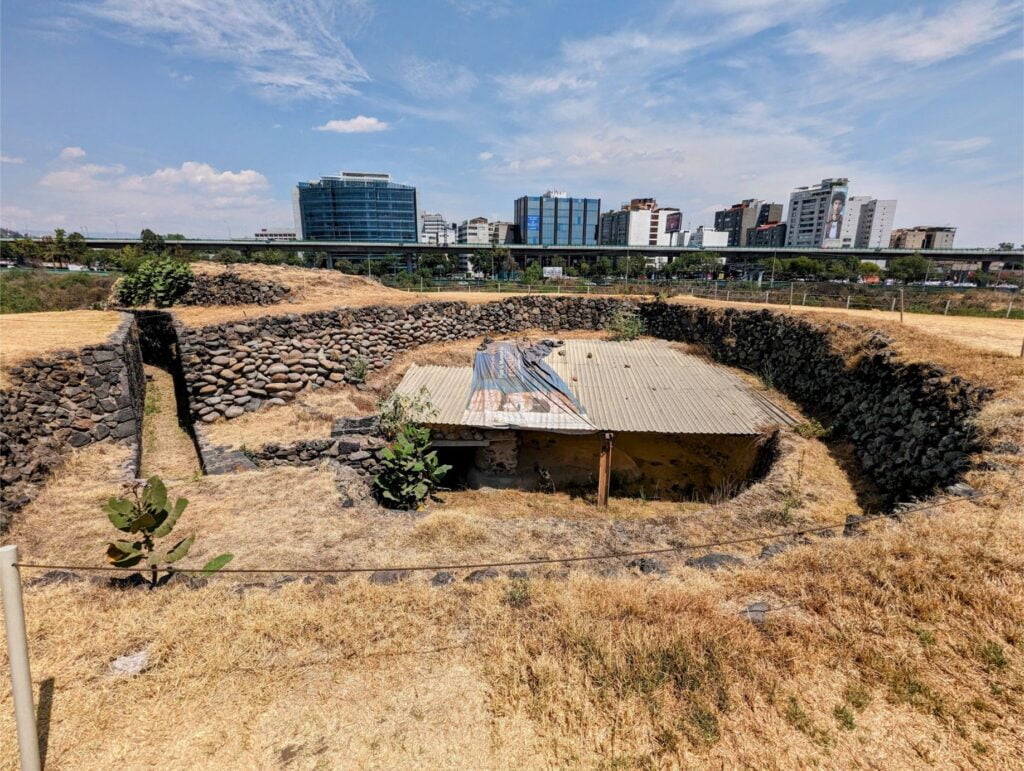
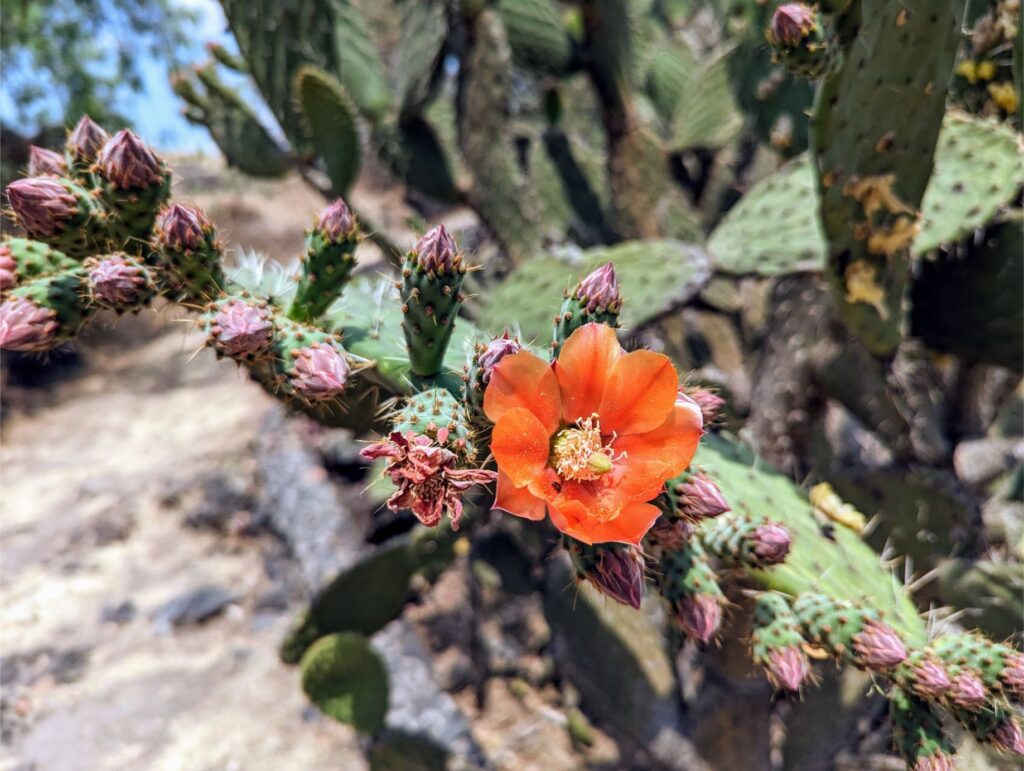

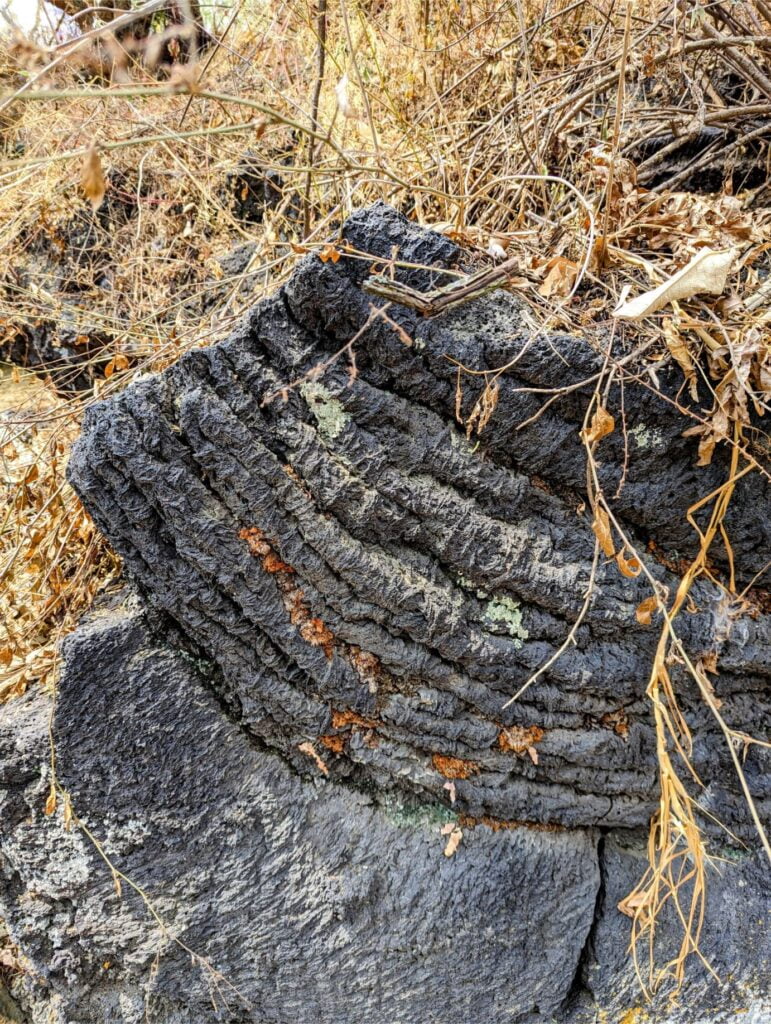
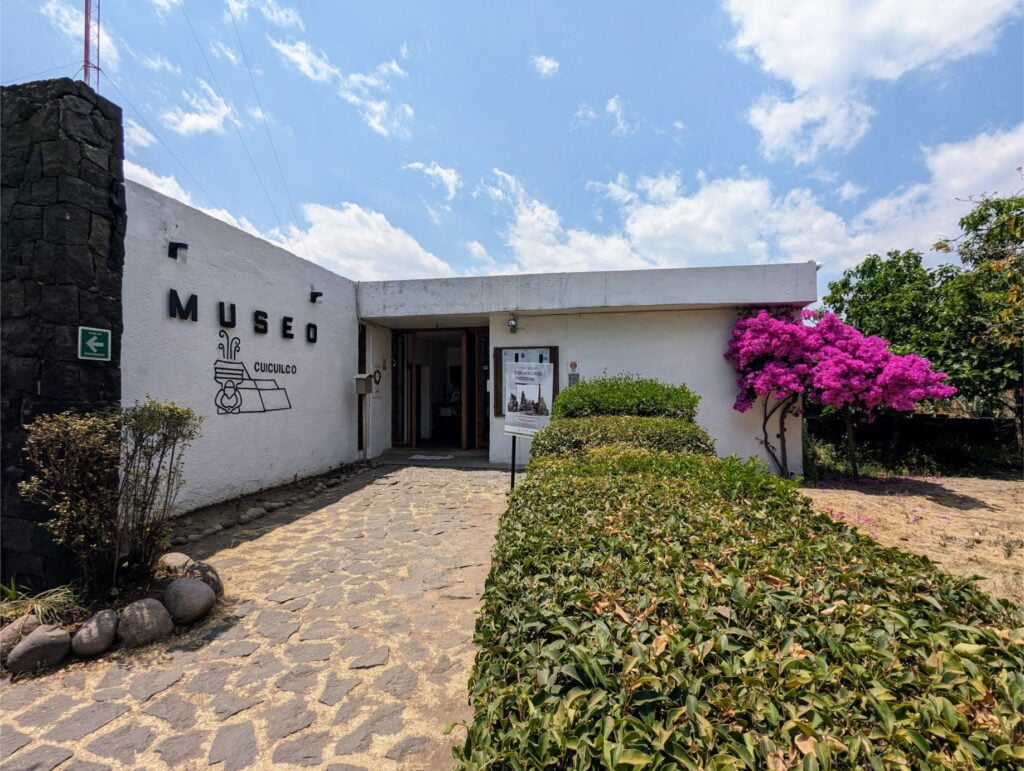
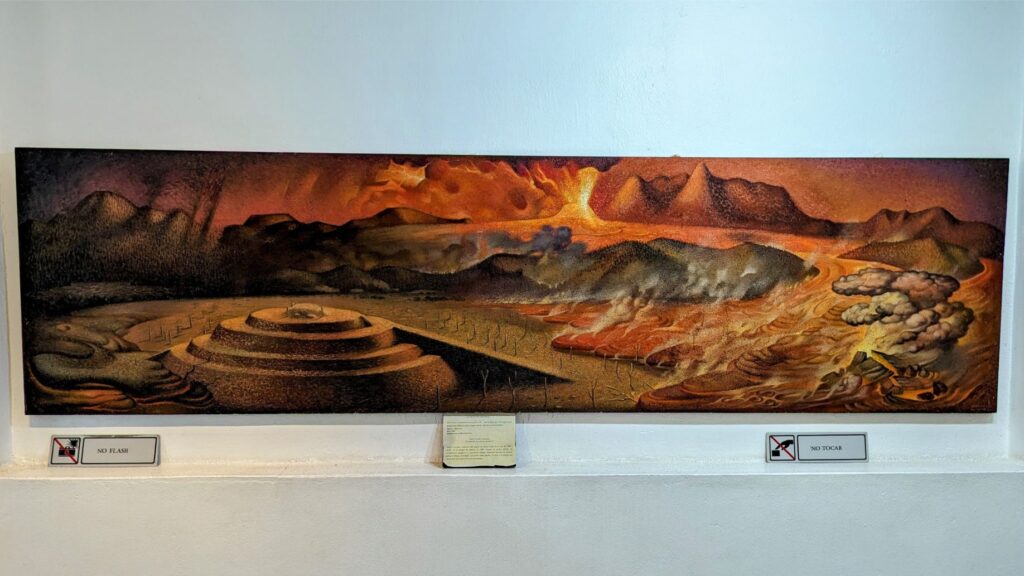
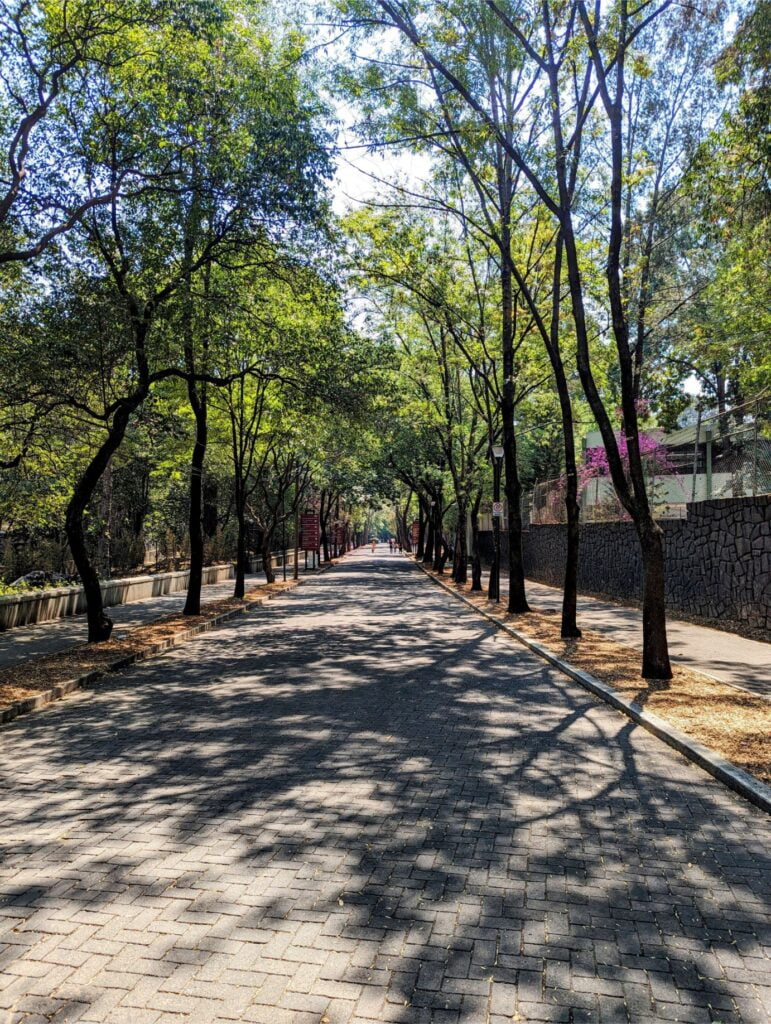
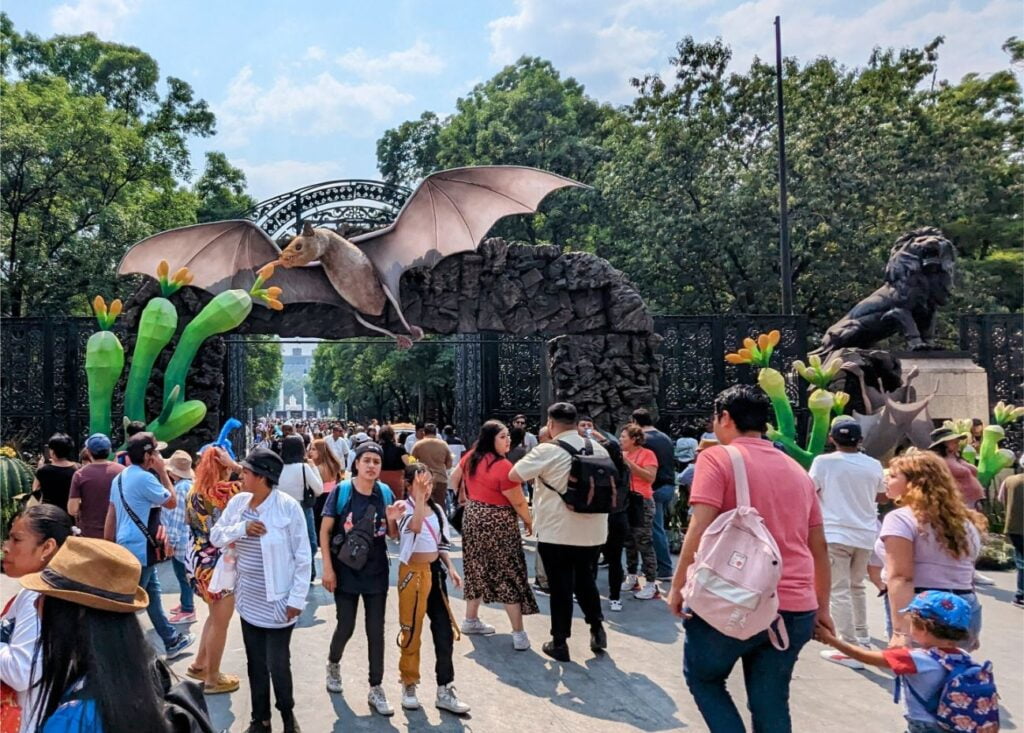
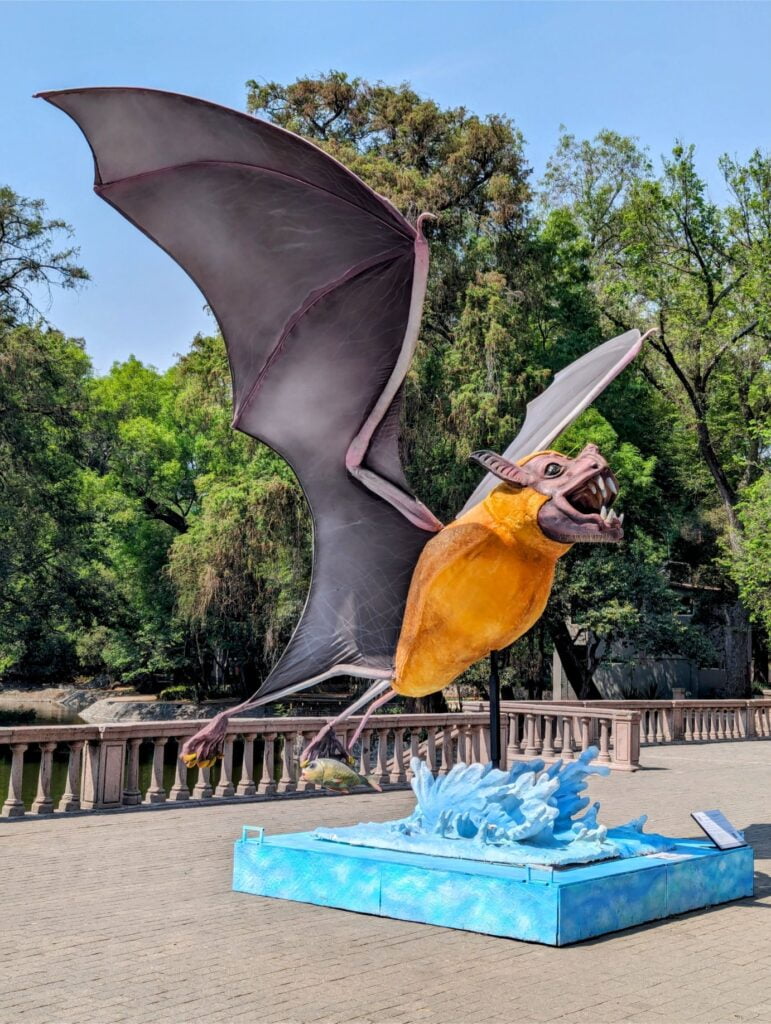

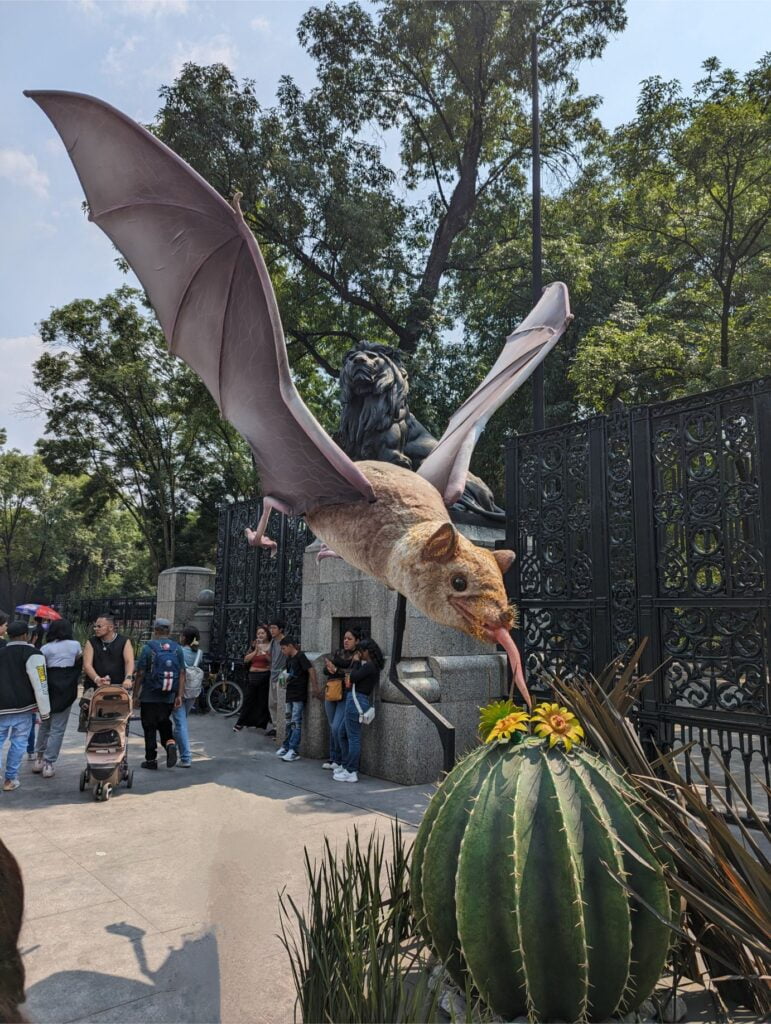
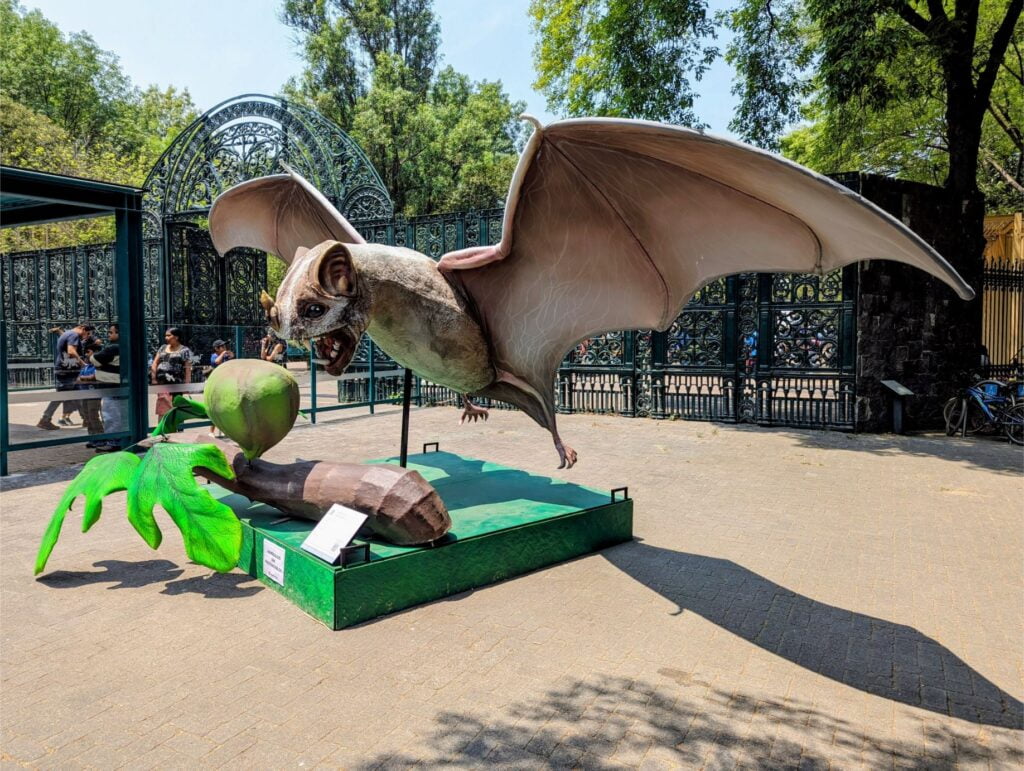
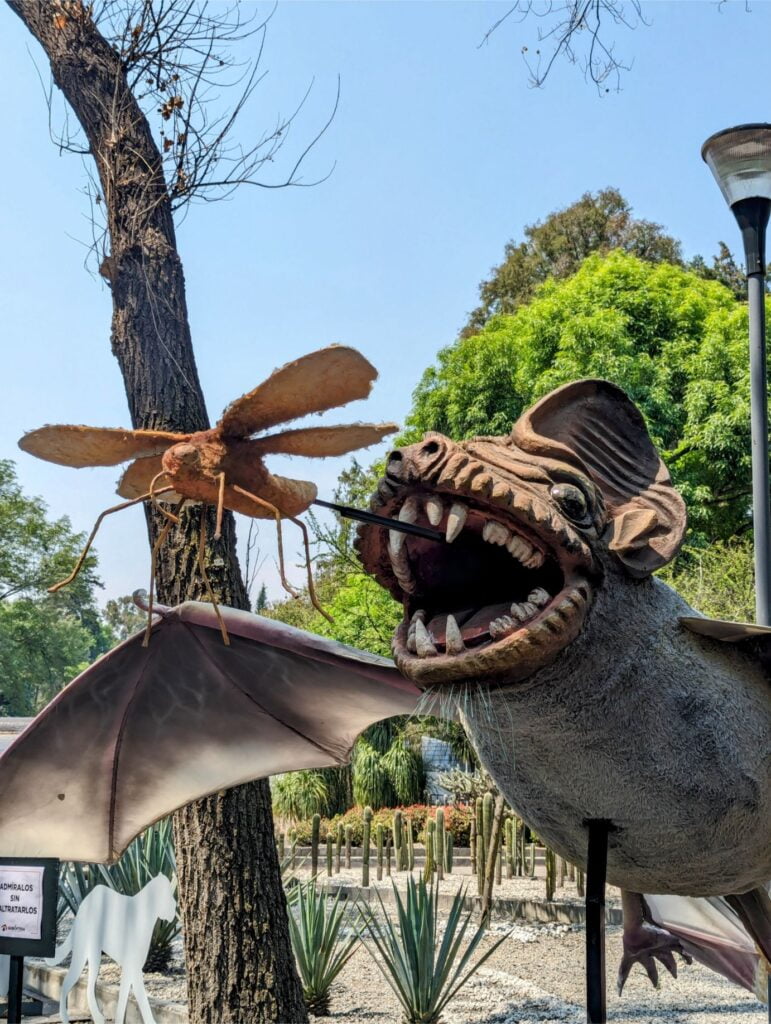
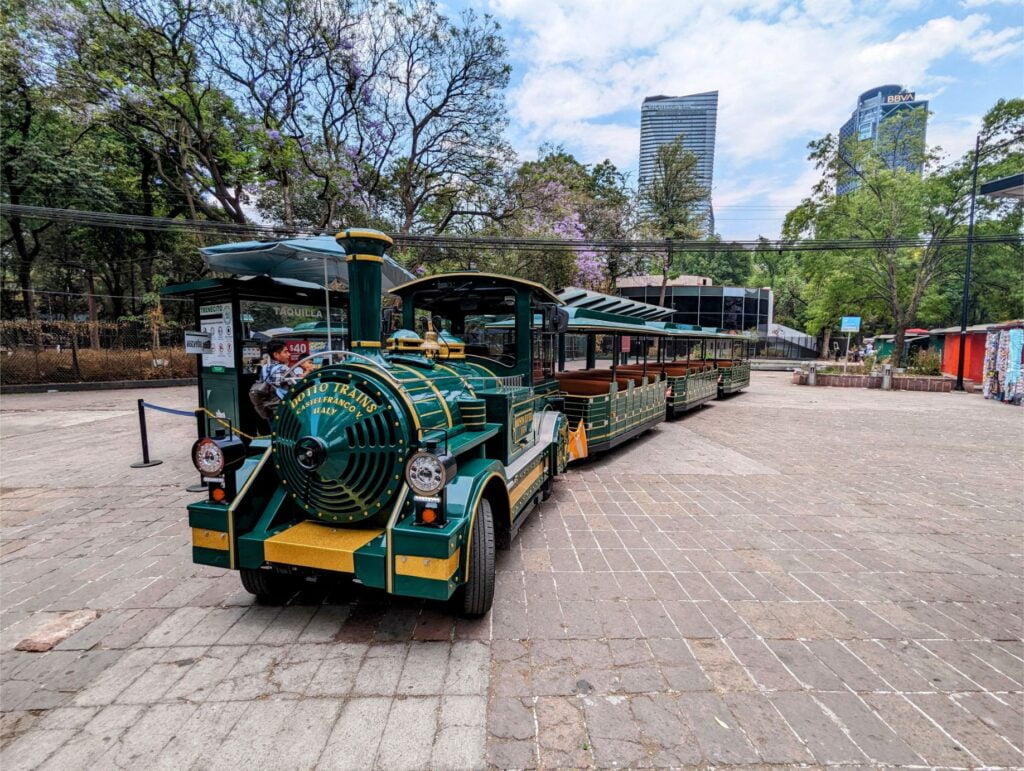
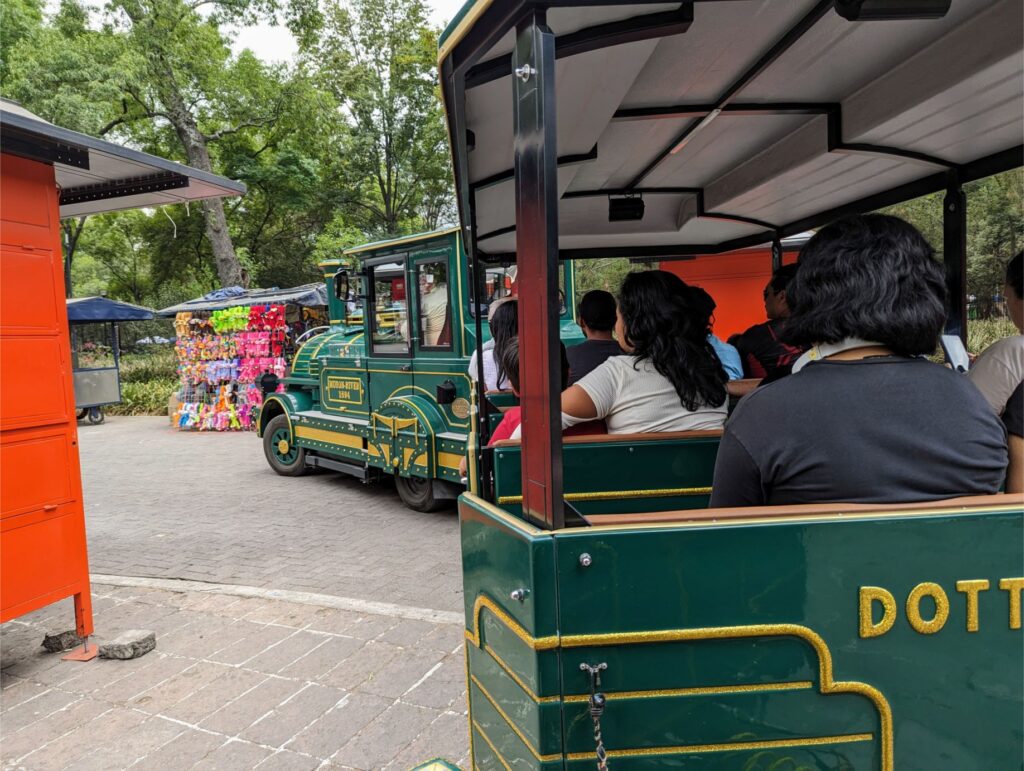




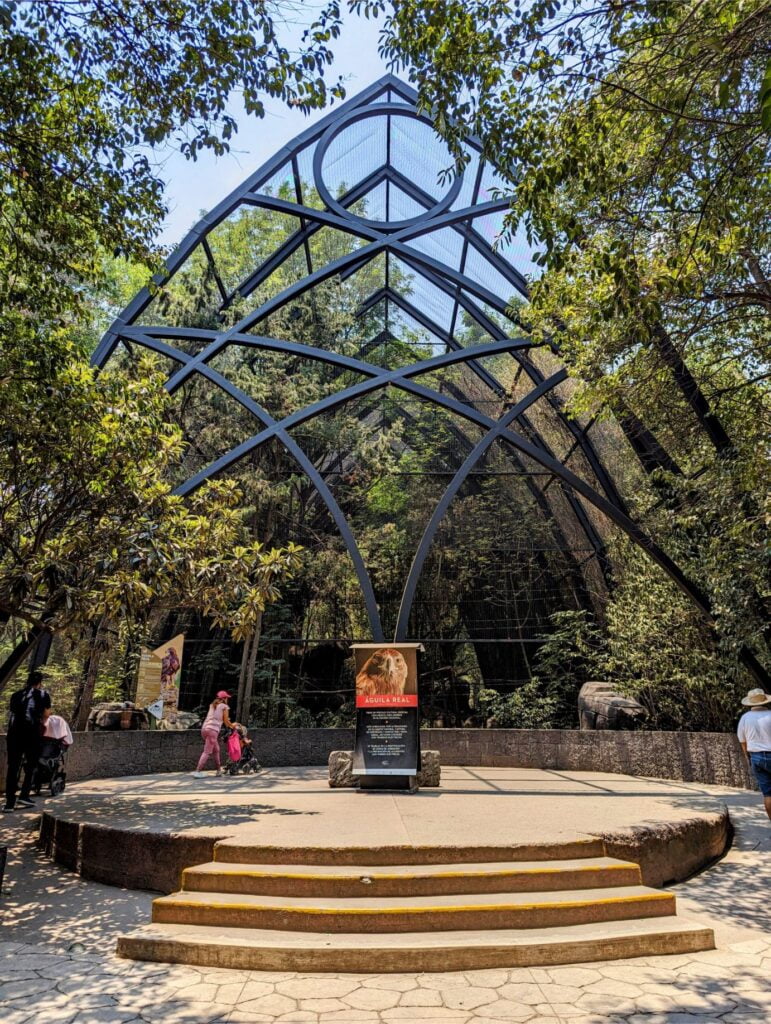
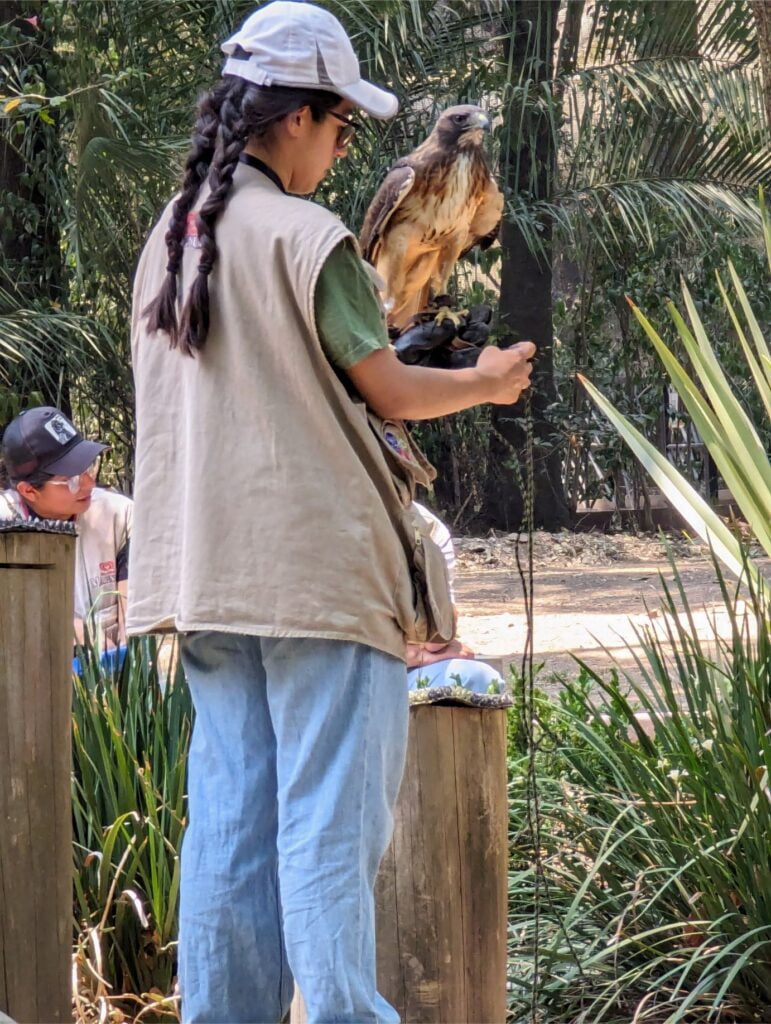


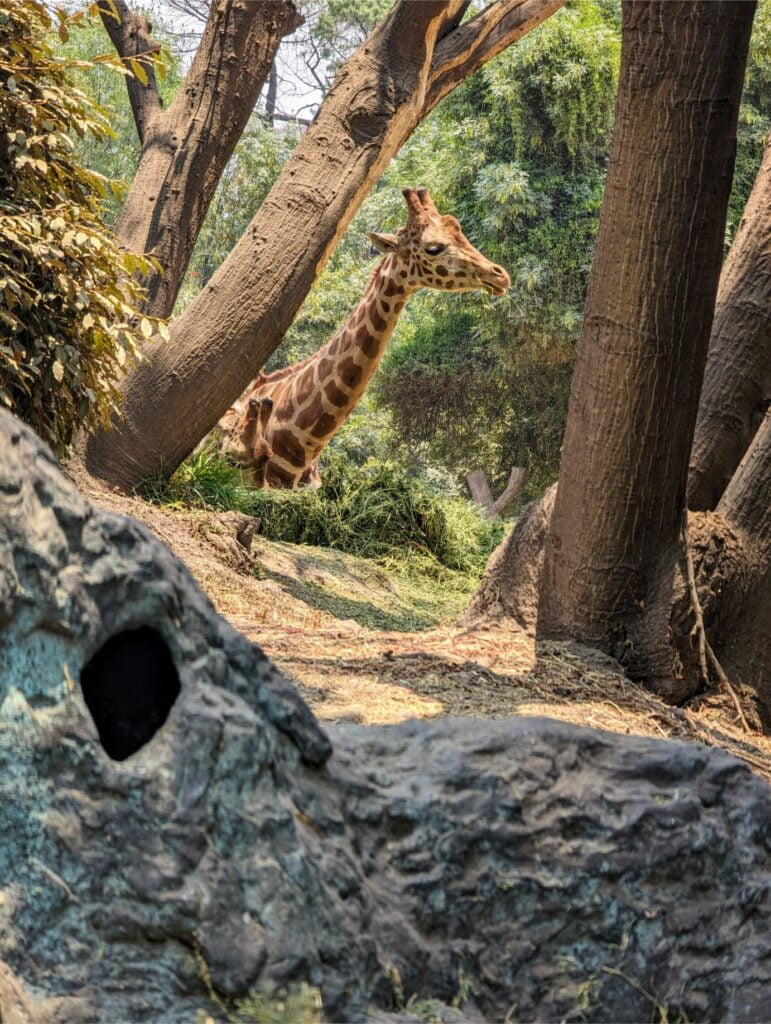



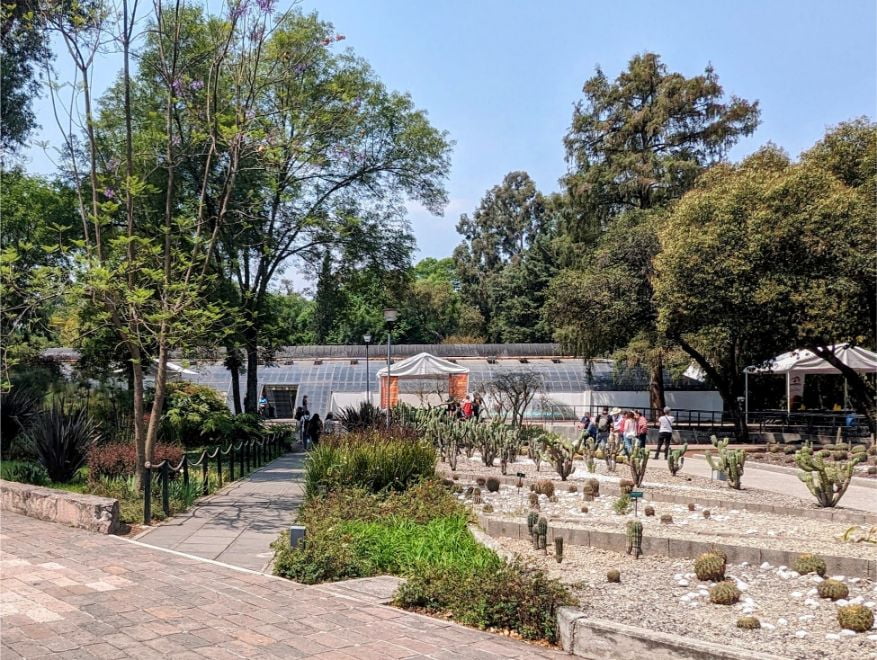

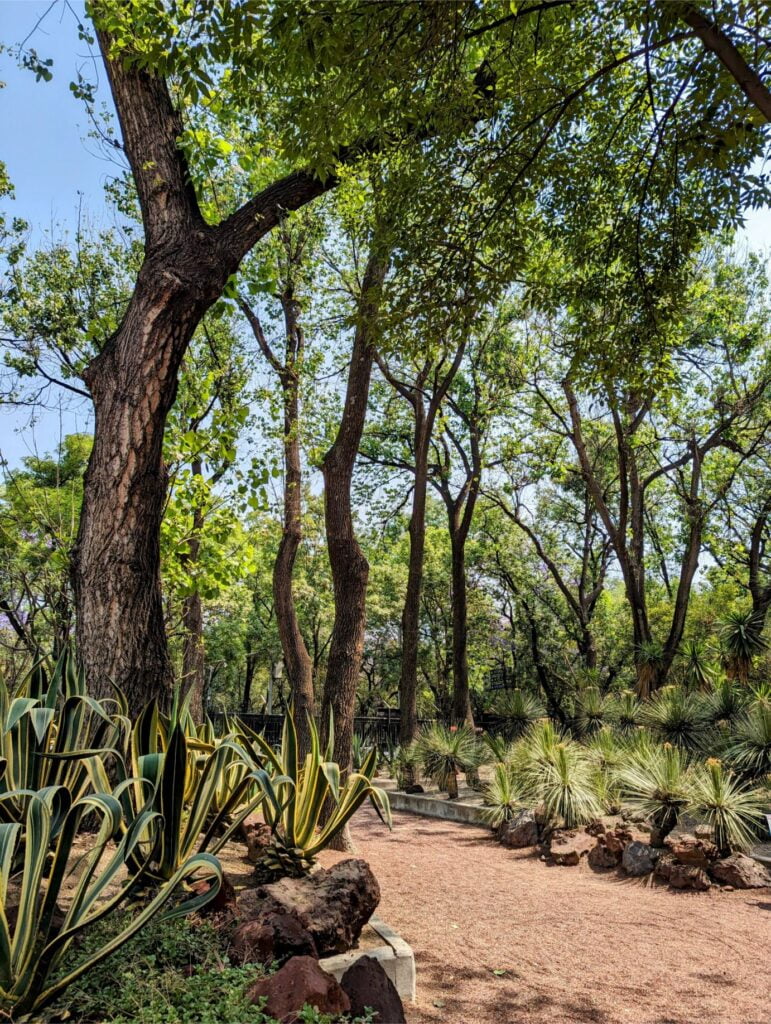
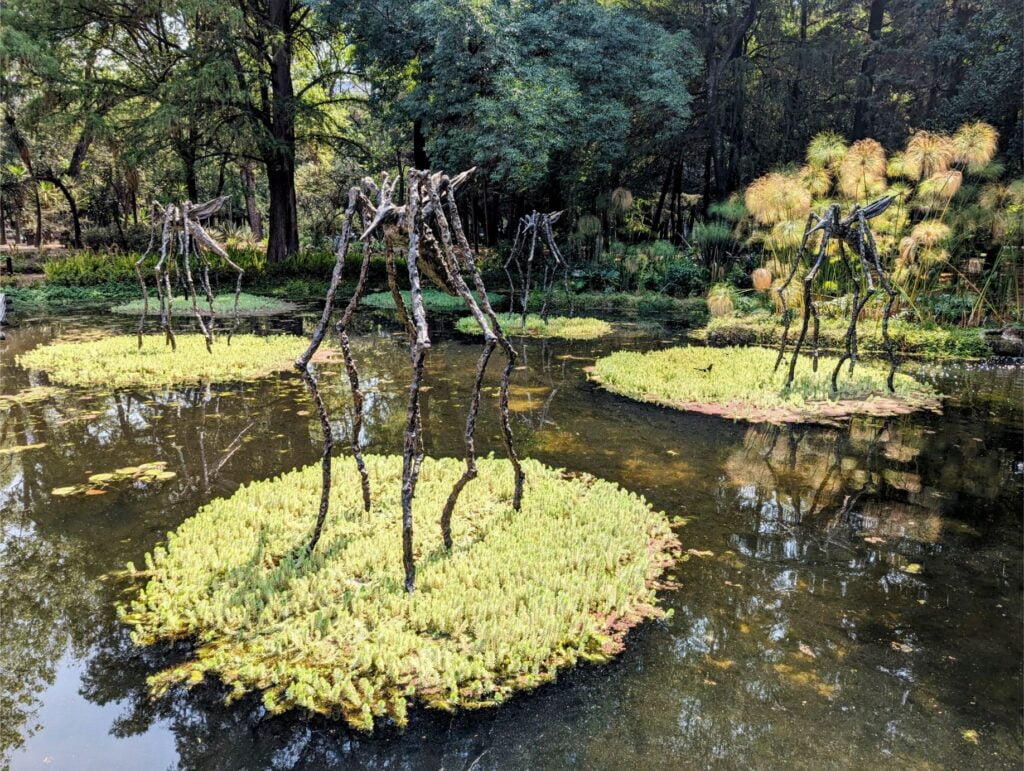
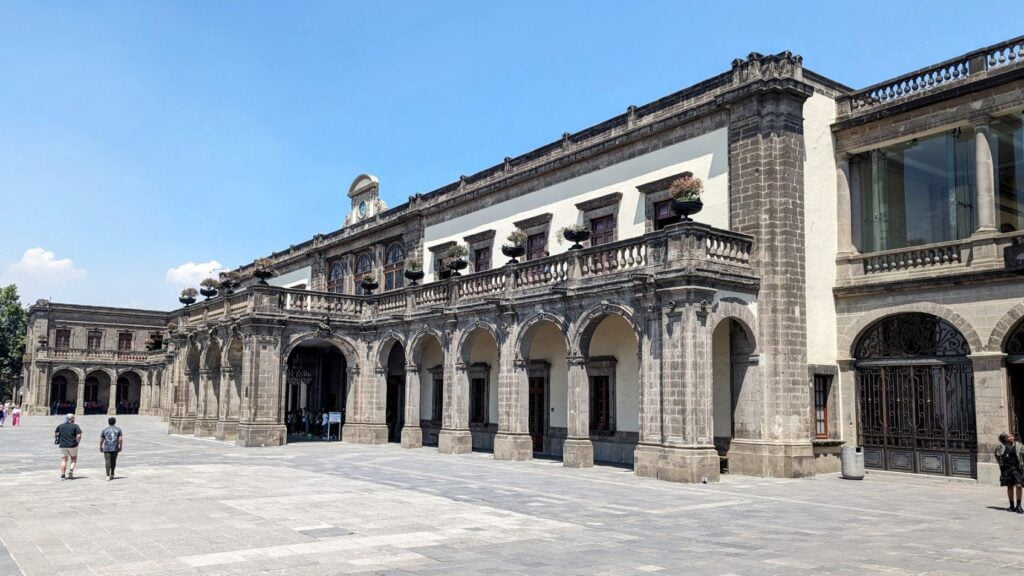
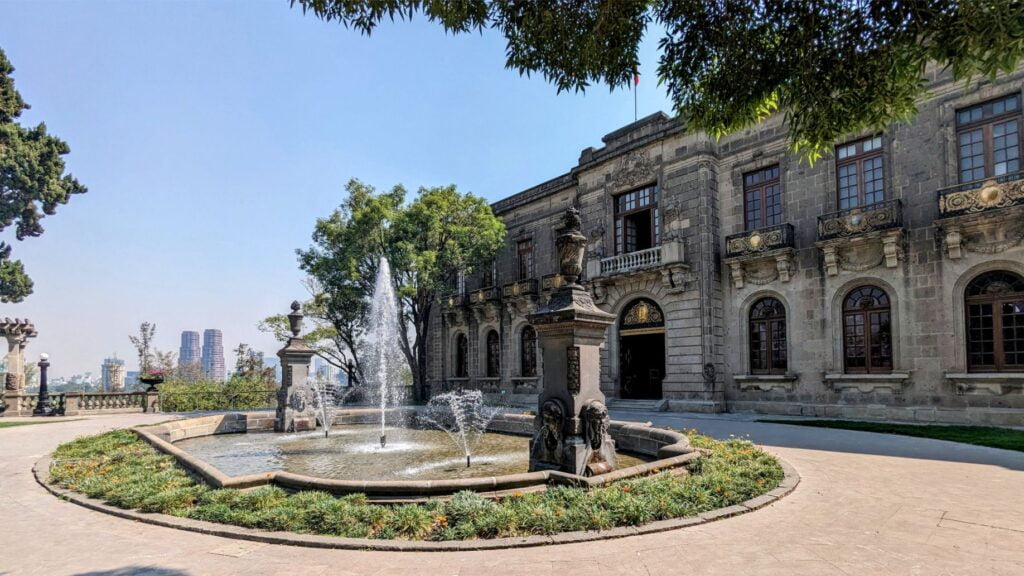
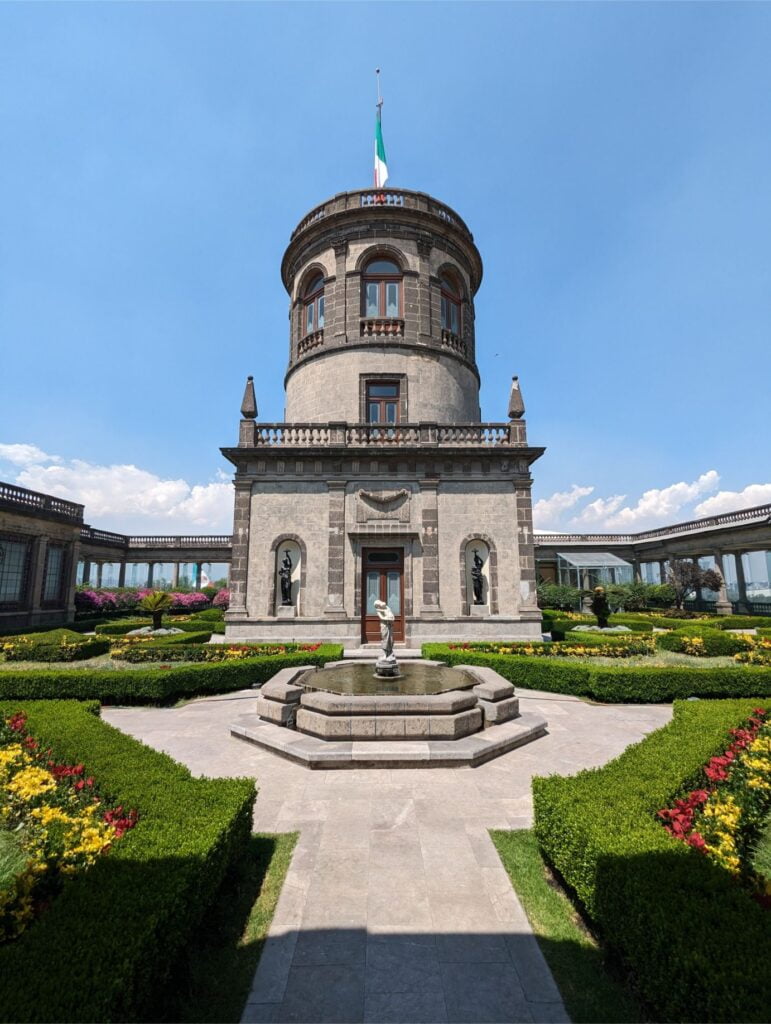
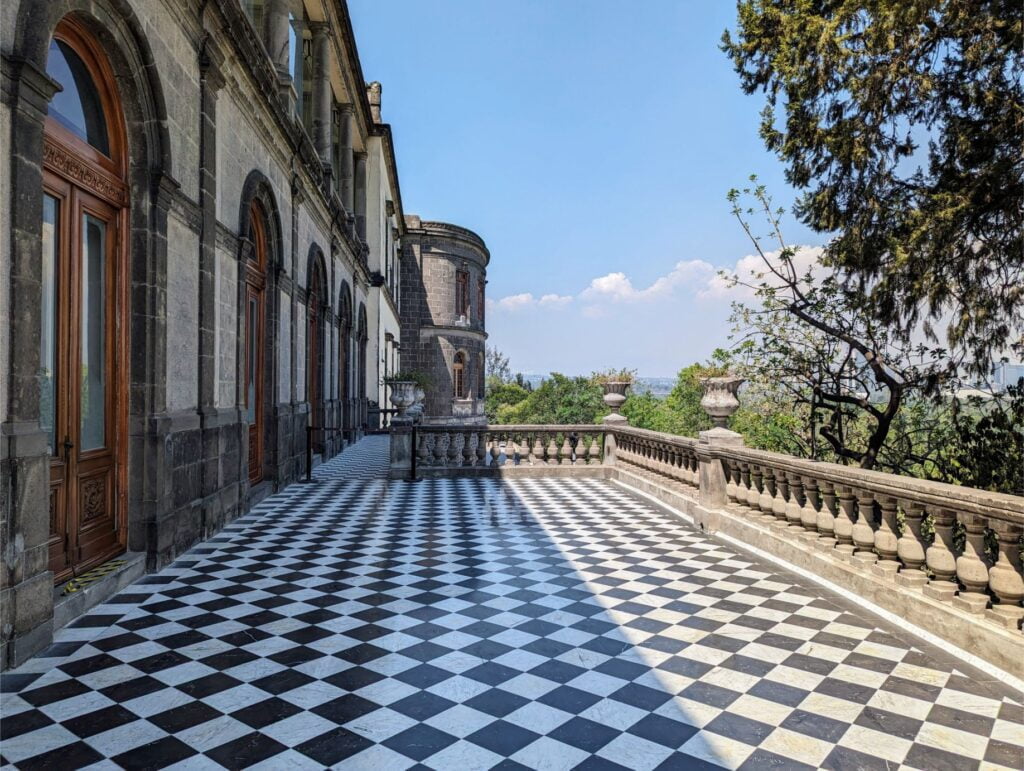
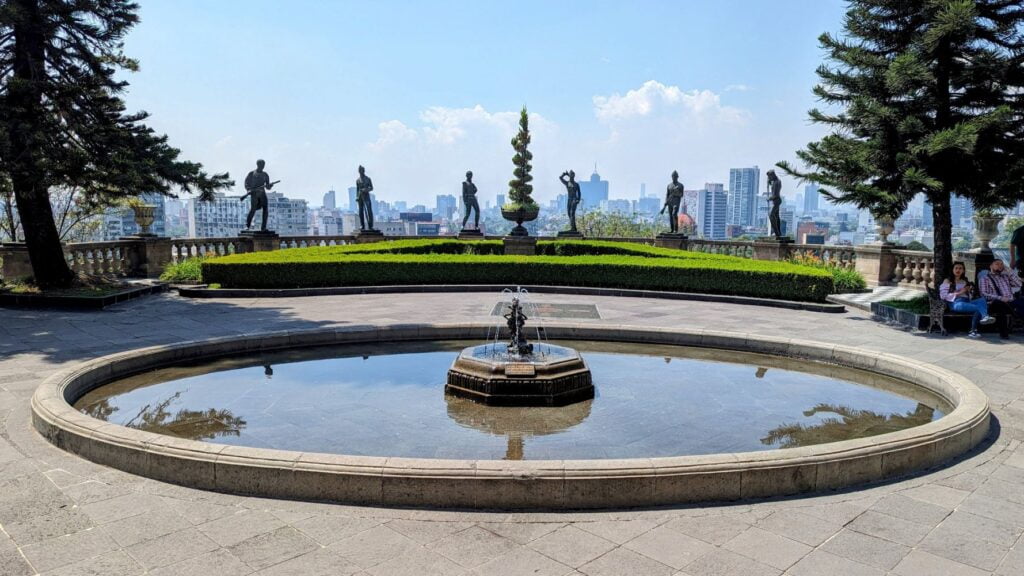
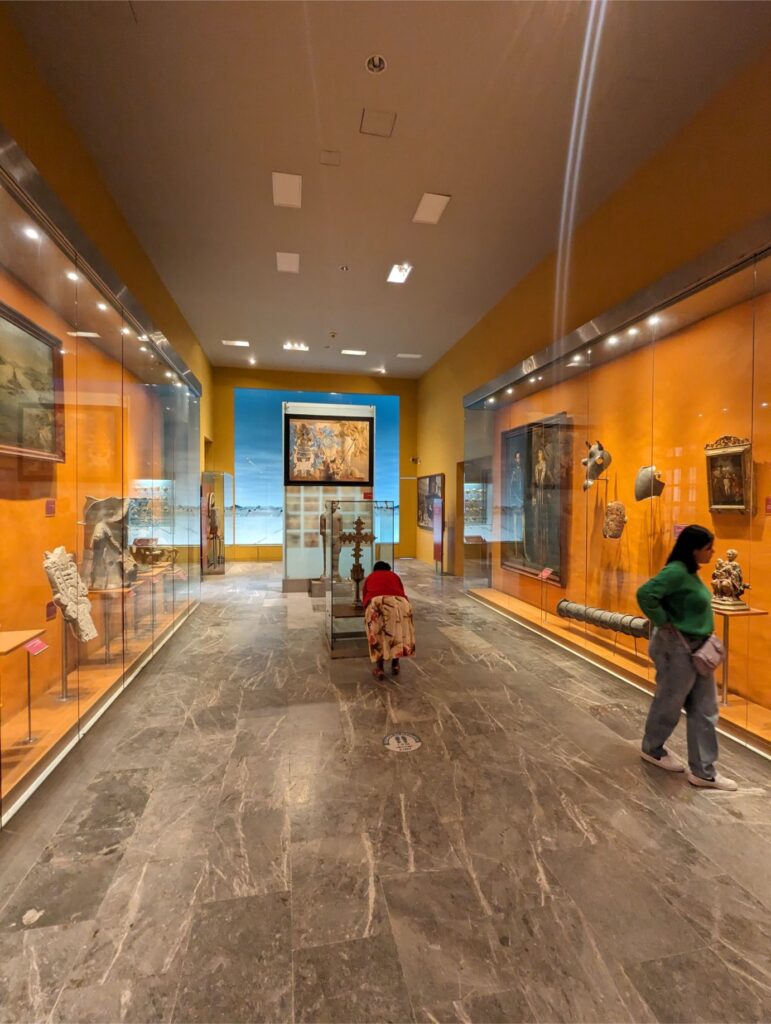
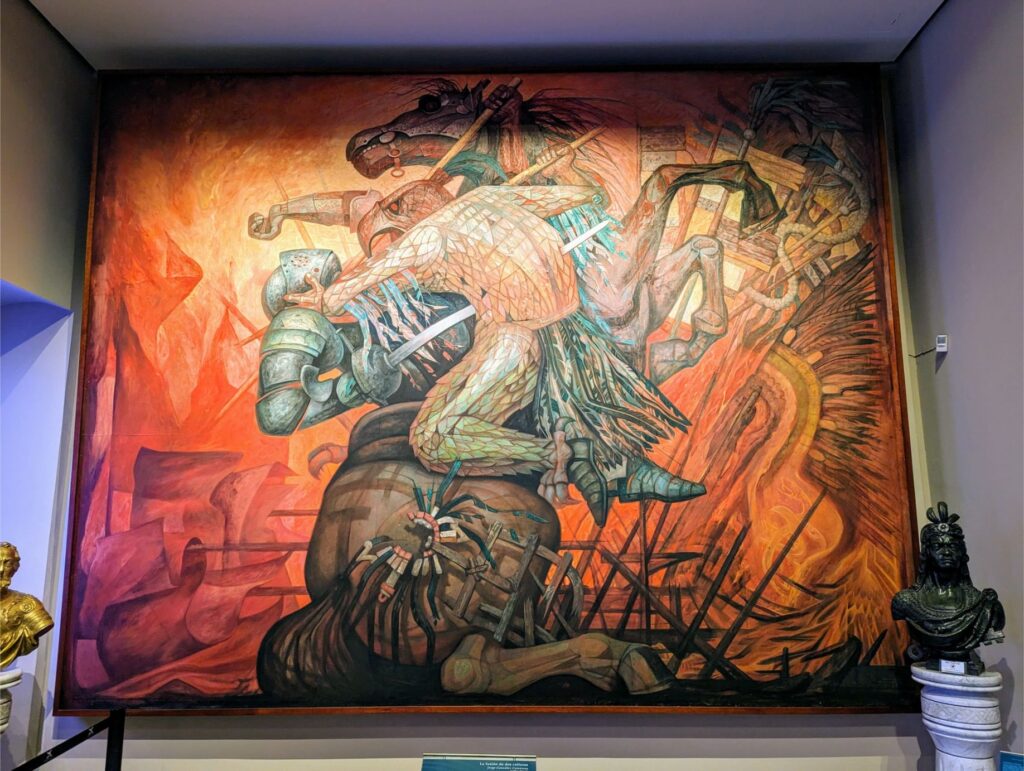
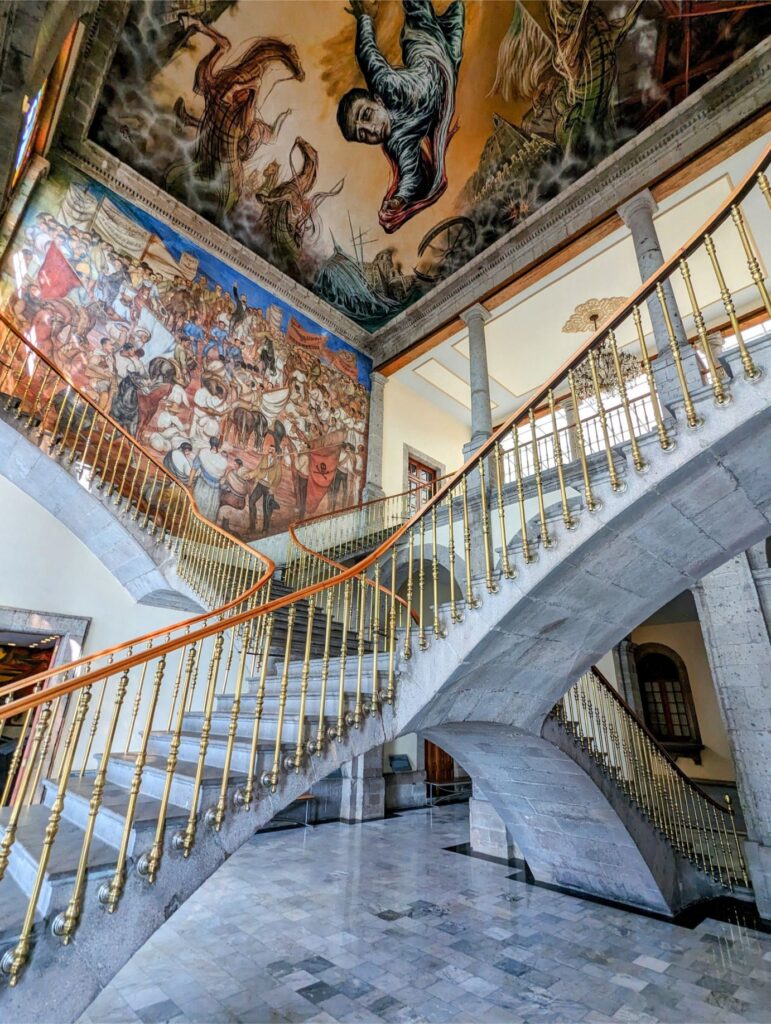
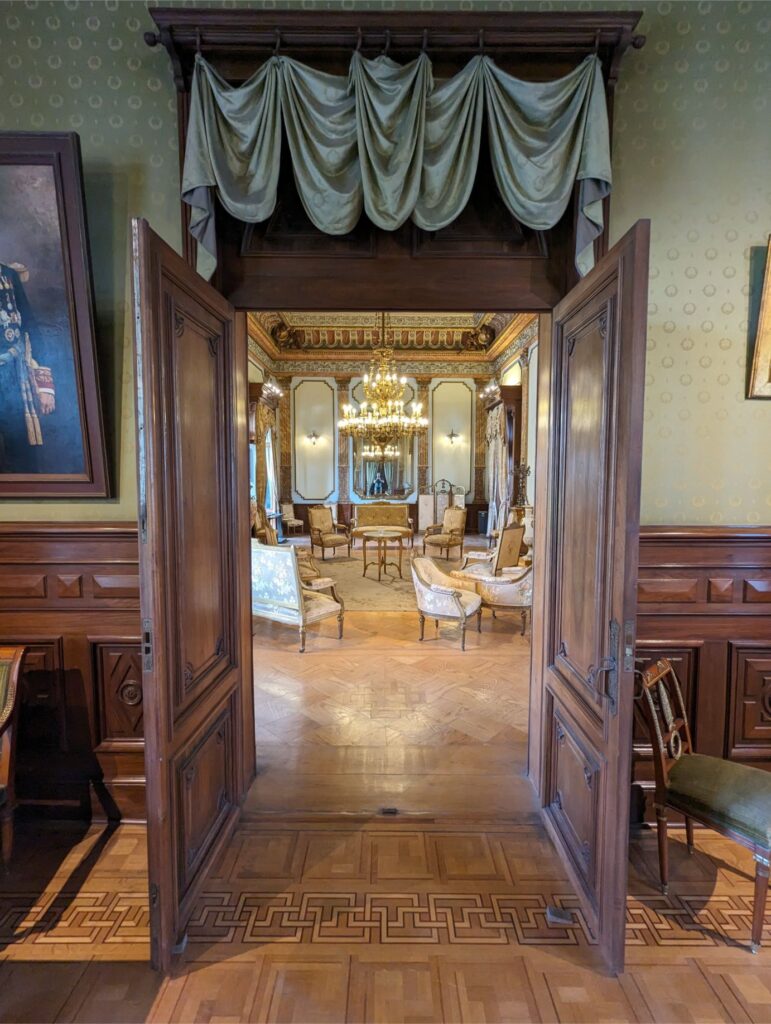
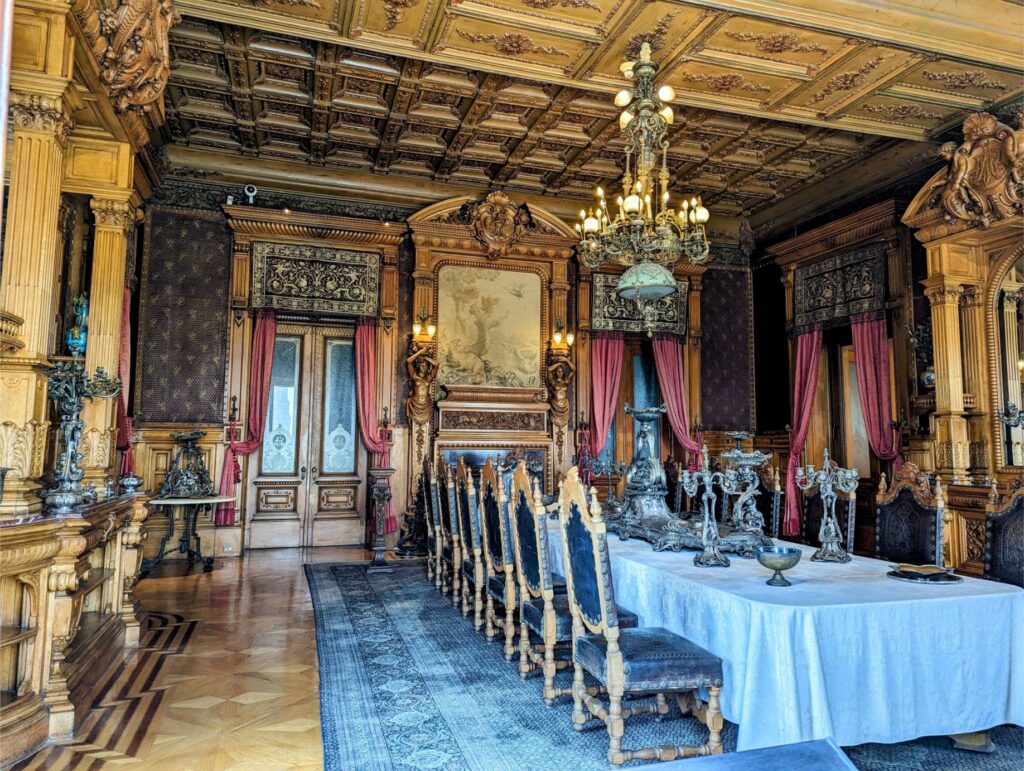
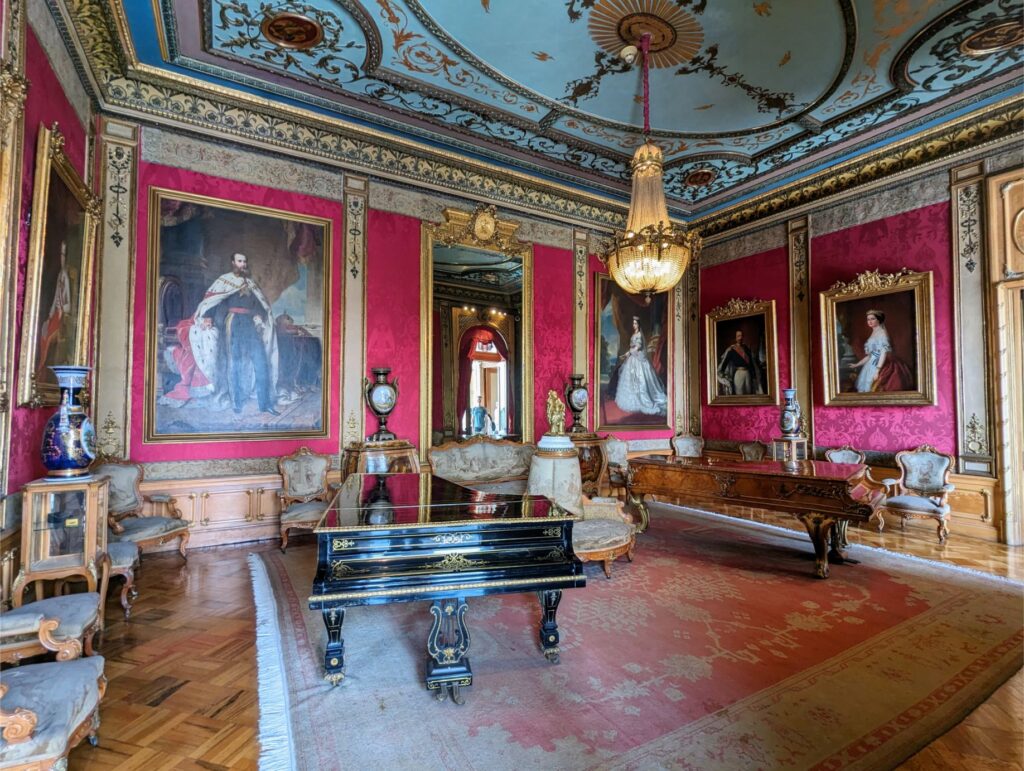
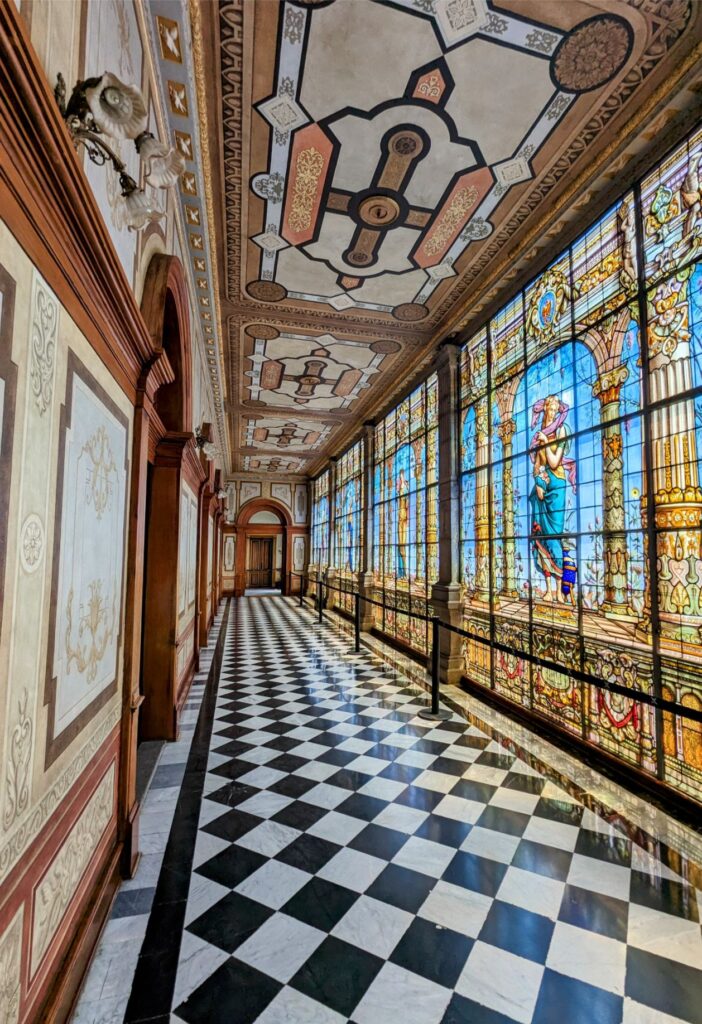
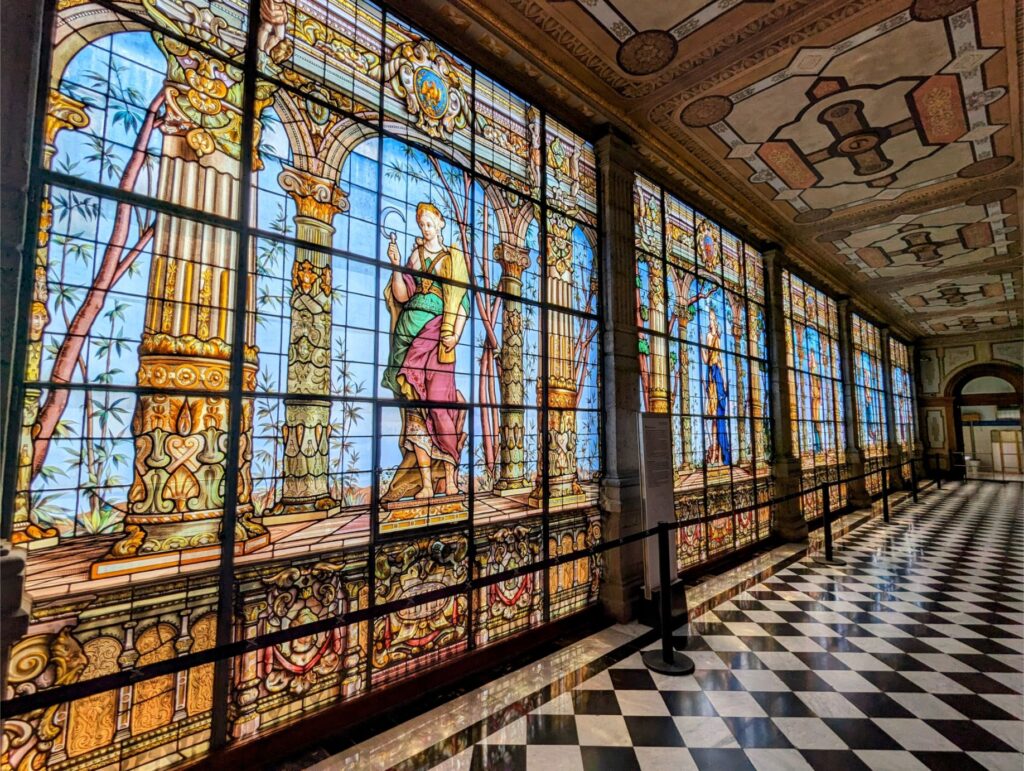
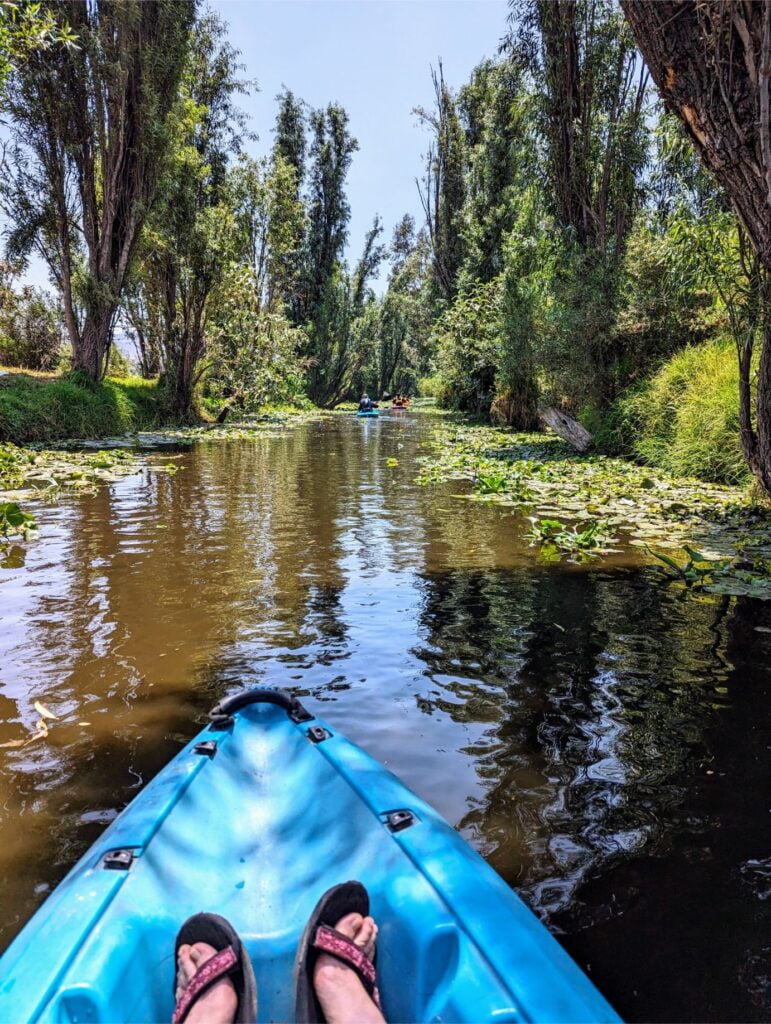
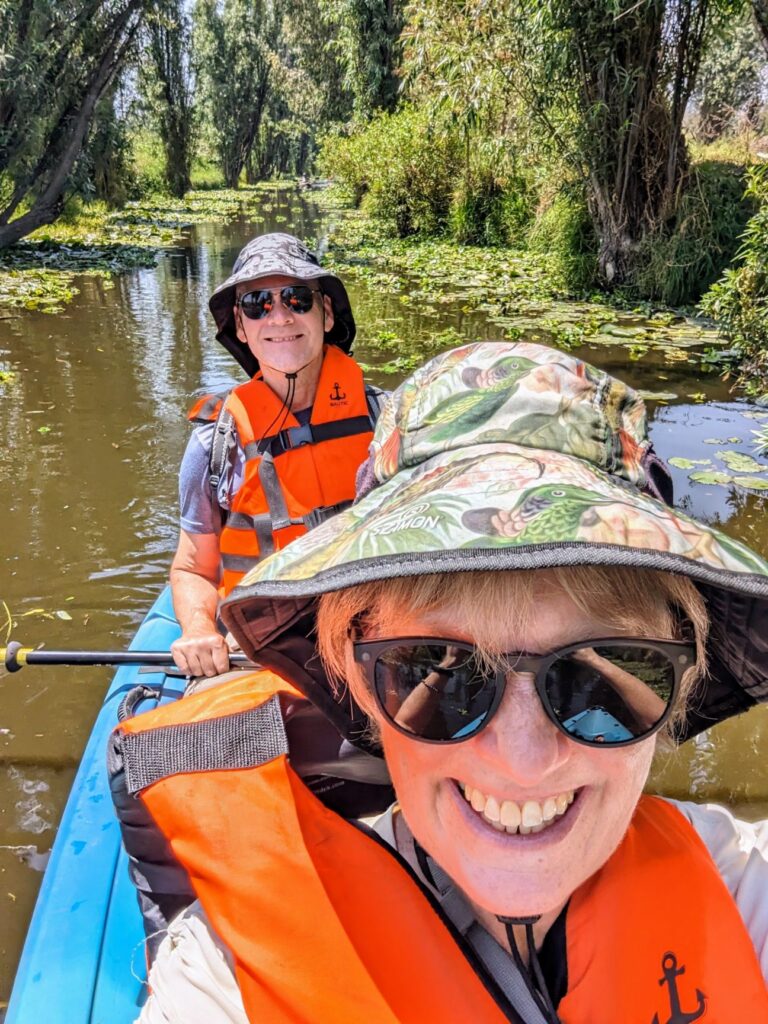
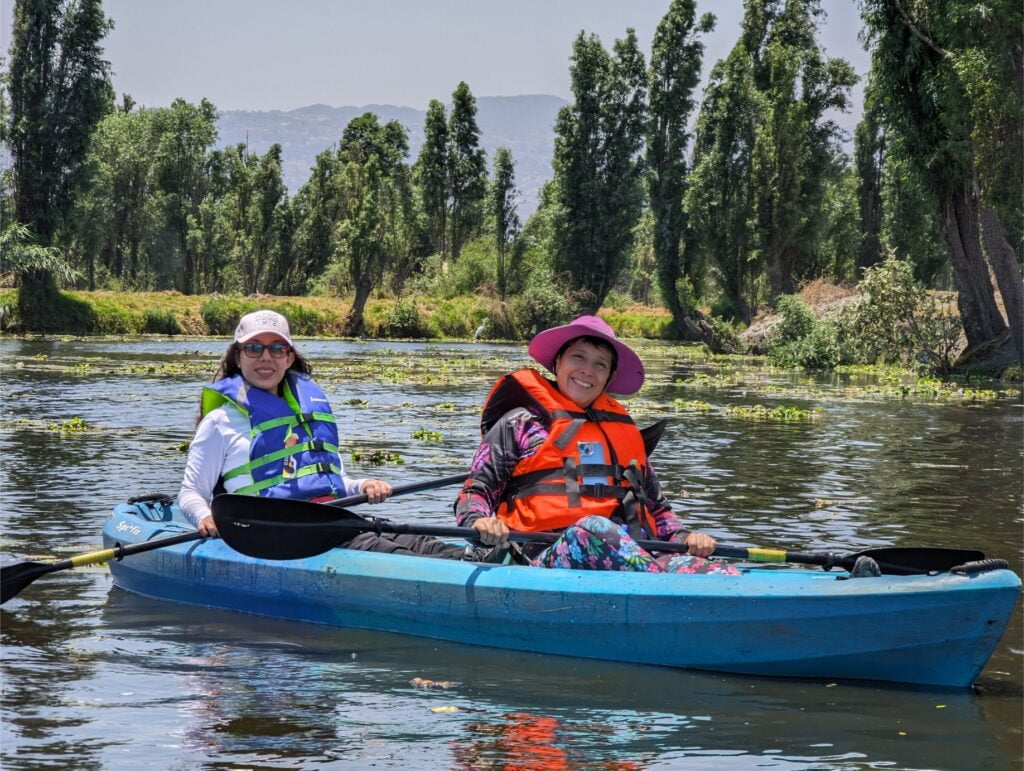
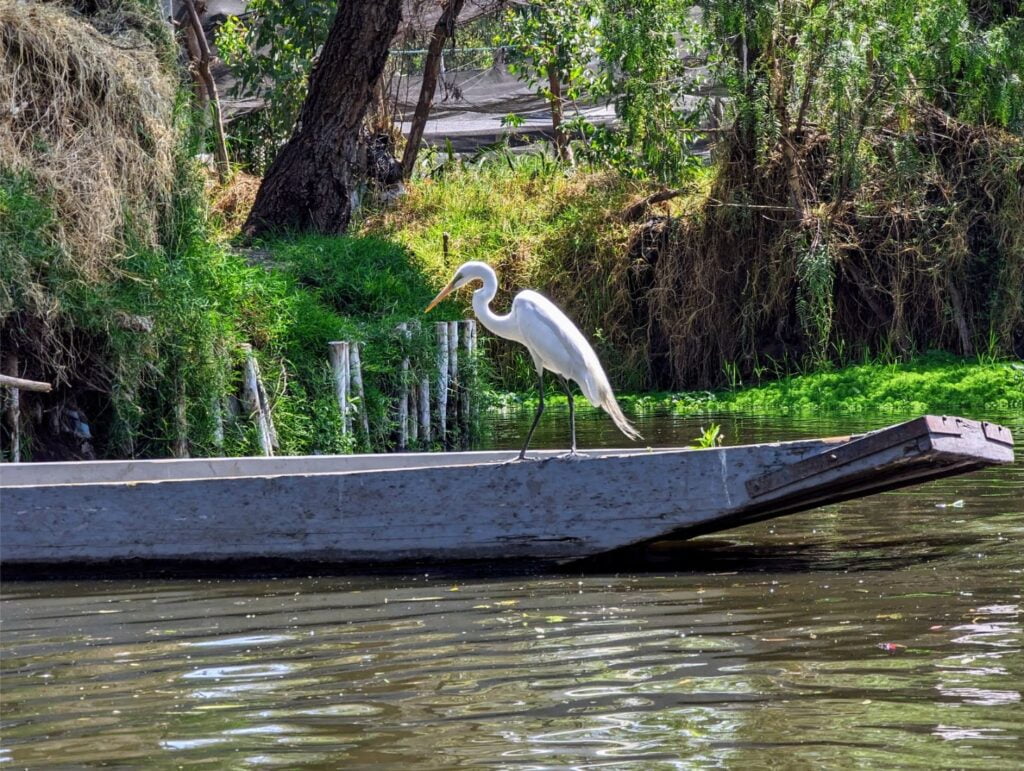
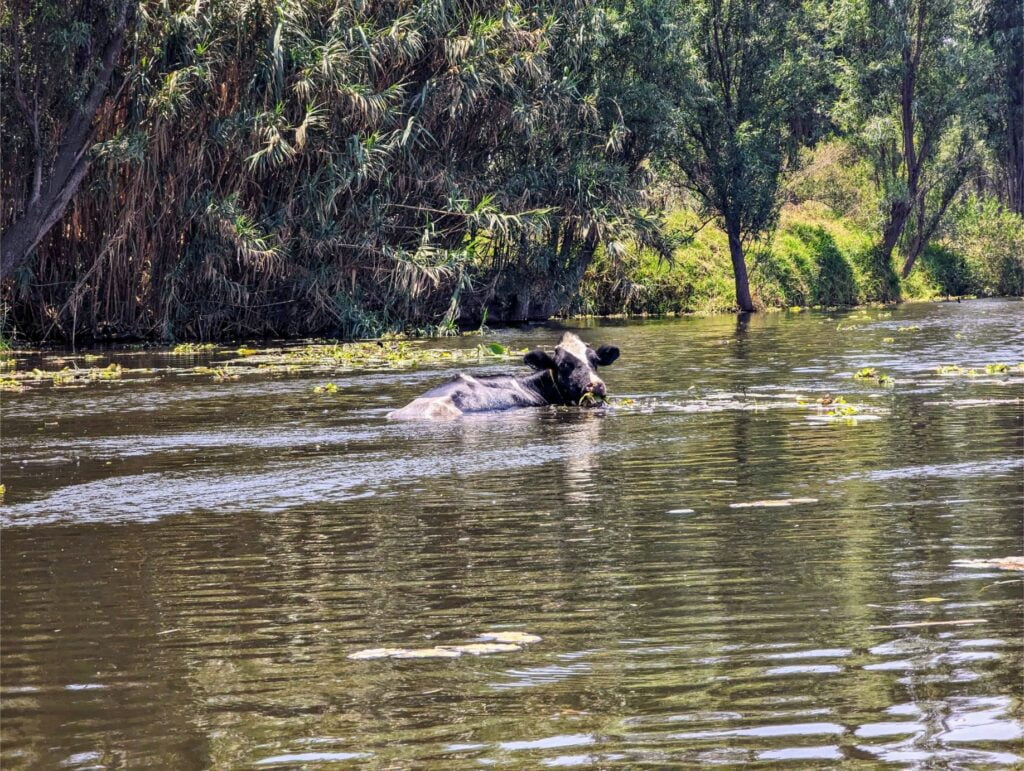
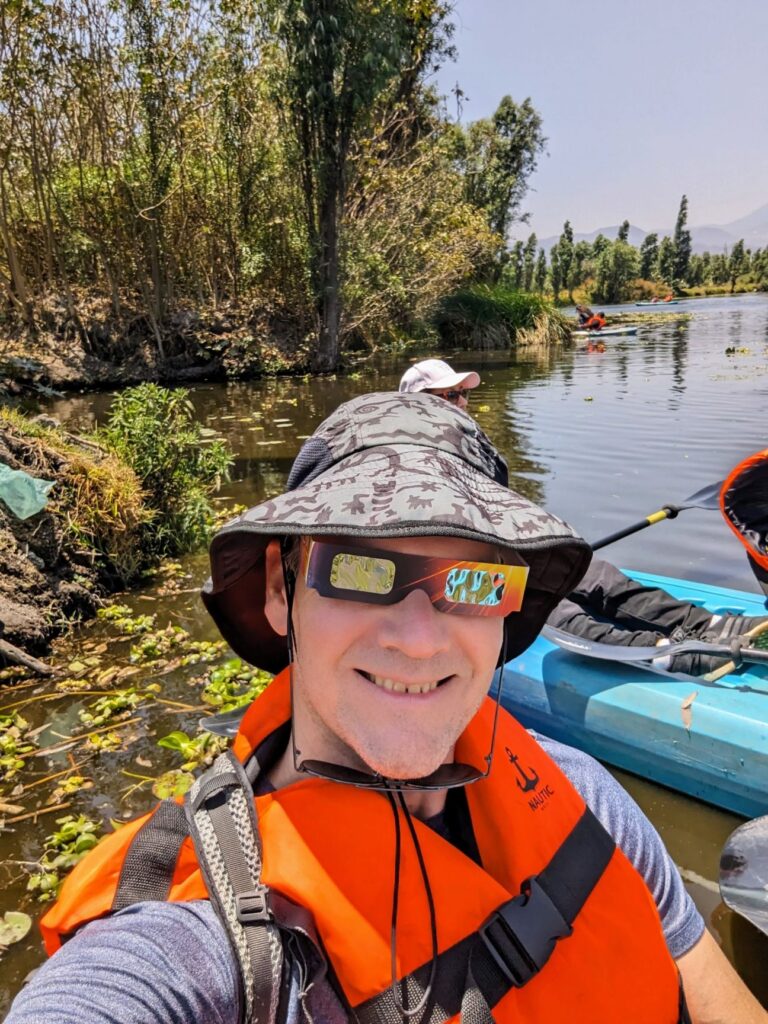

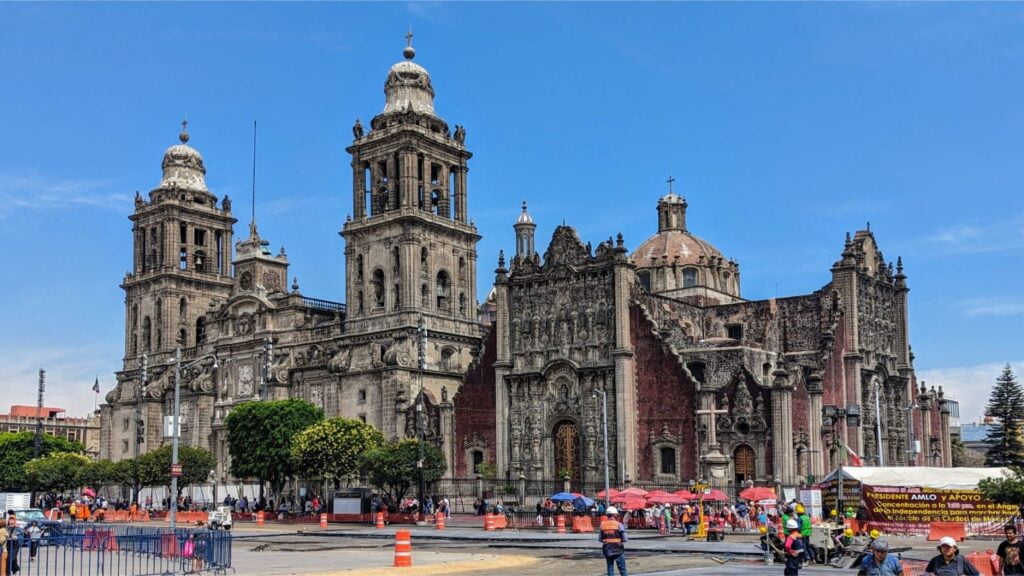
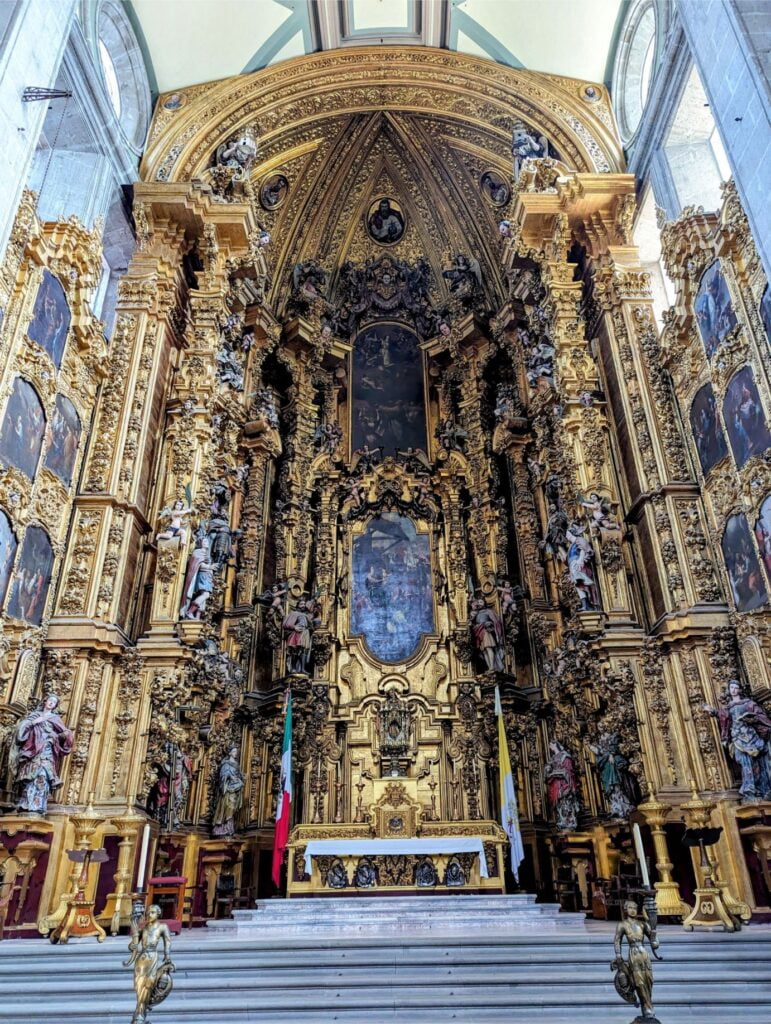
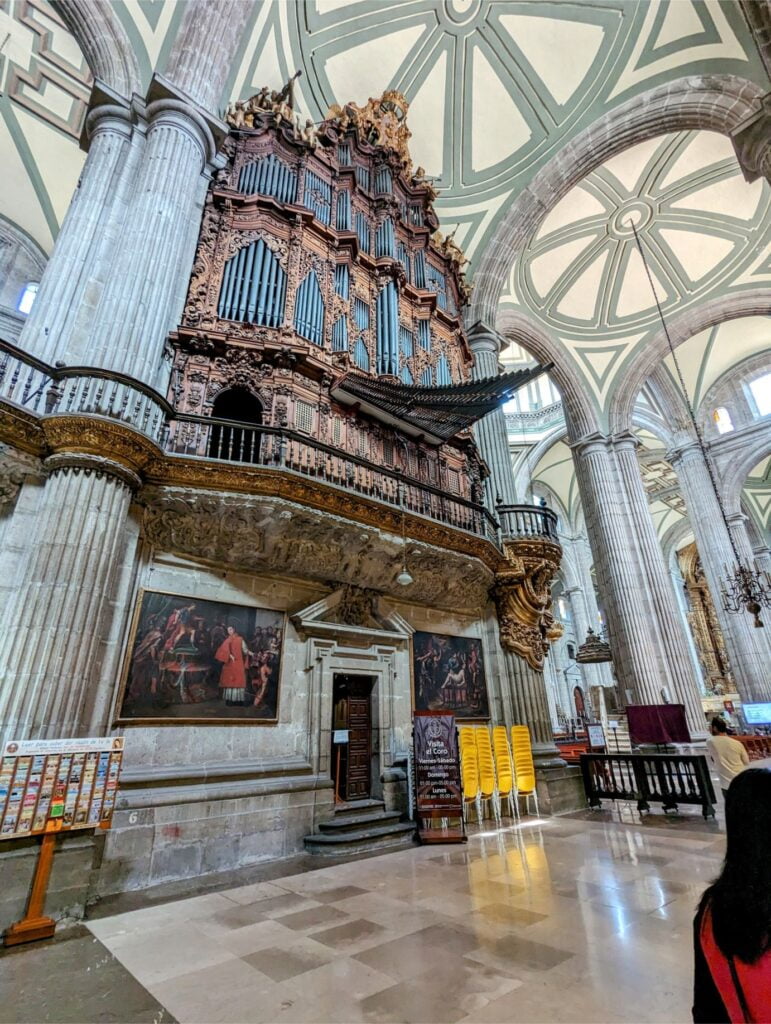
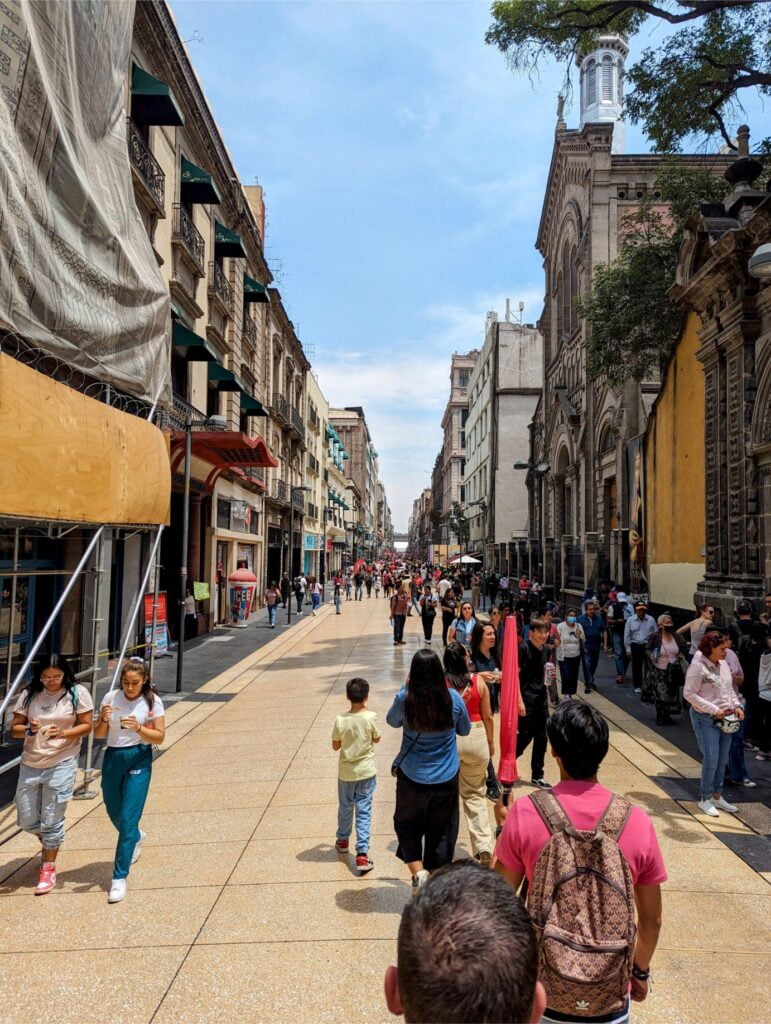
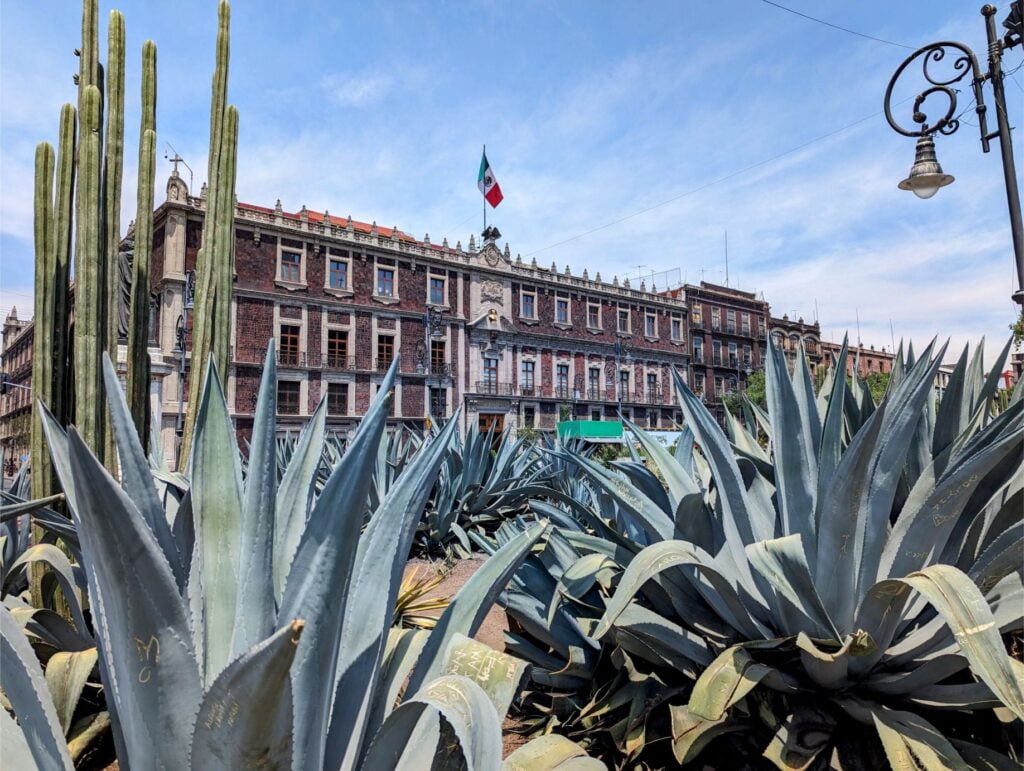


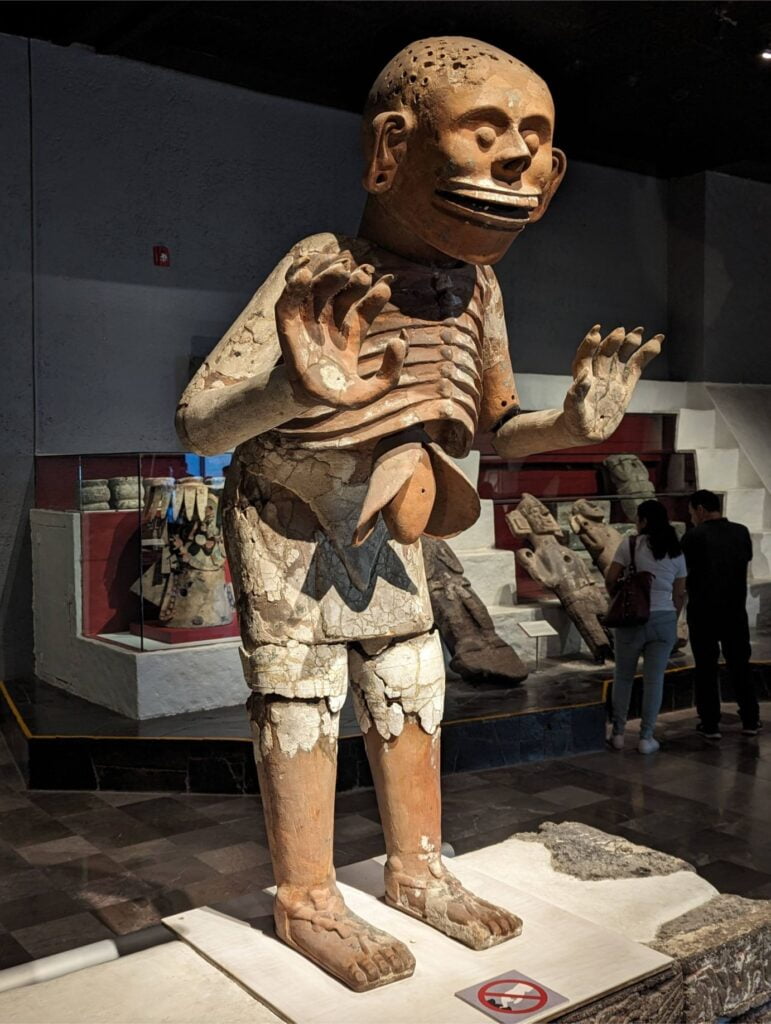
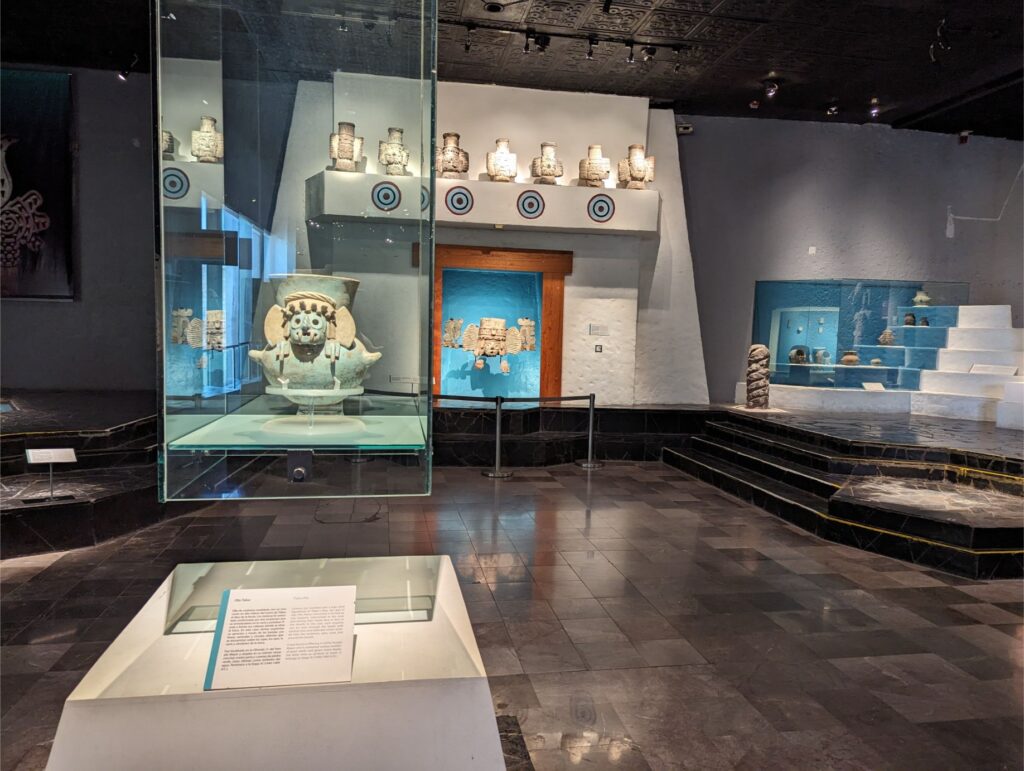
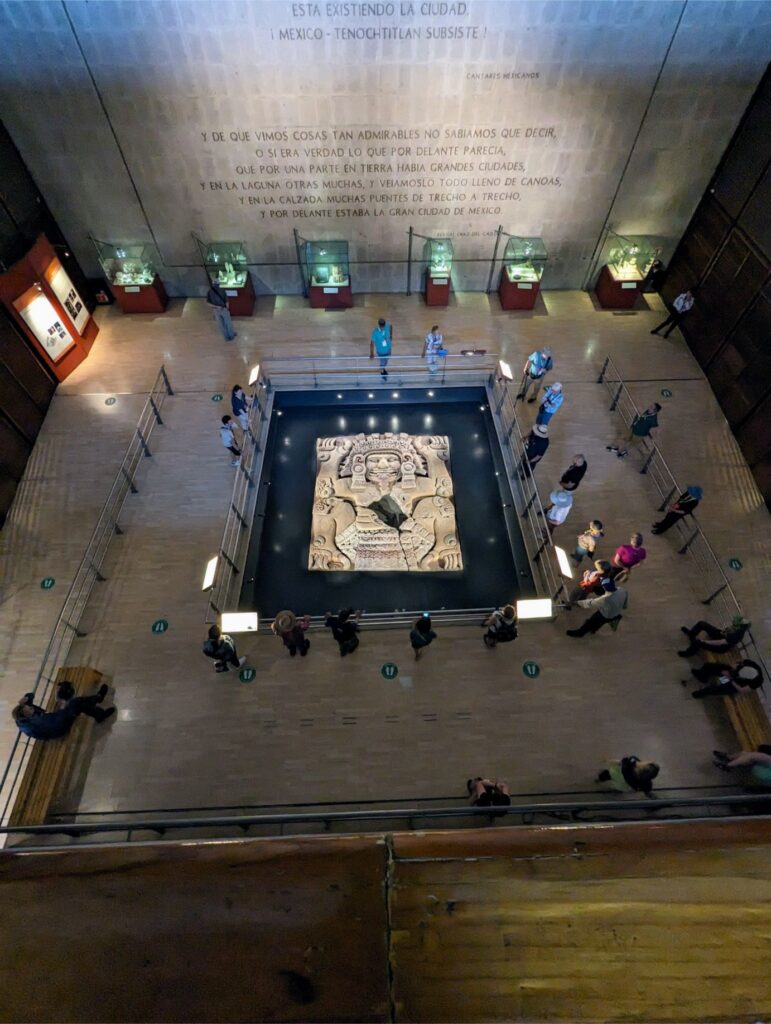

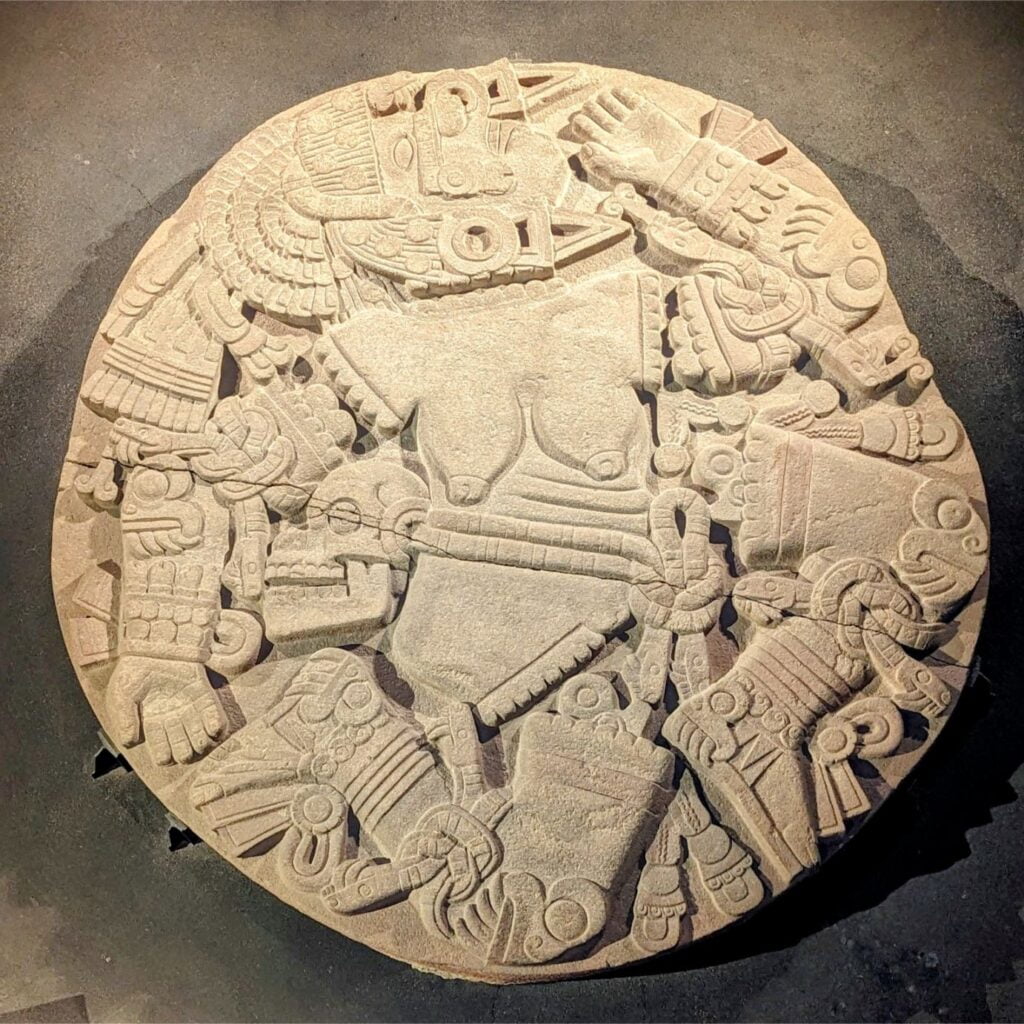
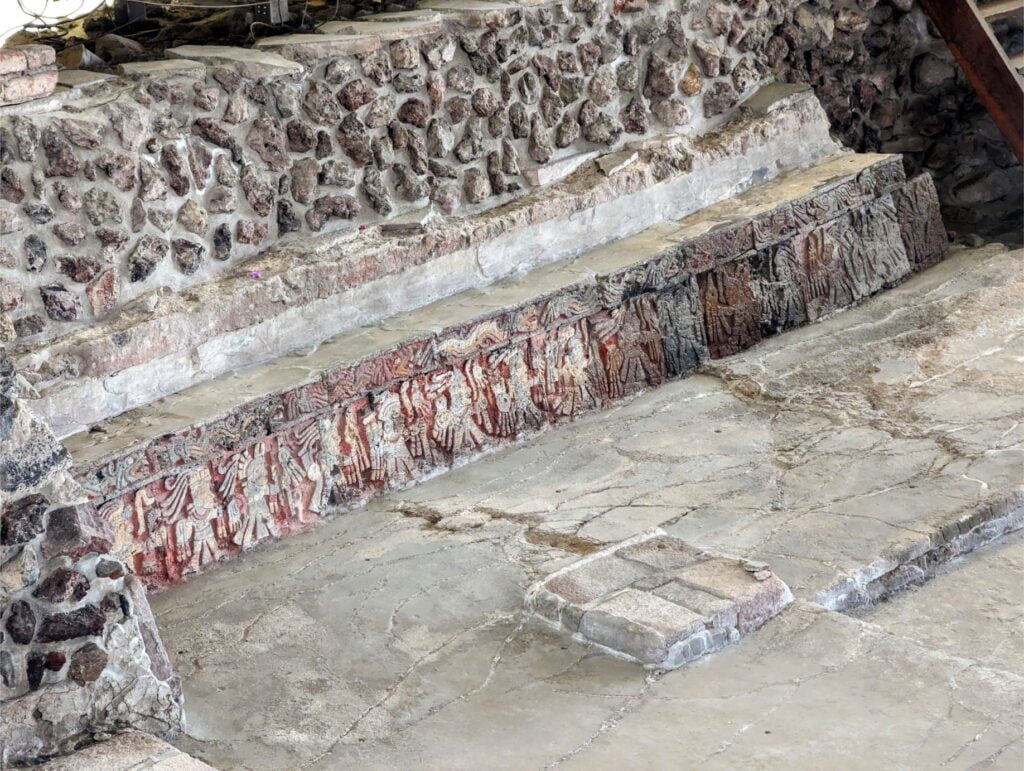
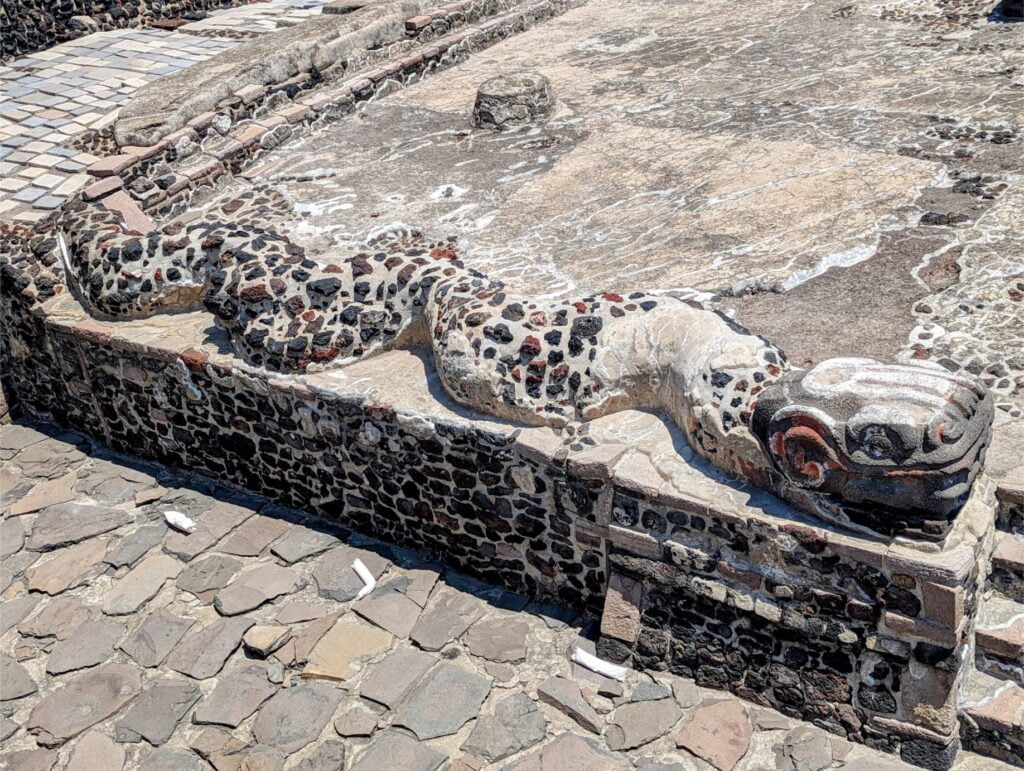
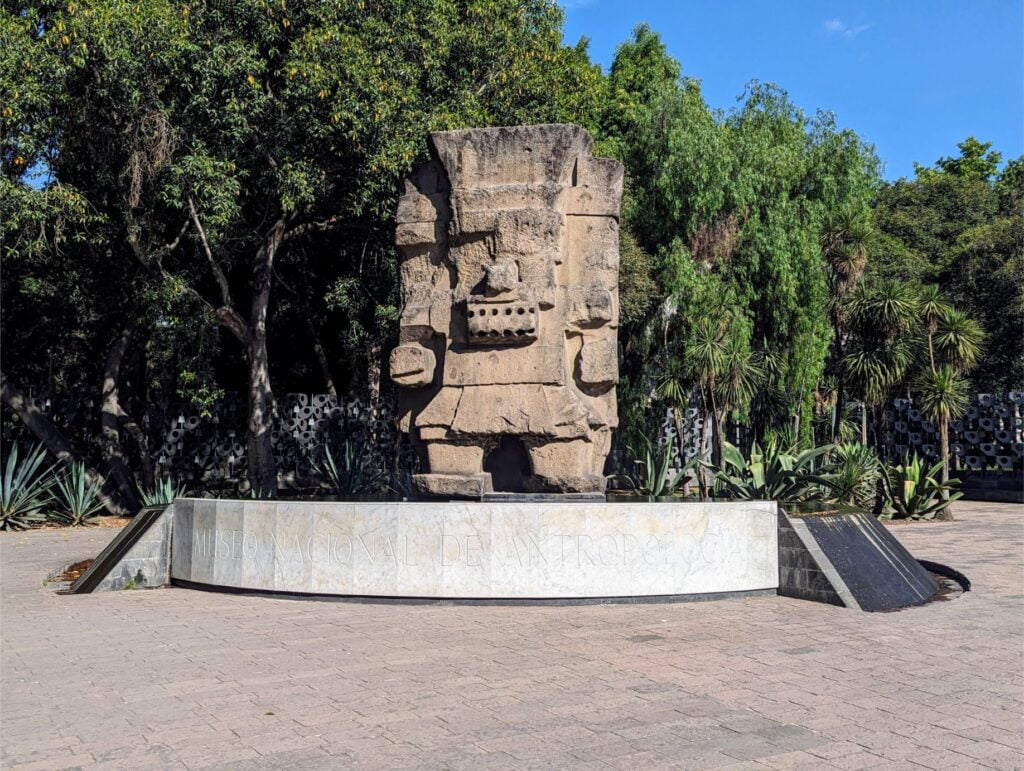
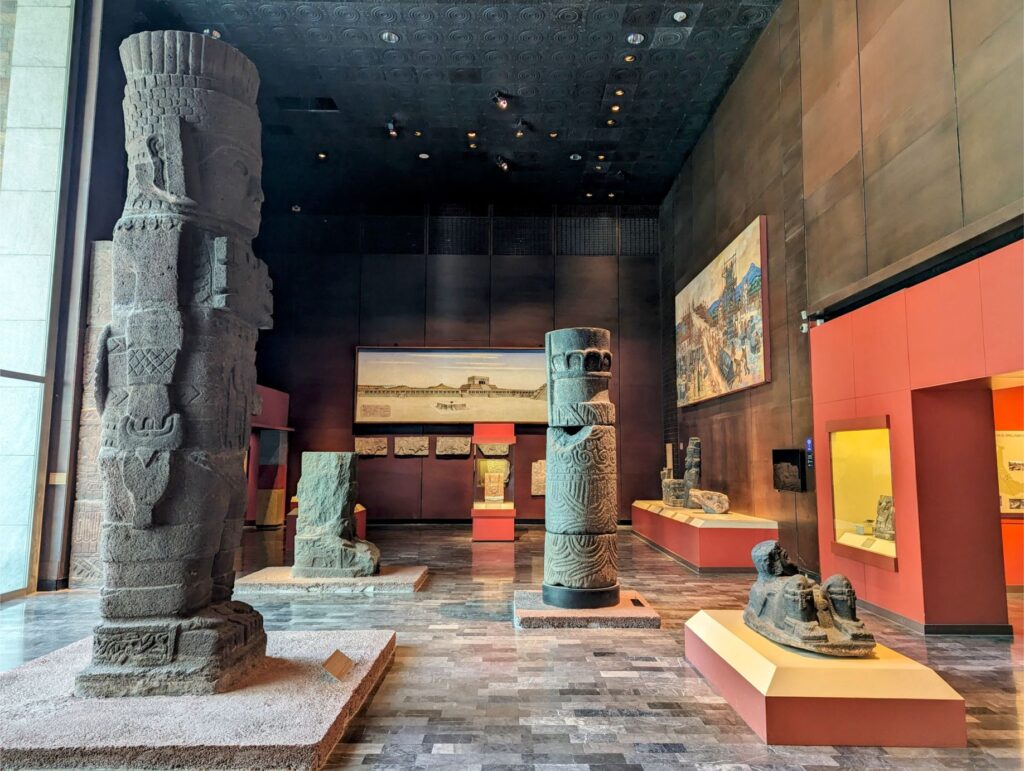

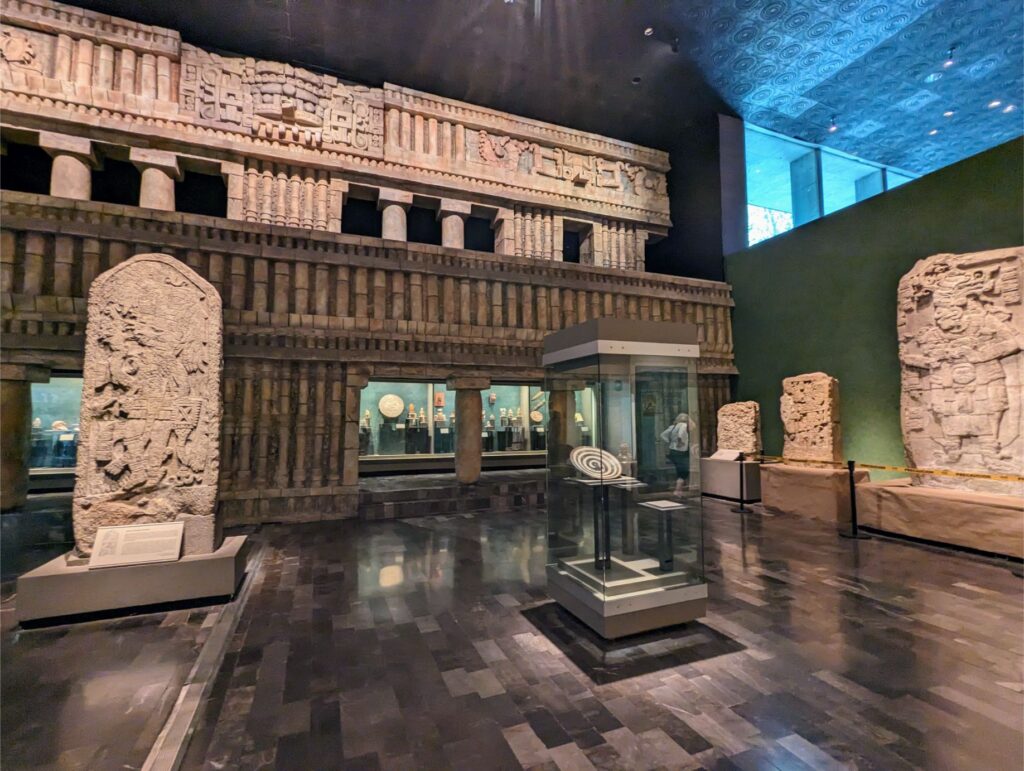
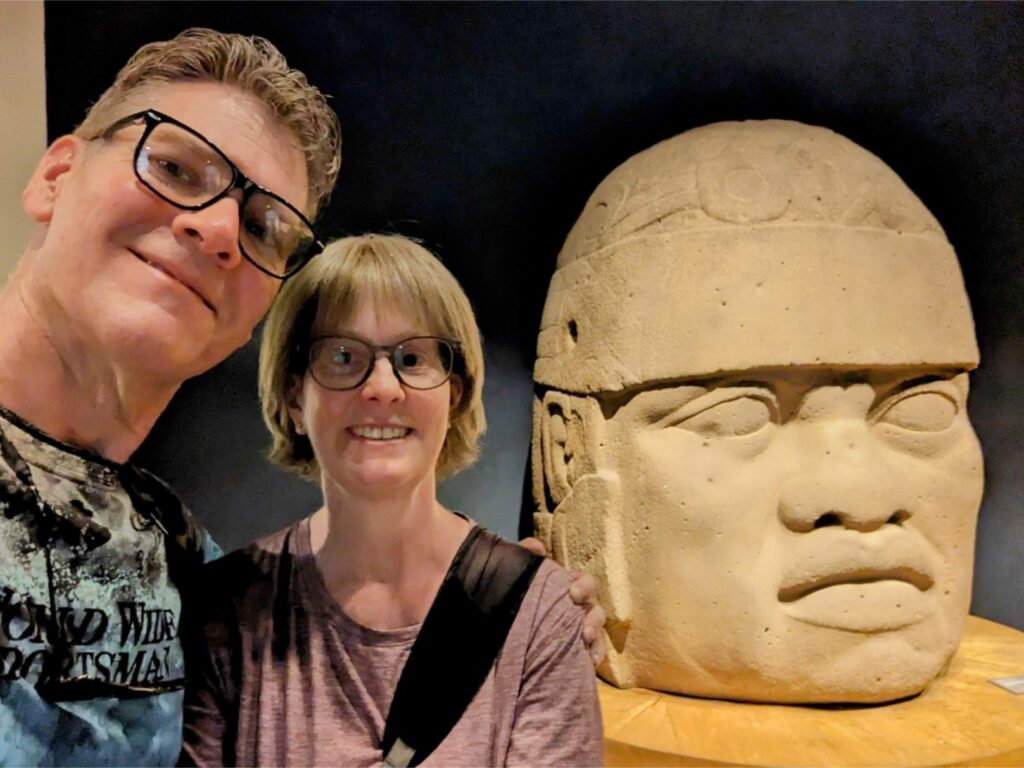

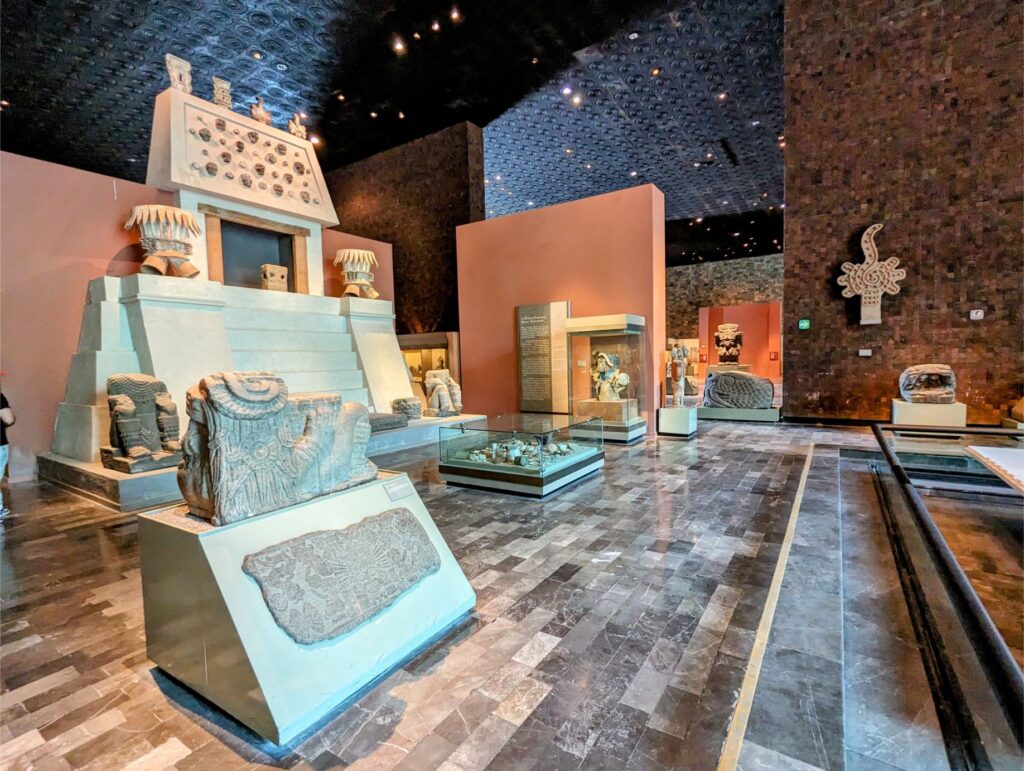

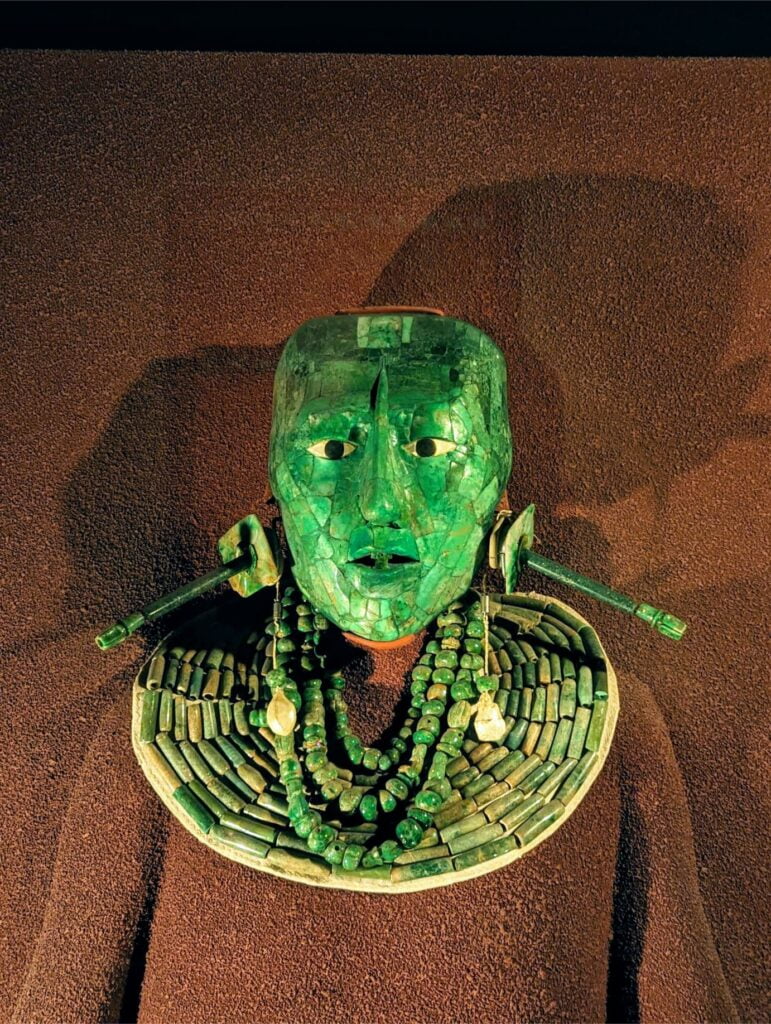
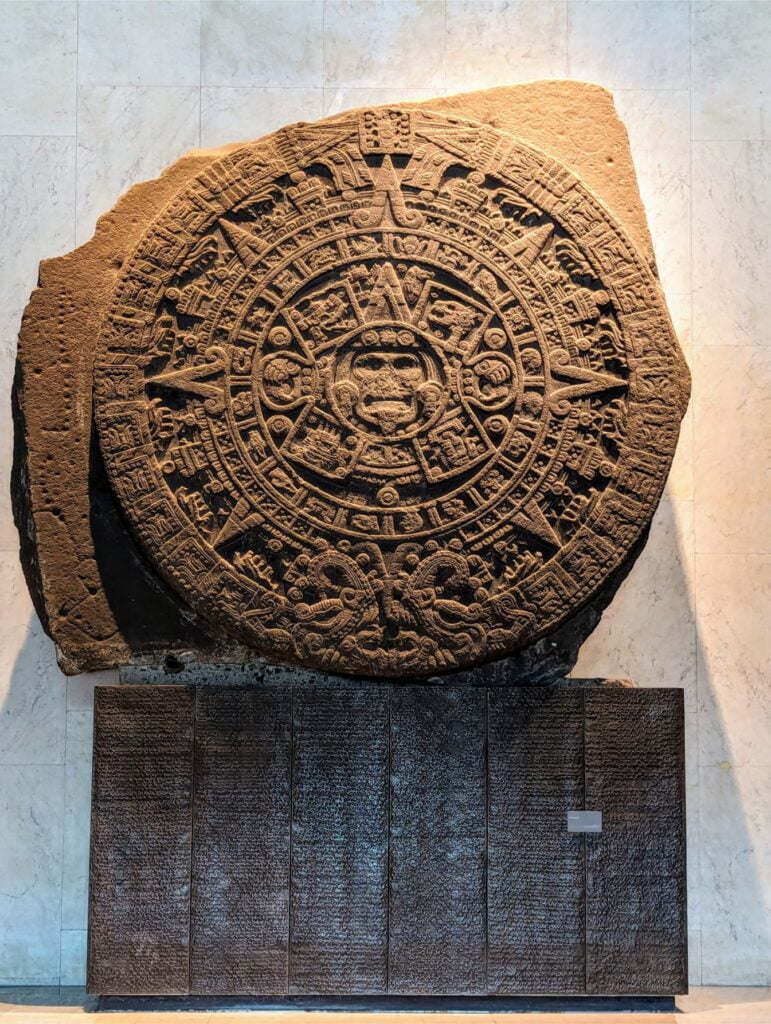
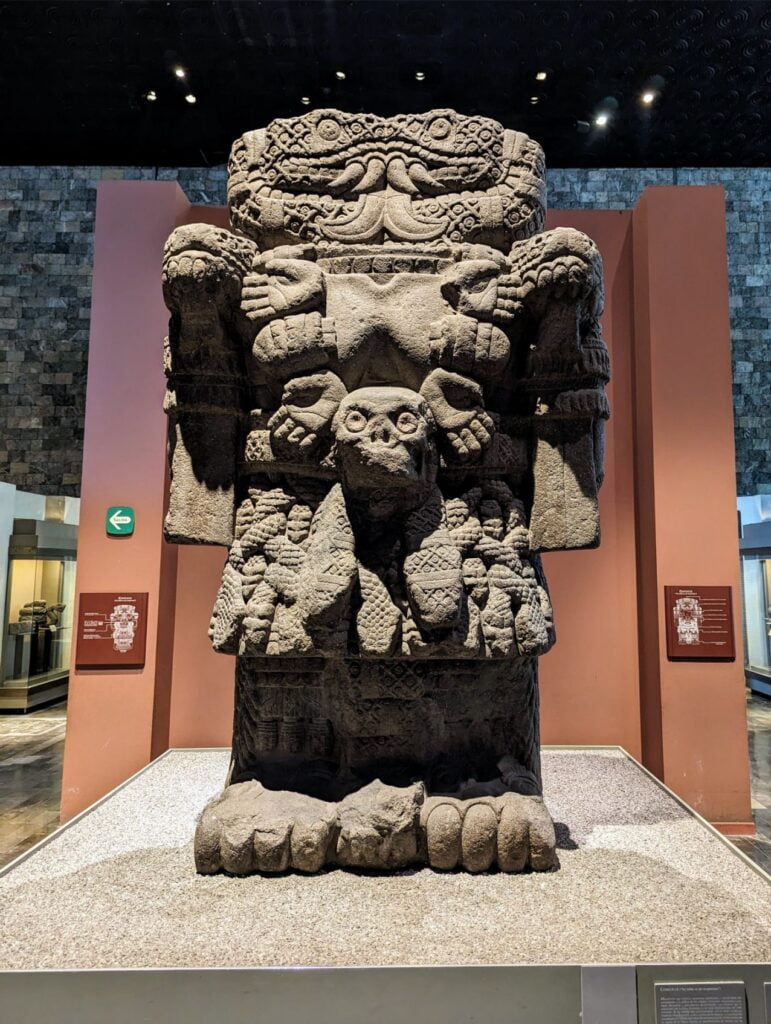


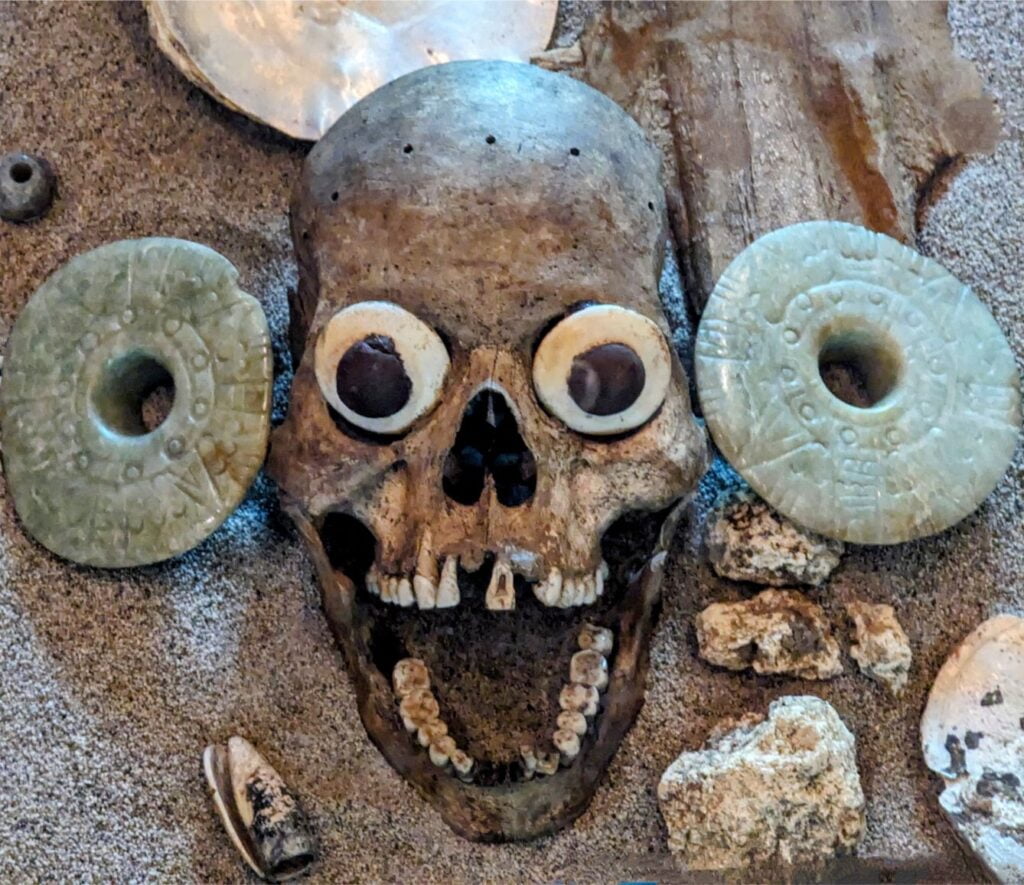
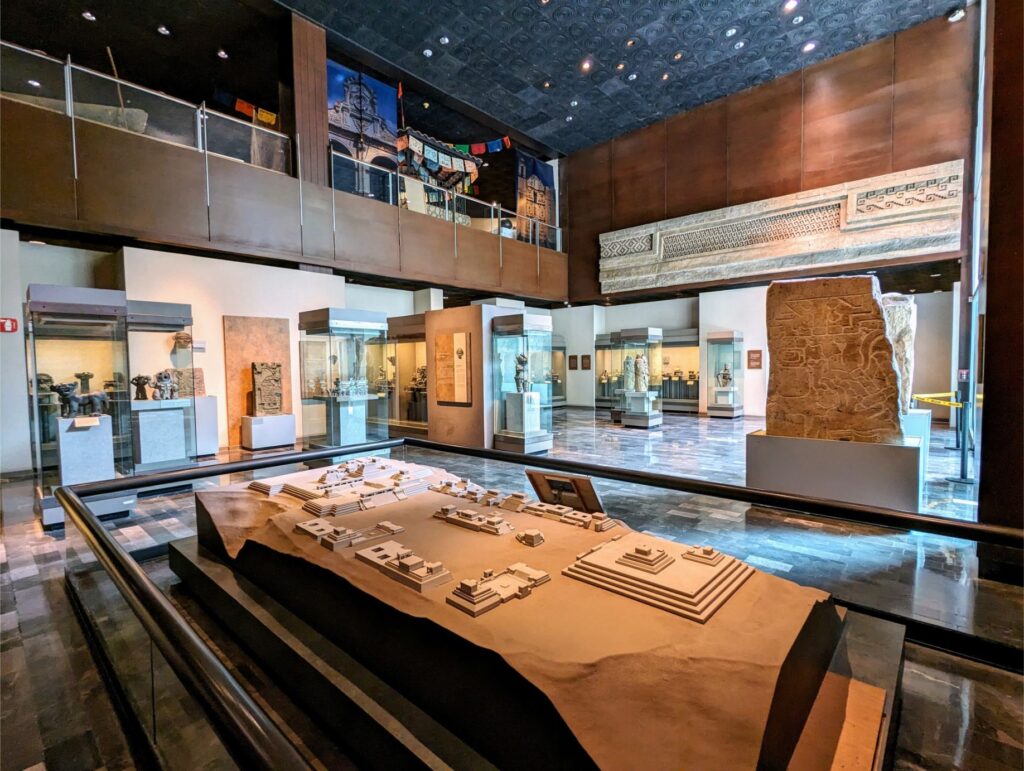
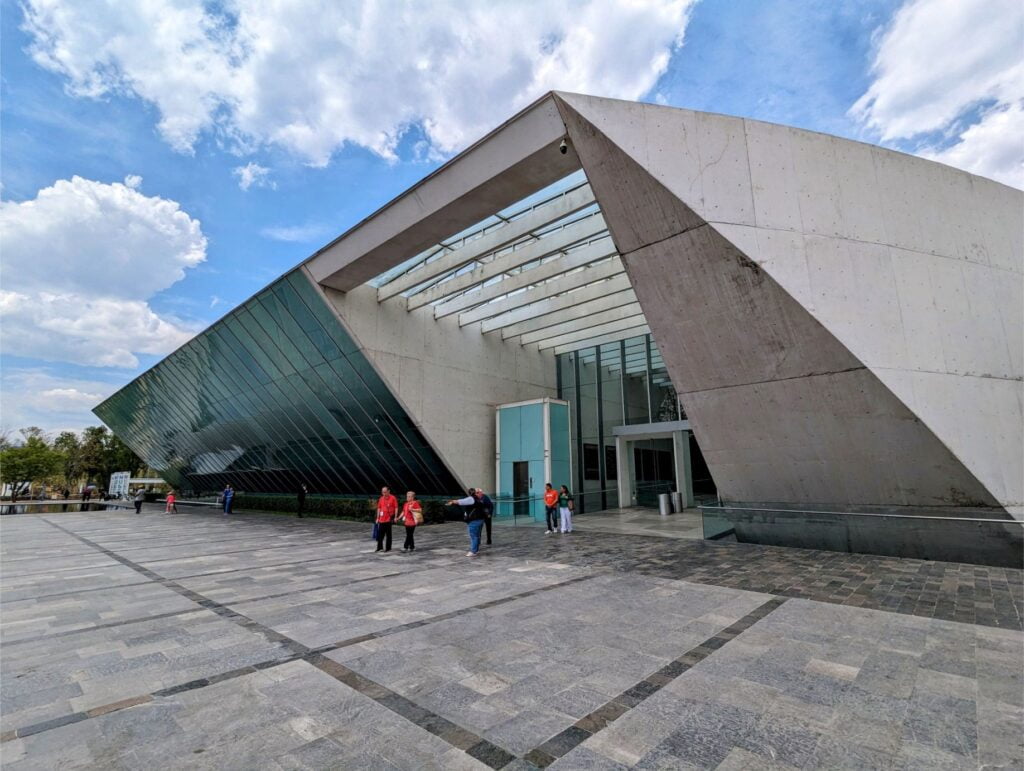
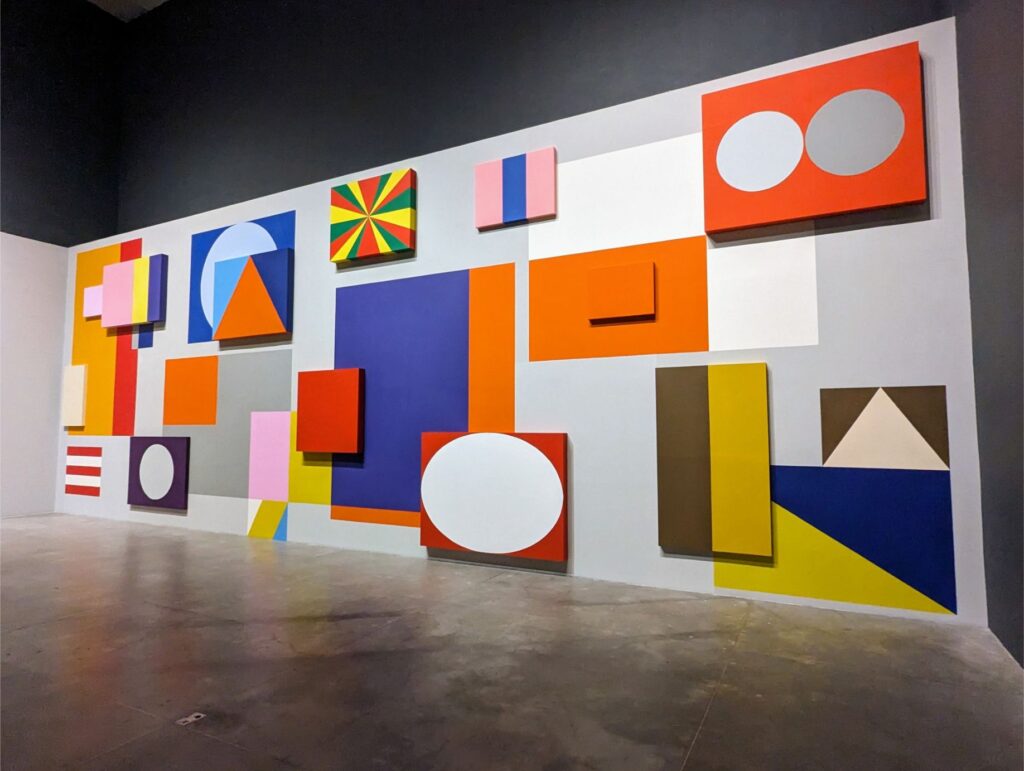
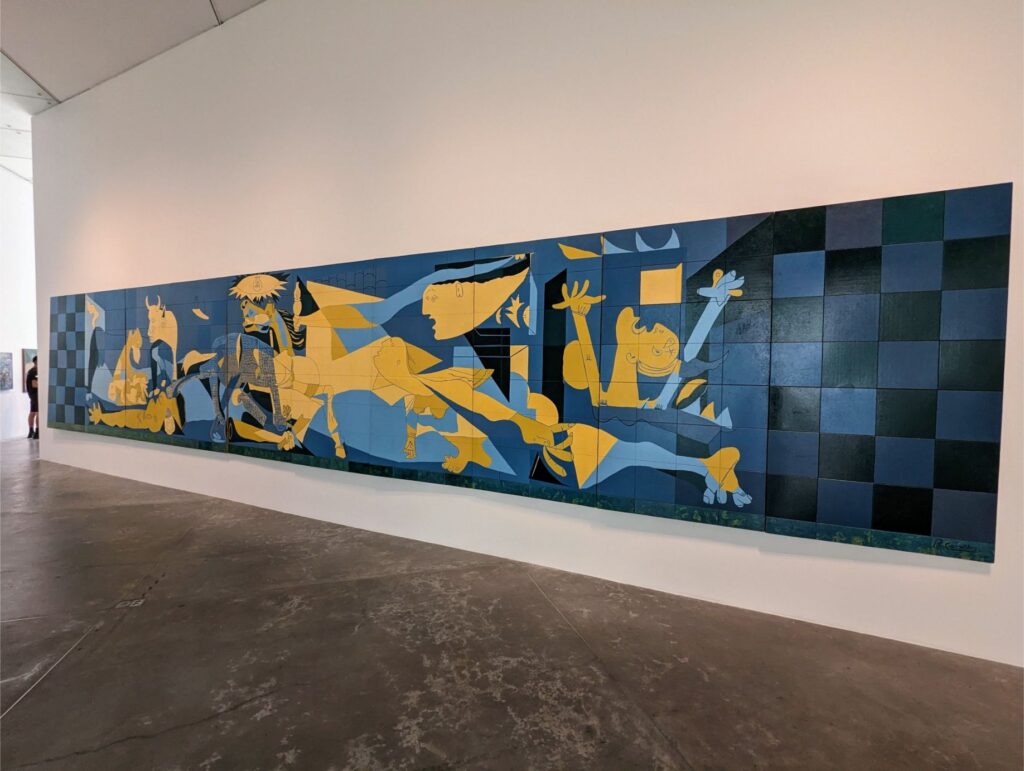
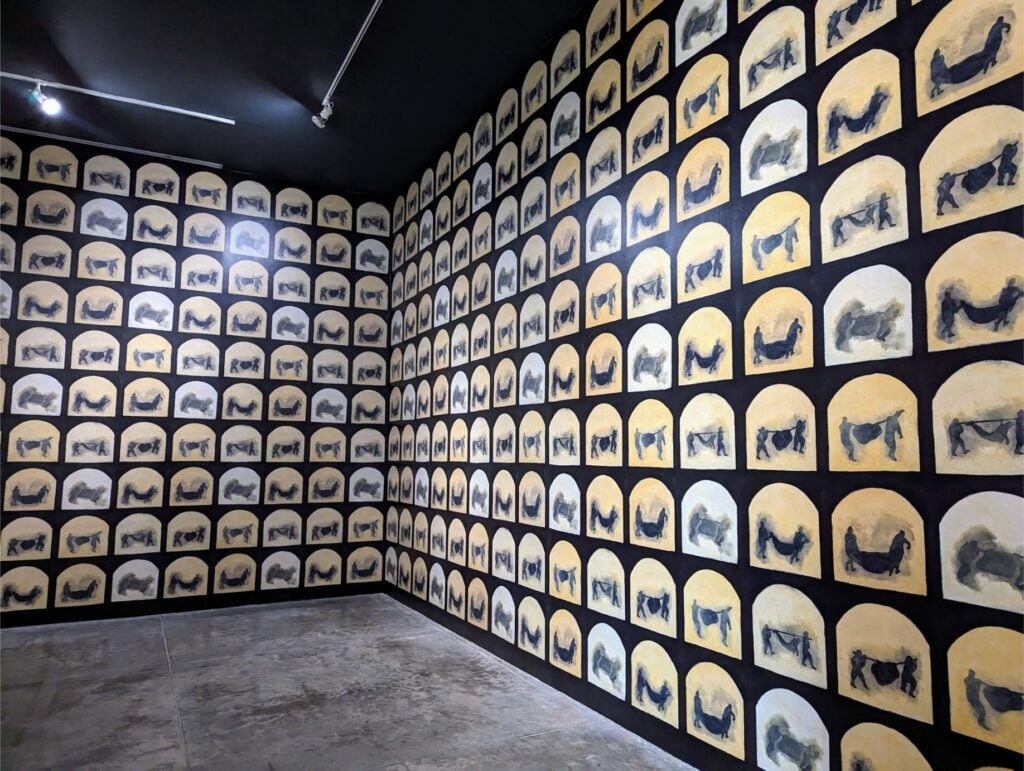
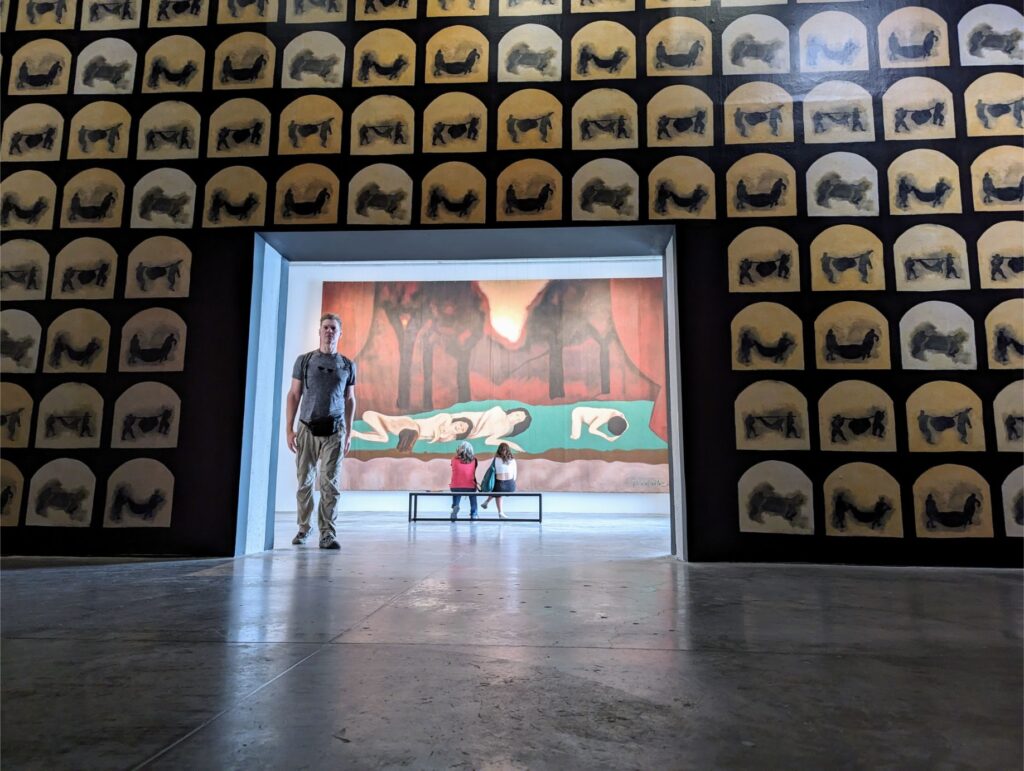
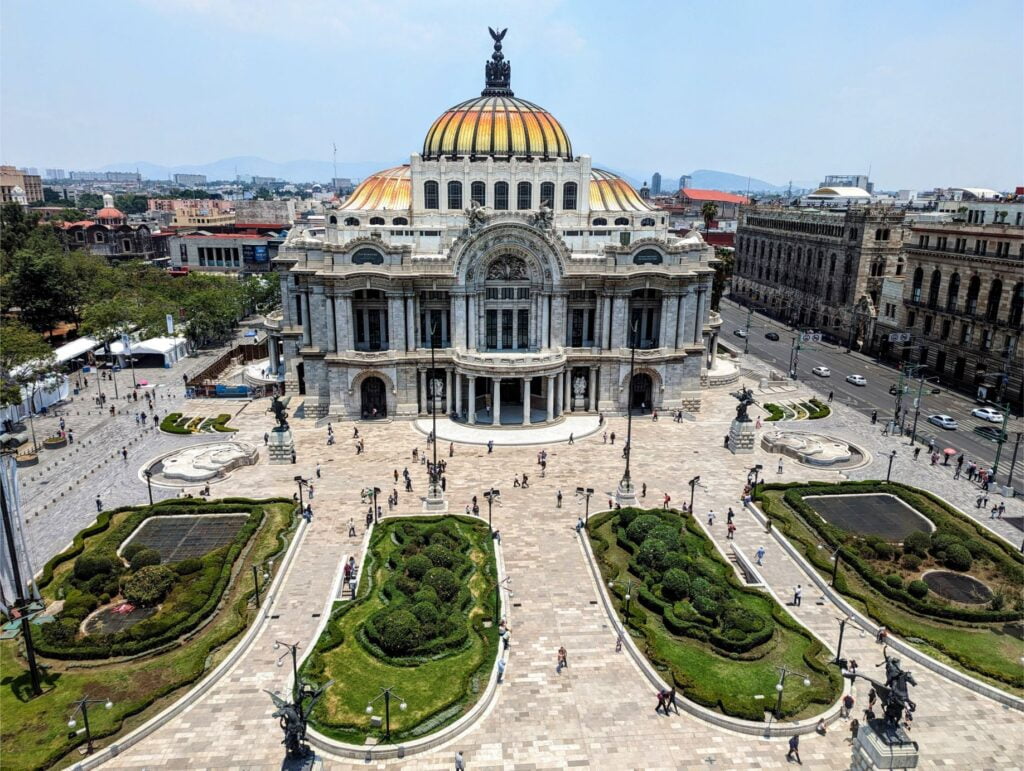
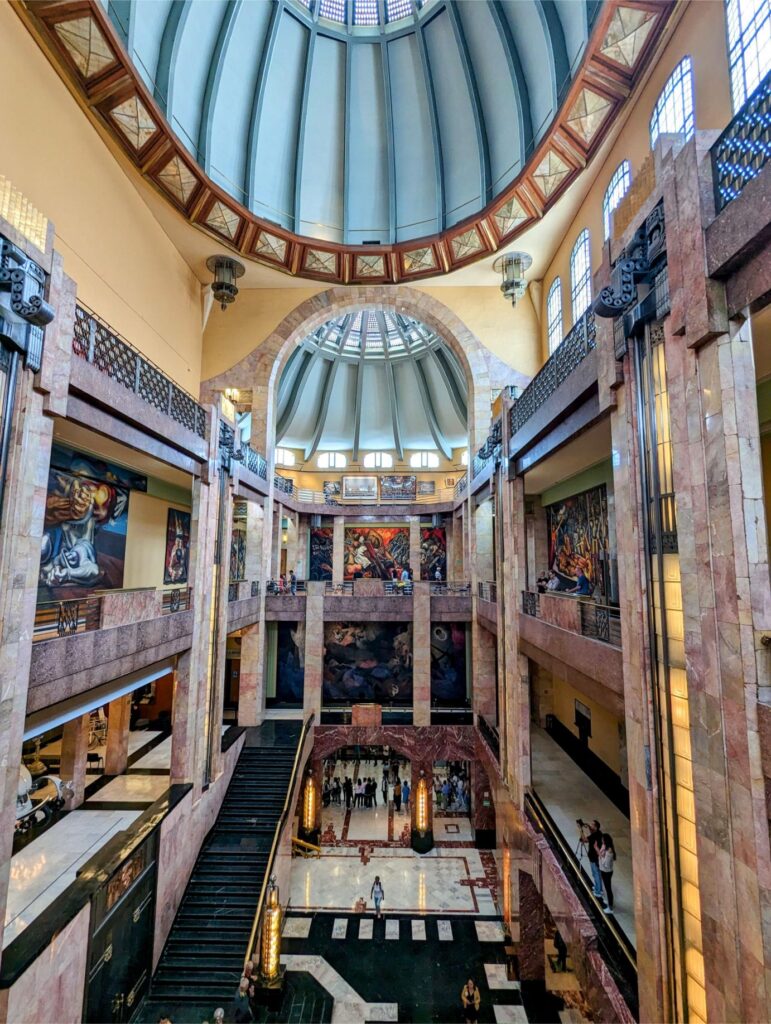
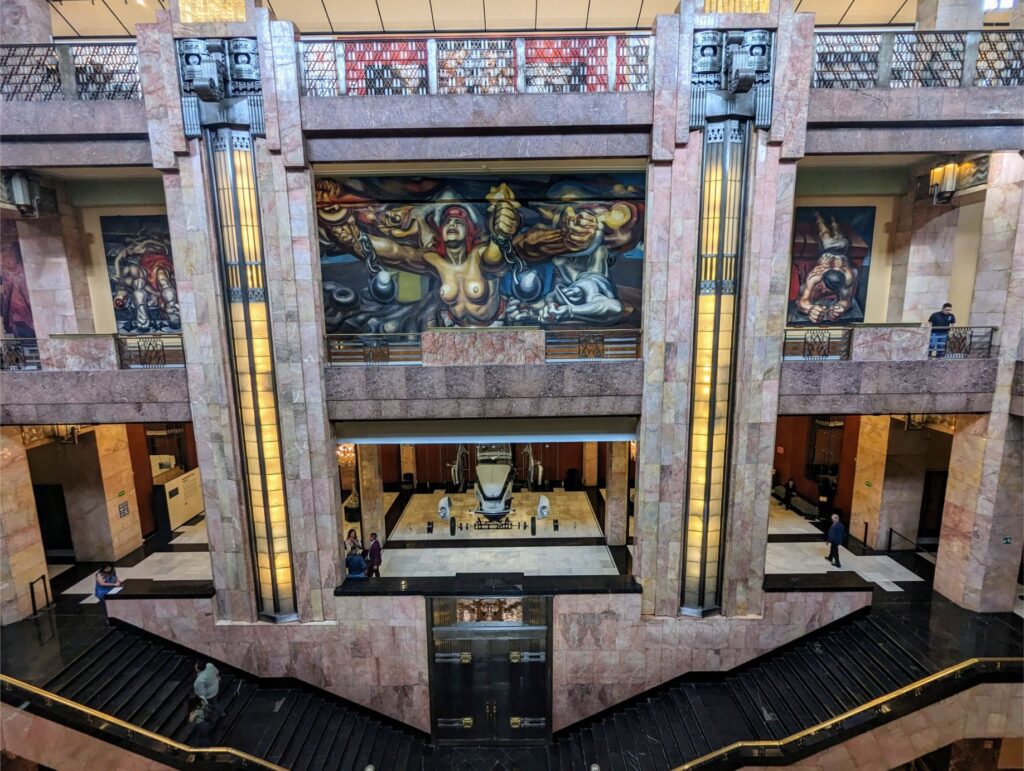
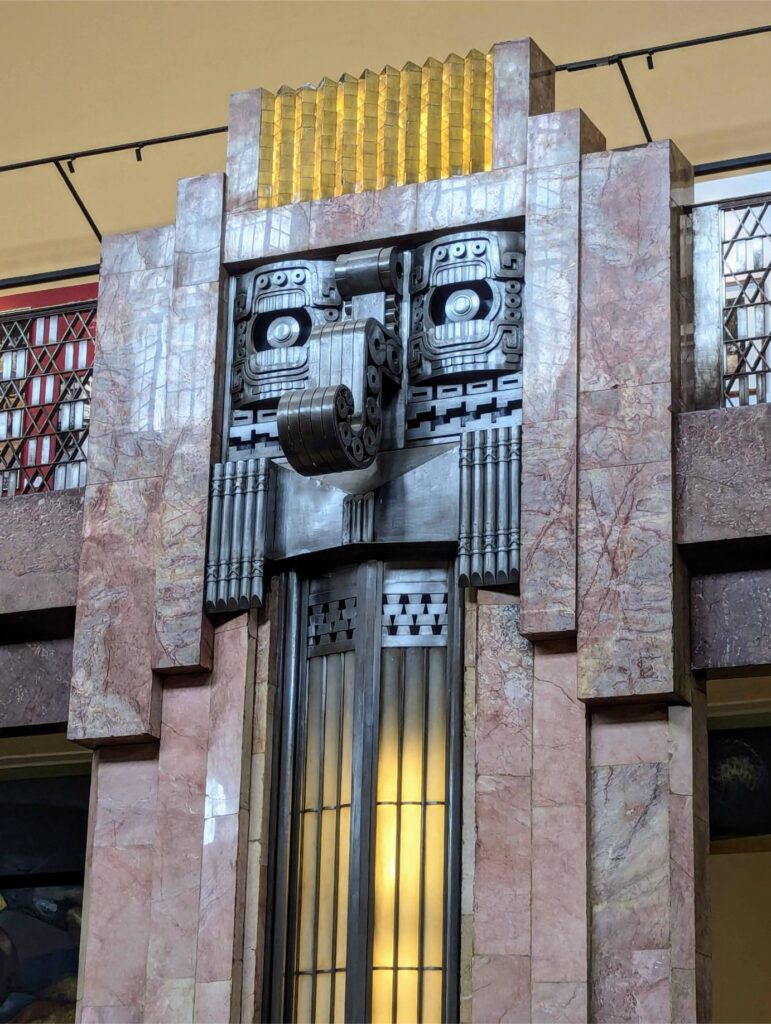
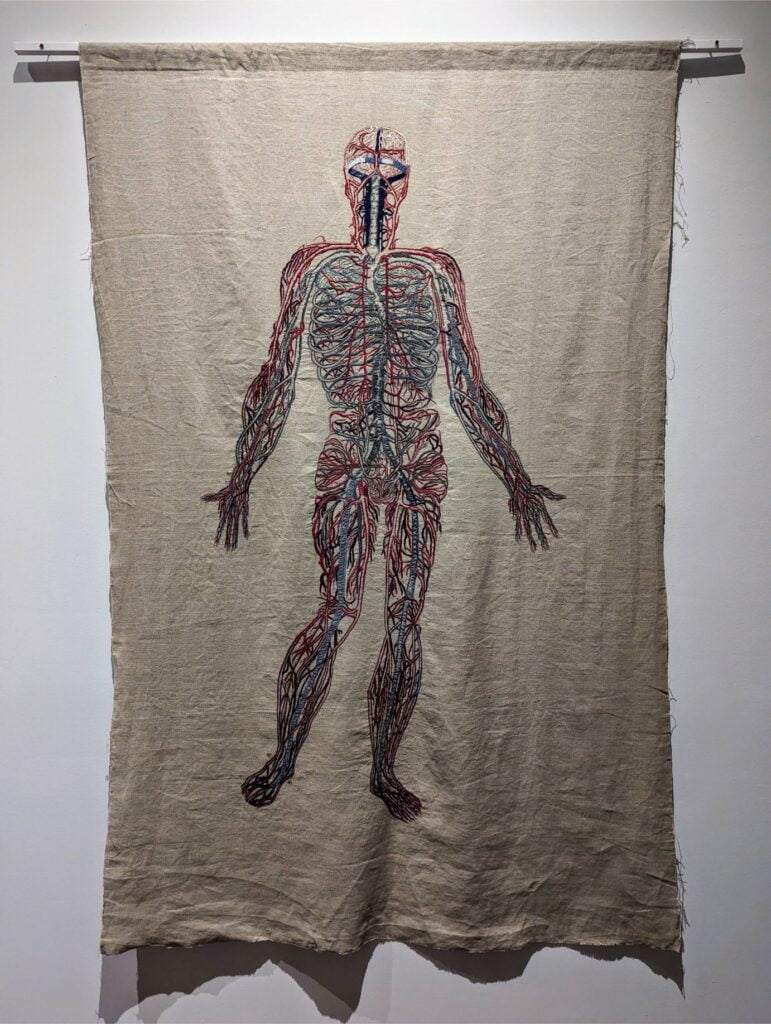
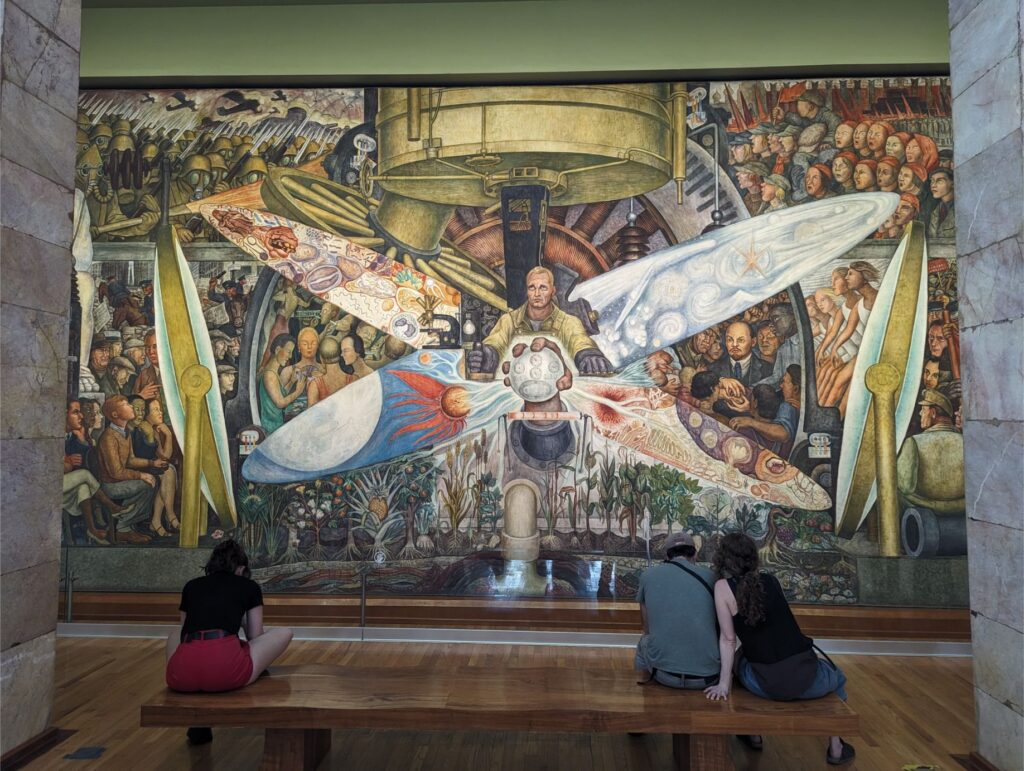
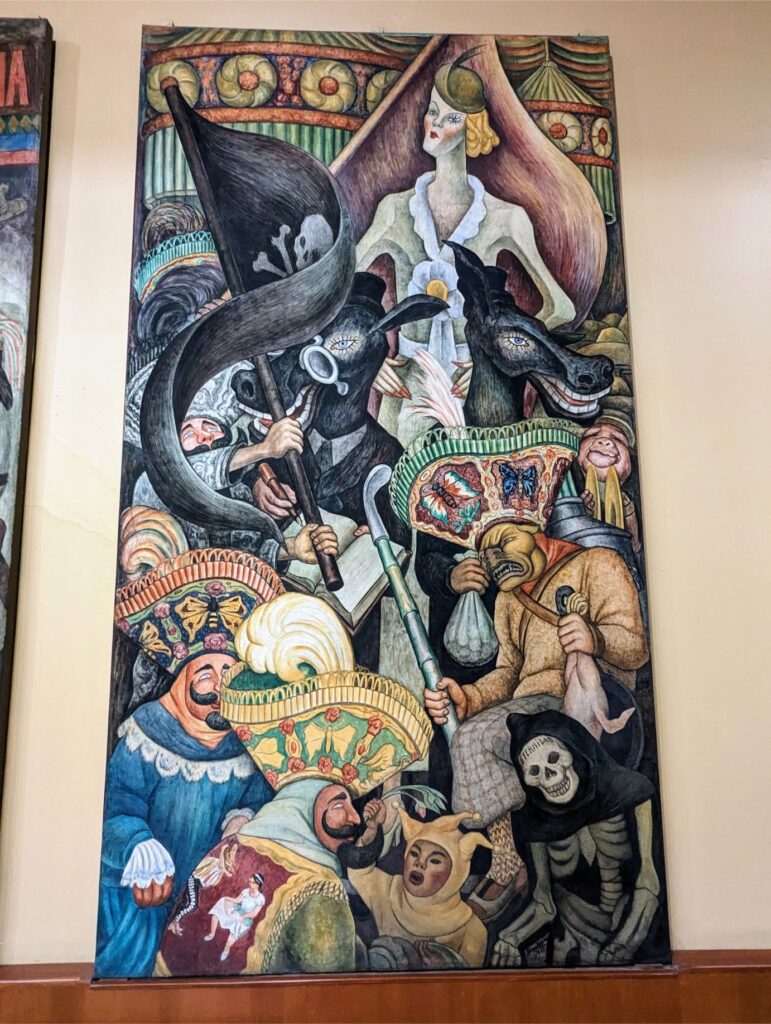
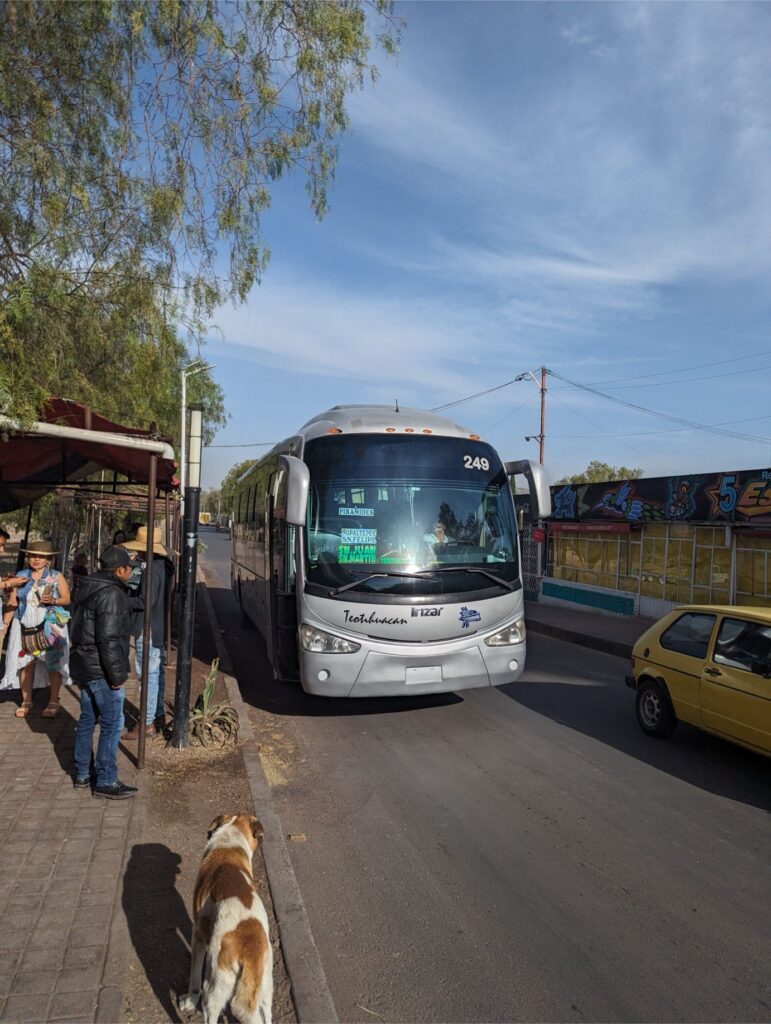
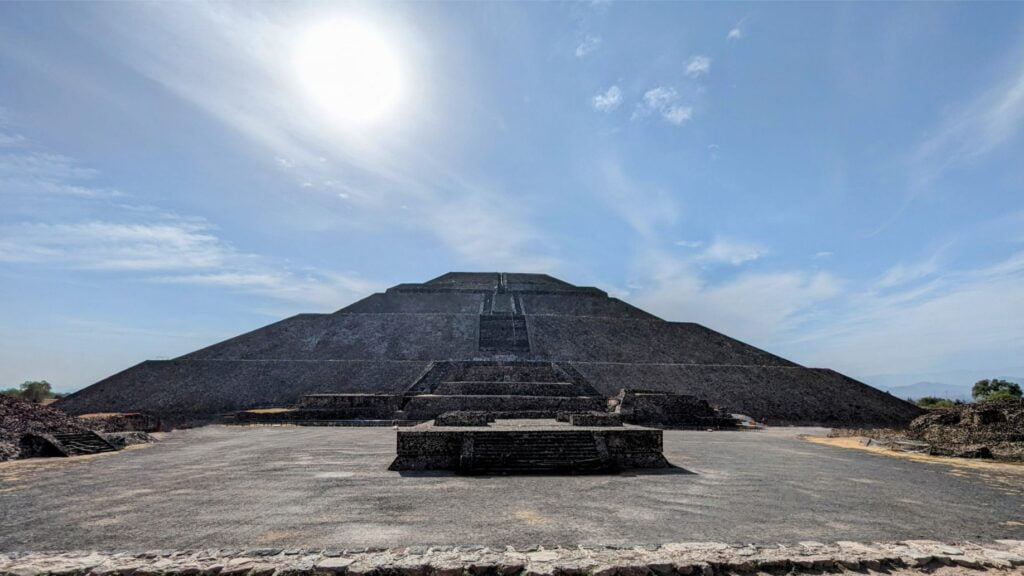
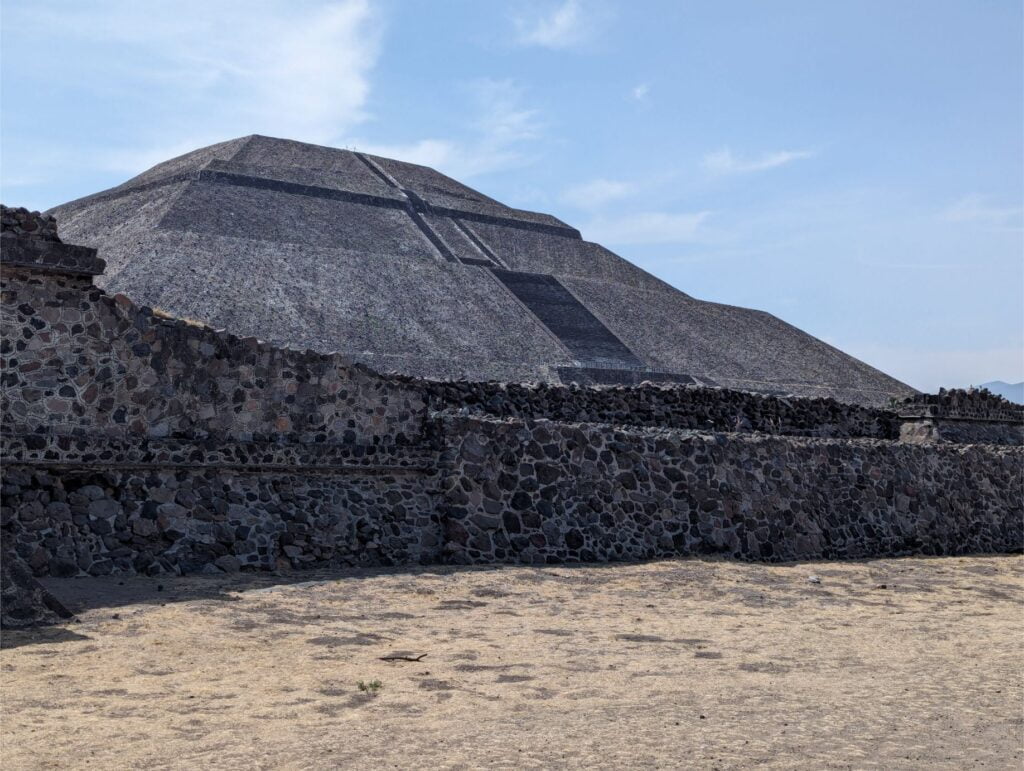
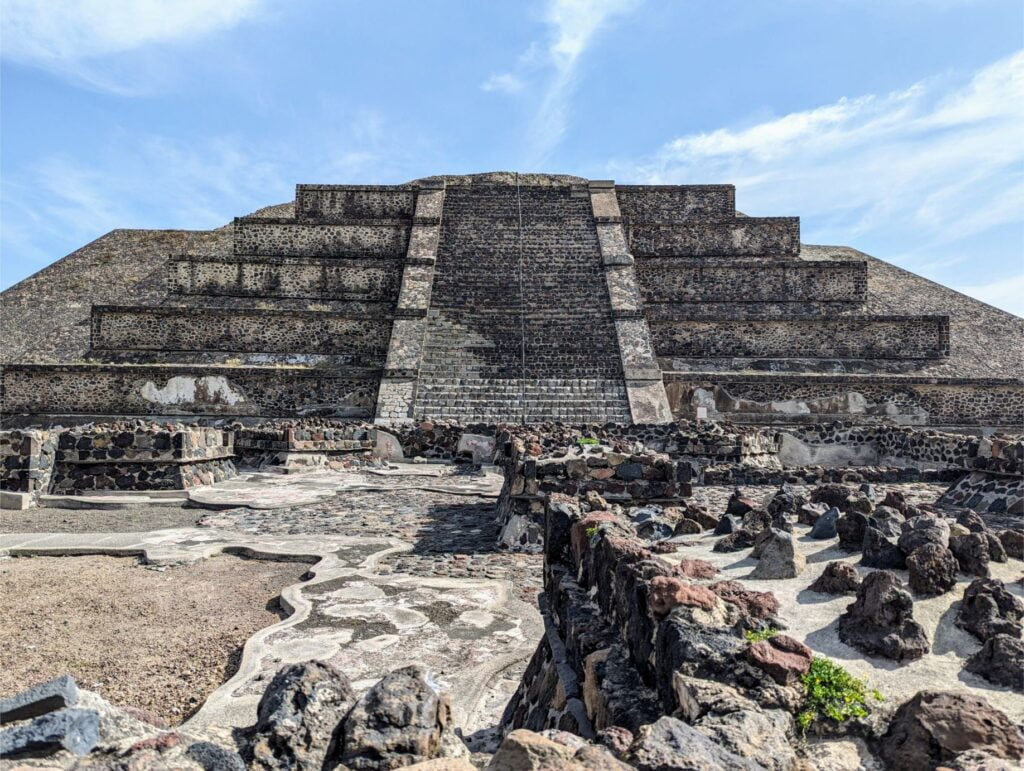
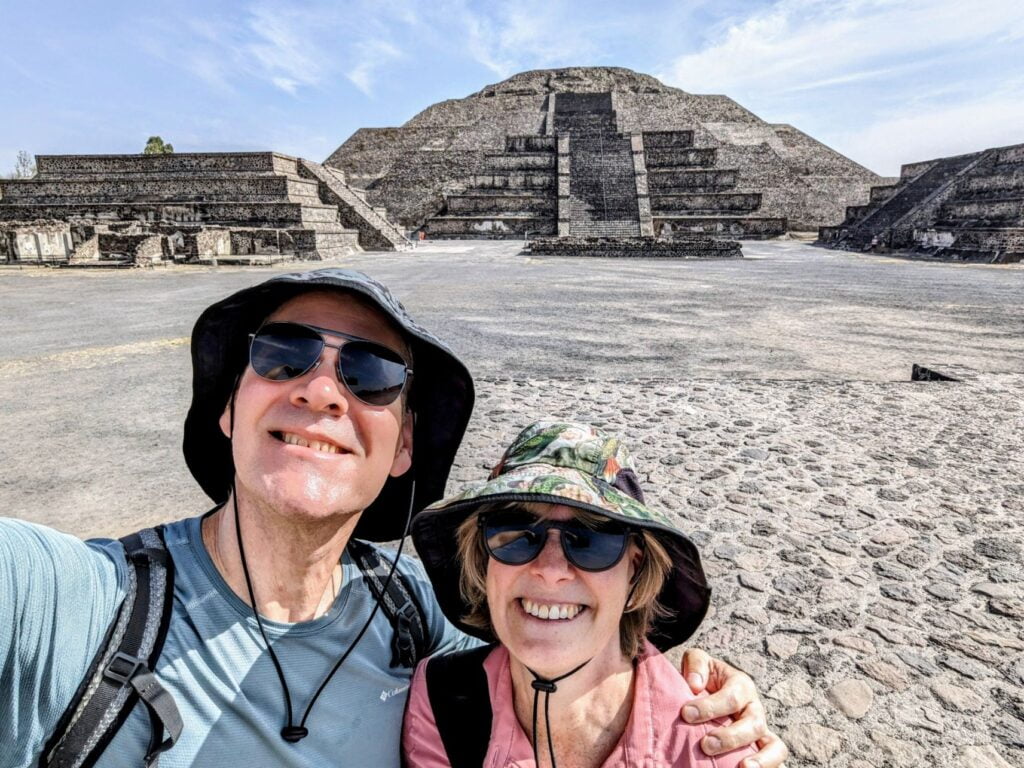
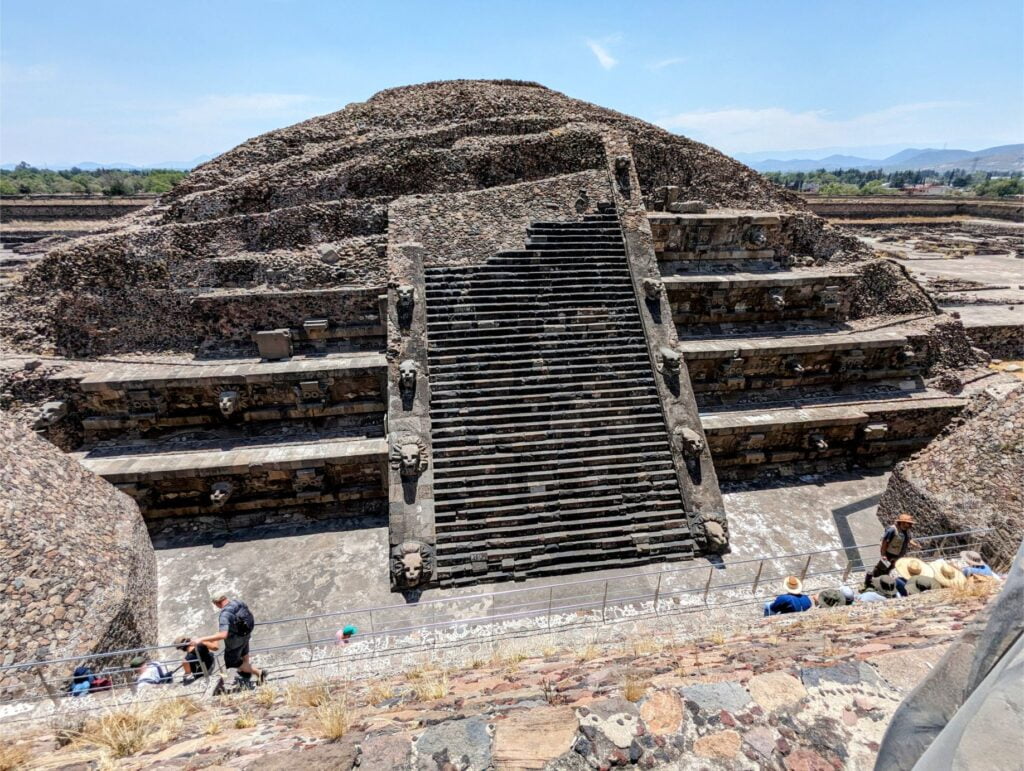
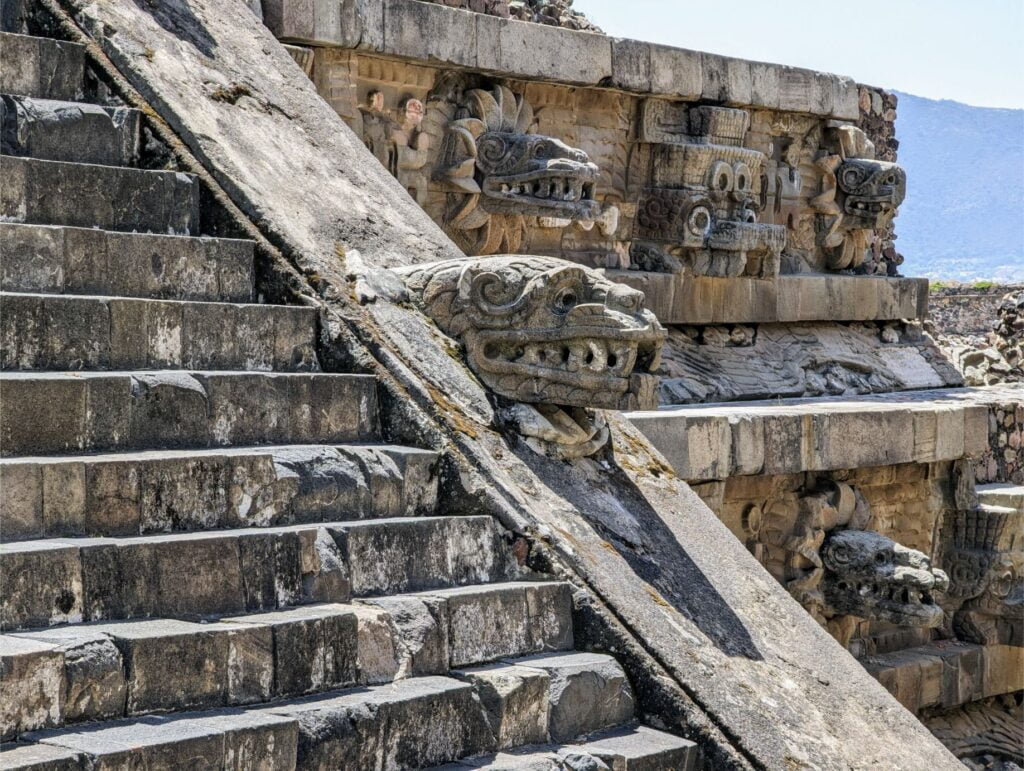
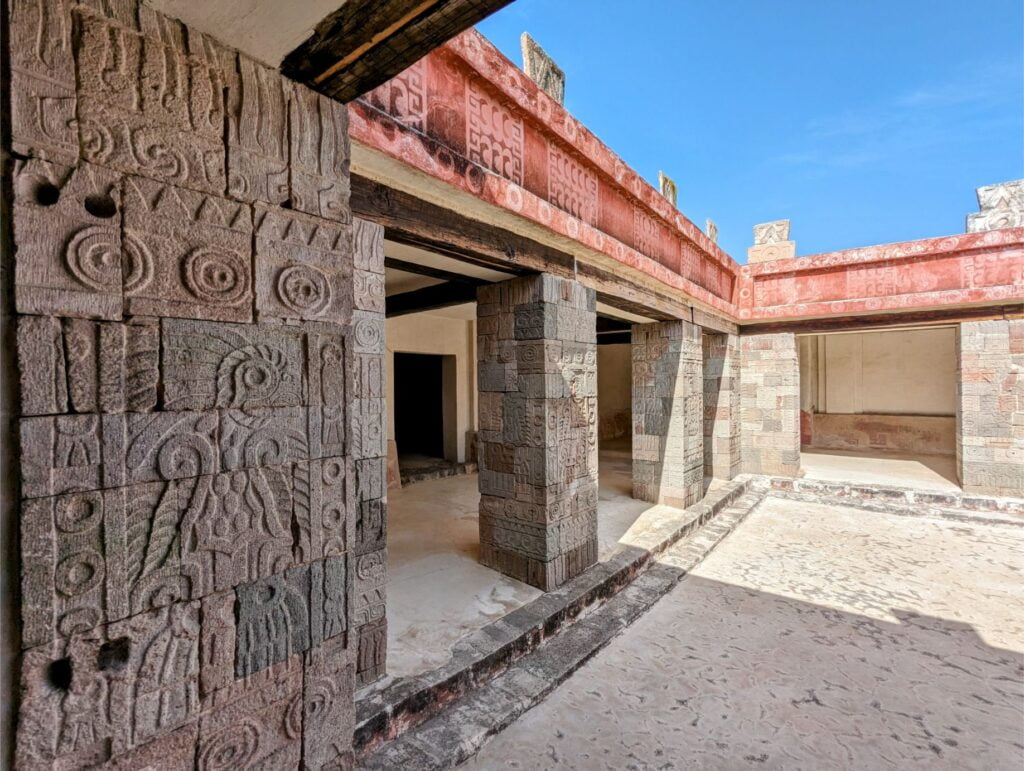

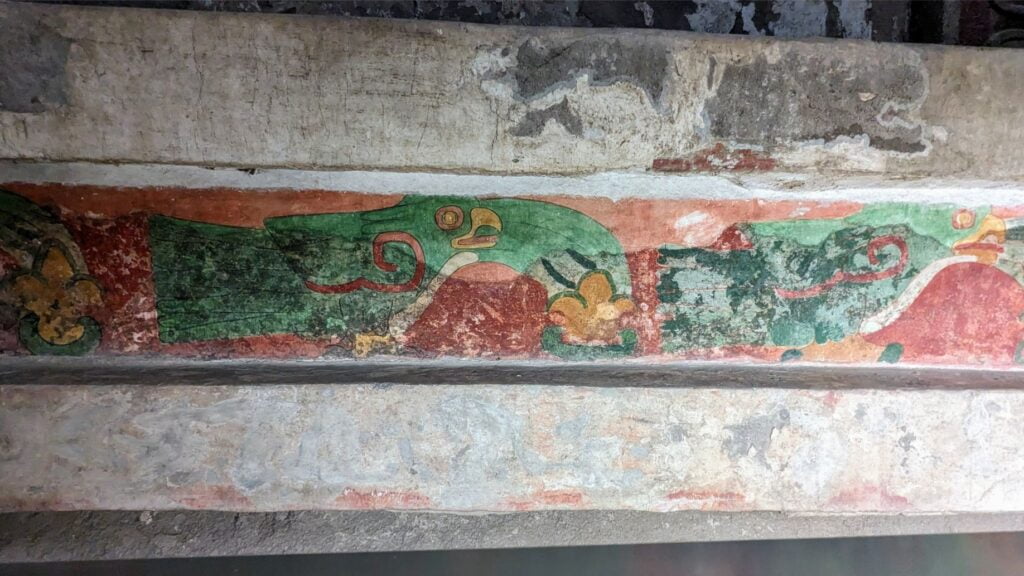
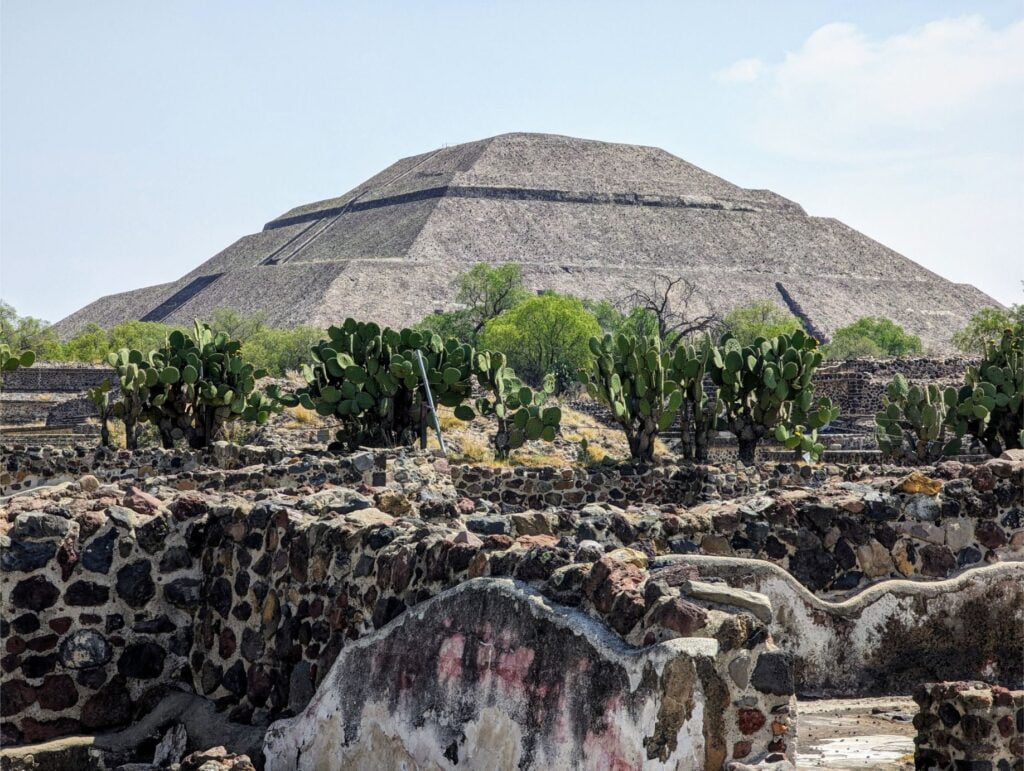
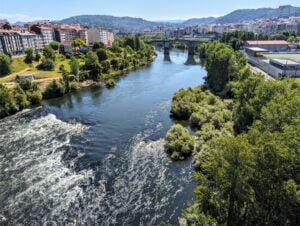
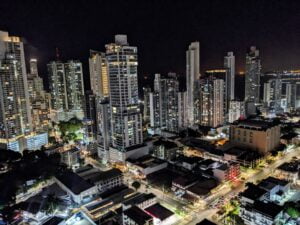
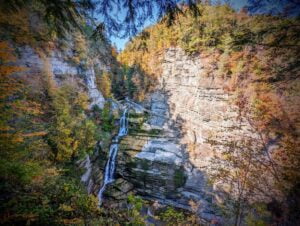
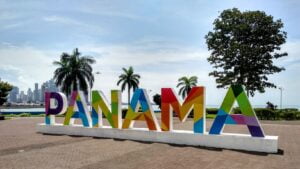
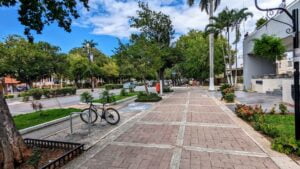

6 thoughts on “Wrapping Up One Month in Mexico City (Mexico)”
Mexico!! What a great post!! We look forward to Spain and your finding odds and ends which we will never find!! Two travelers together!!
Thank you! It will be fun going to a new continent with new cultures and new ways of doing things.
Ah, Mexico City! It was our first “slow travel” destination in November – December 2021 when we spent 4 weeks there. We worked remotely so it was not weeks of sightseeing but we were able to see a lot. We loved it!
You listed a lot of places we did not know about ( I wish we did!) but we also saw a lot. We stayed in Coyocan and of course explored it up and down each afternoon after work. It was amazing, we felt like living in a small colonial town while being inside the Mexico City. Have you been there?
We were also fortunate to attend folkloric ballet in Palacio de Bellas Artes, it was really amazing and worth every penny of quite a large ticket price.
Like you were were very impressed with antropology museum. We came to the opening and it took us until 4pm to complete 1st floor only. One of the most interesting museums in the world in my opinion!
Maybe we come back some day and then can visit some places you listed which we have not seen yet…
Glad you had such a great time! We did too, and were surprised how much we enjoyed our time there.
We did get a chance to visit Coyoacán with one of our Mexican friends as our tour guide. A really nice place! It is a toss up whether or not we stay in Roma Norte the next time we go to Mexico City (the location was fantastic, fyi), seeing as there are several barrios, like Coyoacán) that look equally worthy.
Mark, if you liked you accommodation in Roma Norte, can you share the link with me? I am planning to take my Mom to Mexico City in May (as 81 birthday present :-)) and would like to stay in that area.
Here you go! Be advised that the 2nd ‘bedroom’ is openly connected to the dining area (no door) and the apartment is up 4 flights of stairs. So it may be challenging for your Mom.
We loved the place though.
https://www.airbnb.com/rooms/34647395?viralityEntryPoint=1&s=76